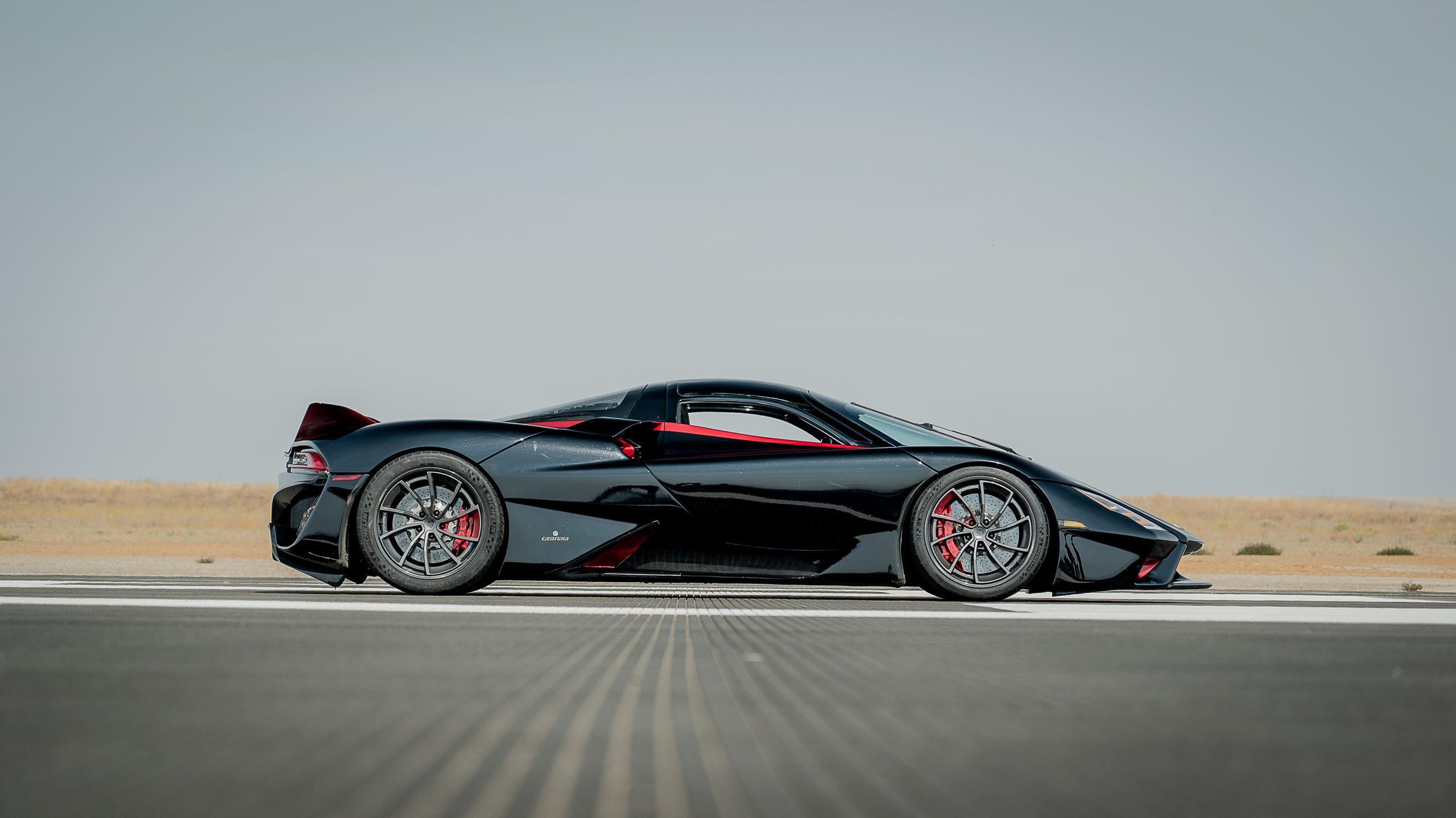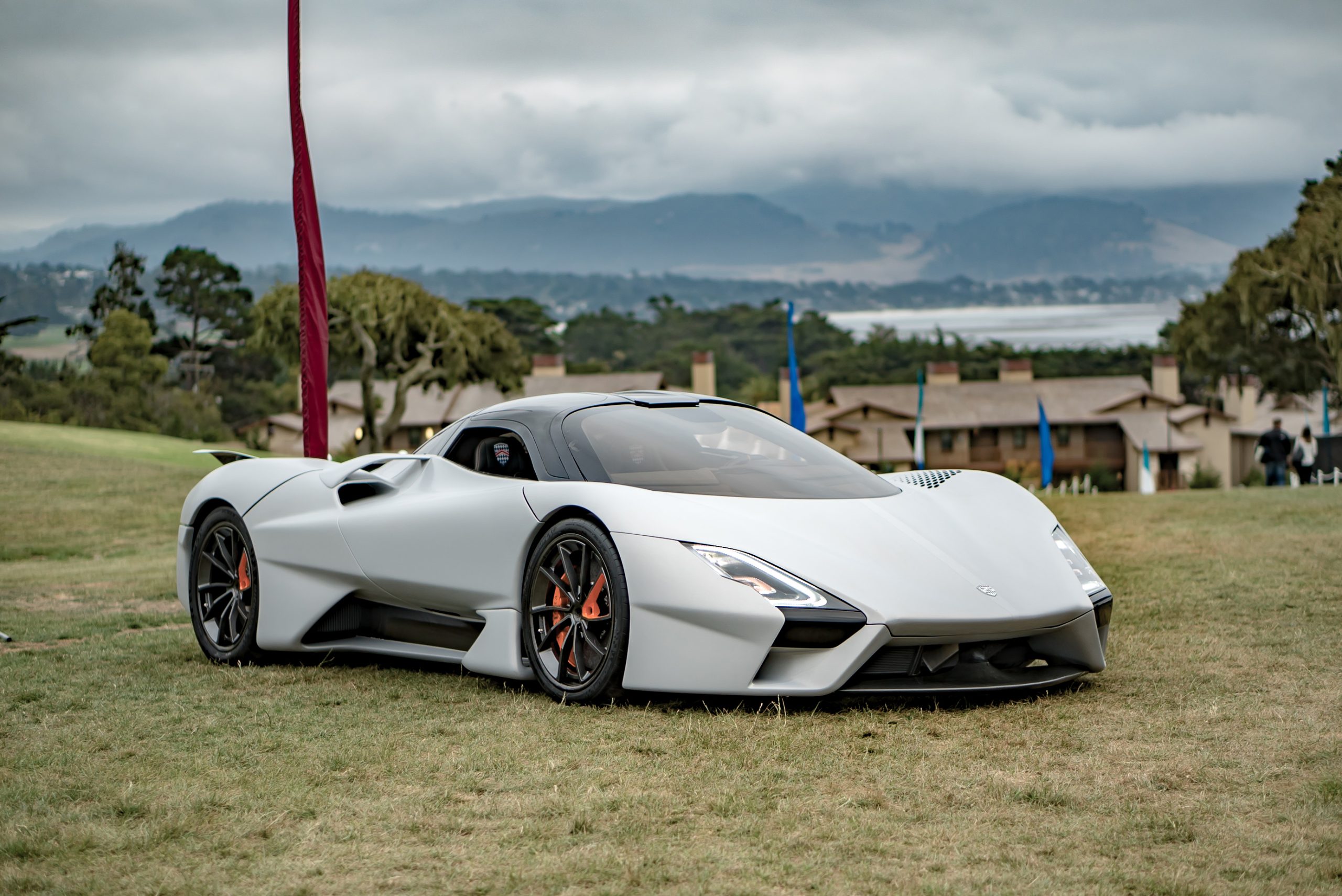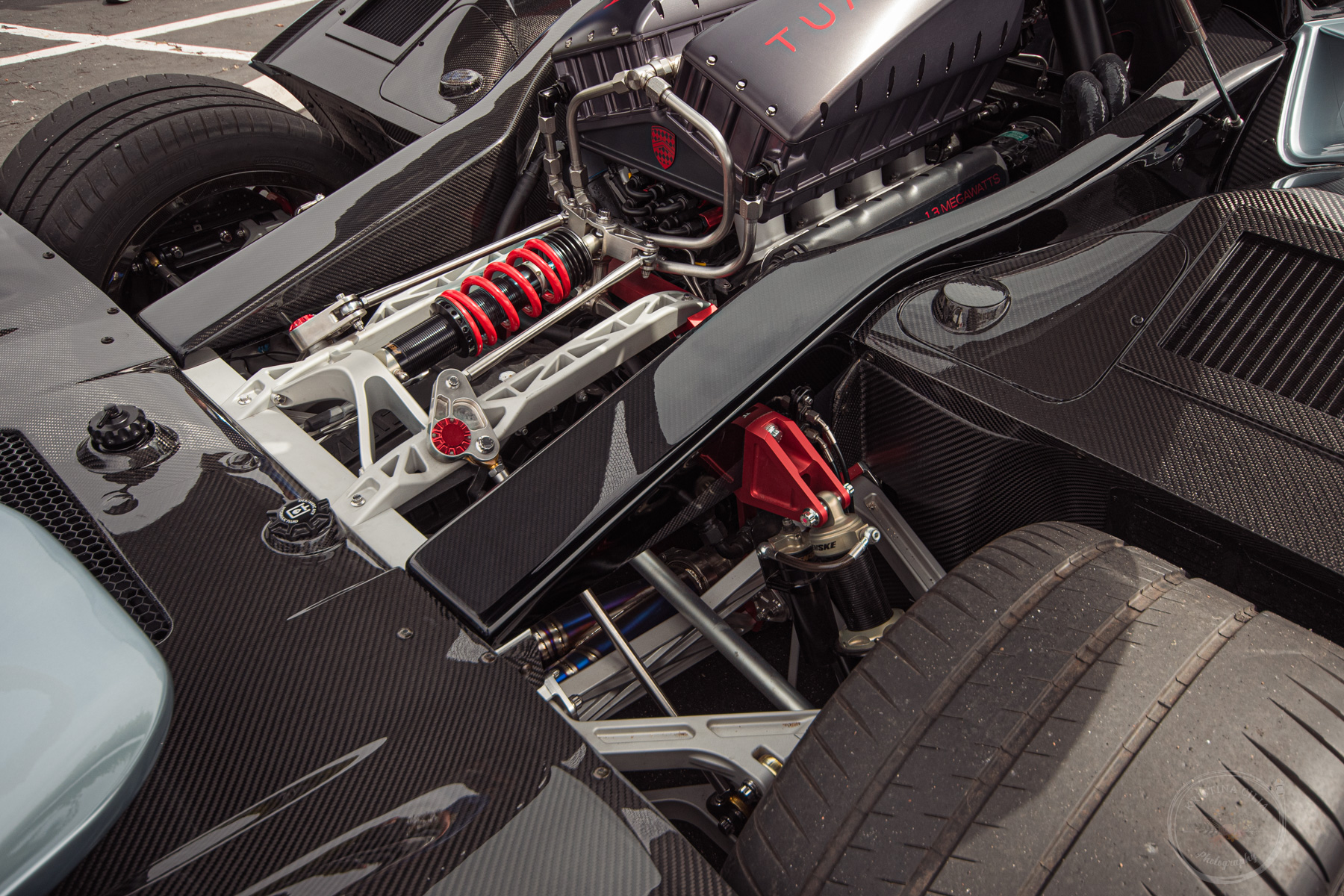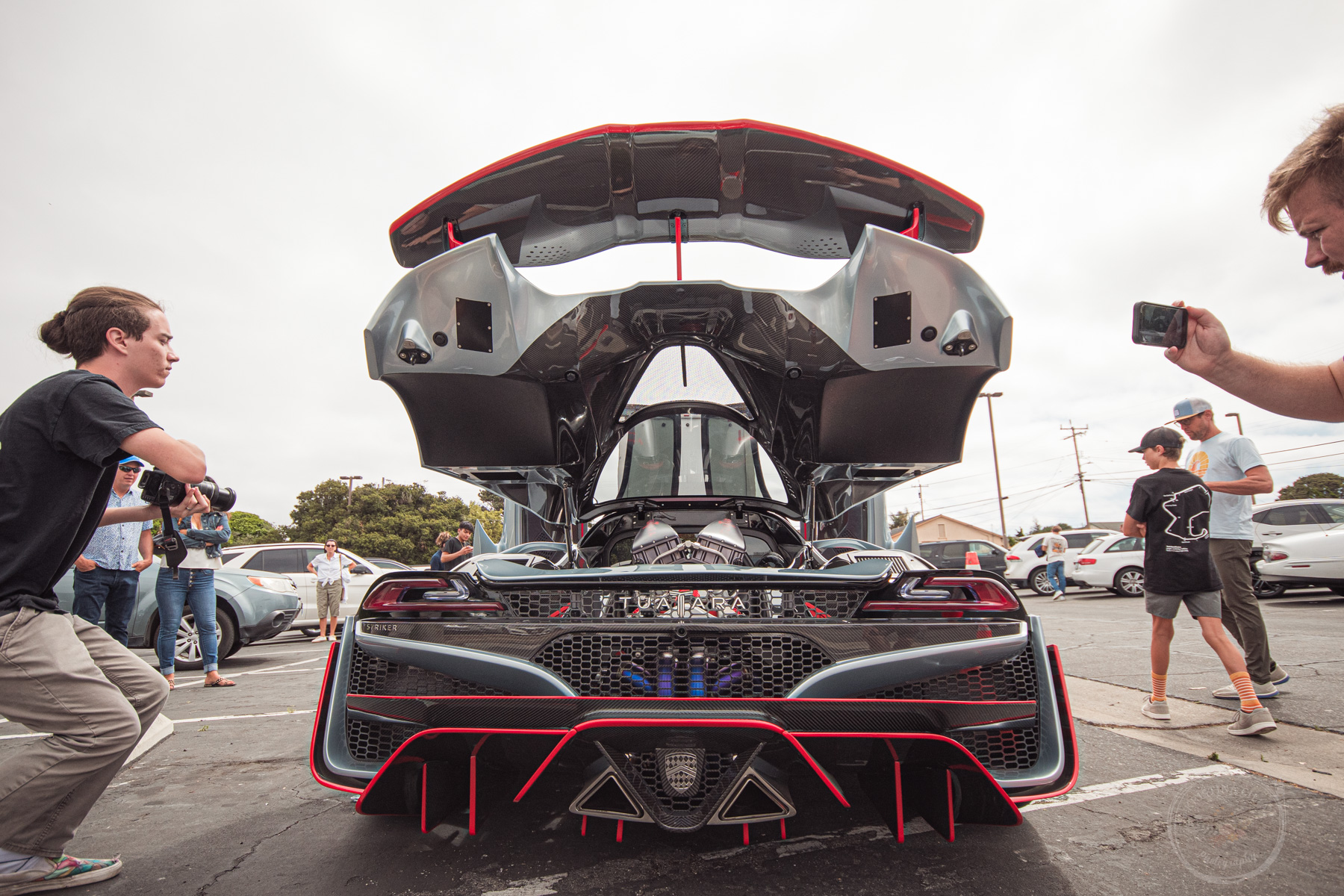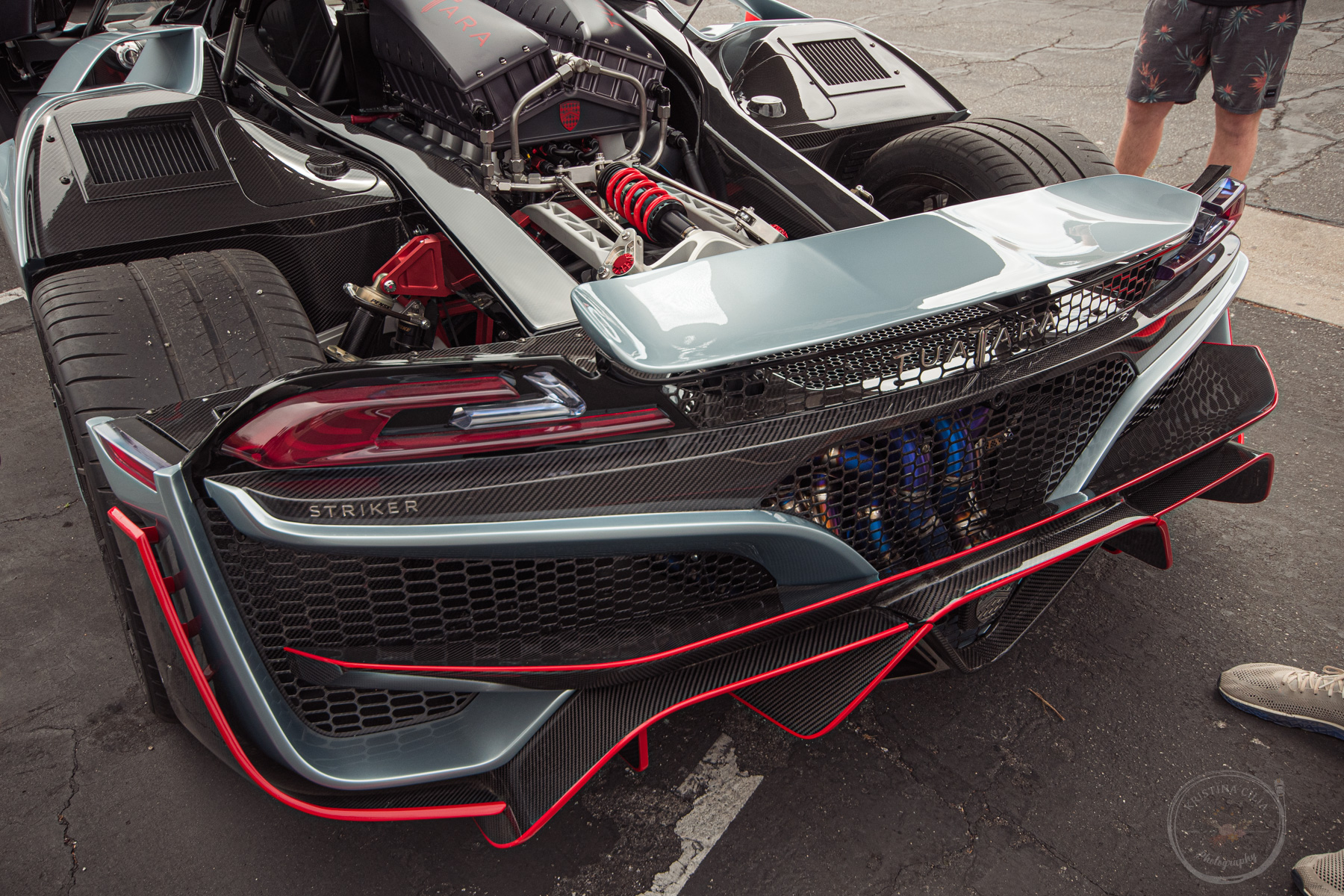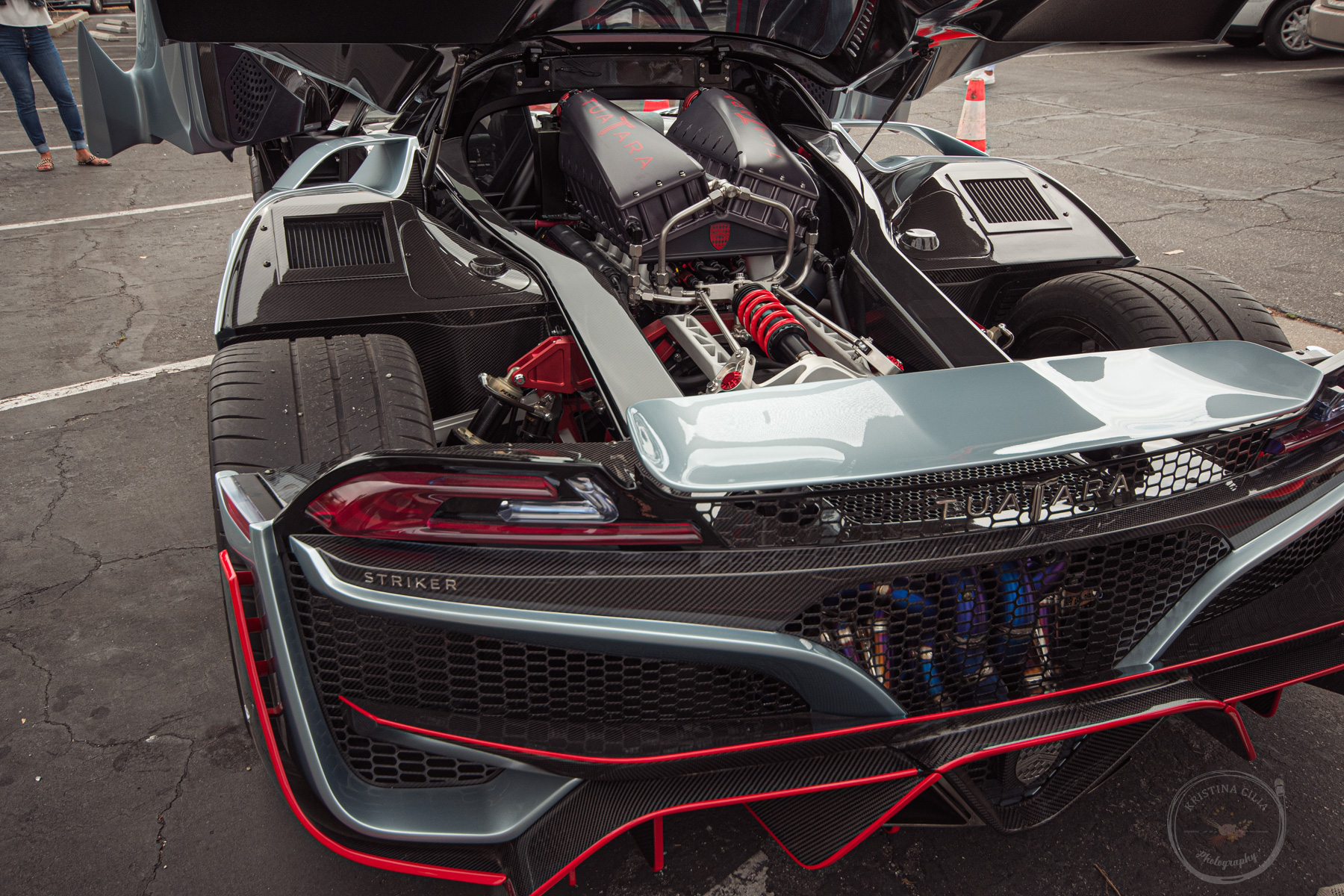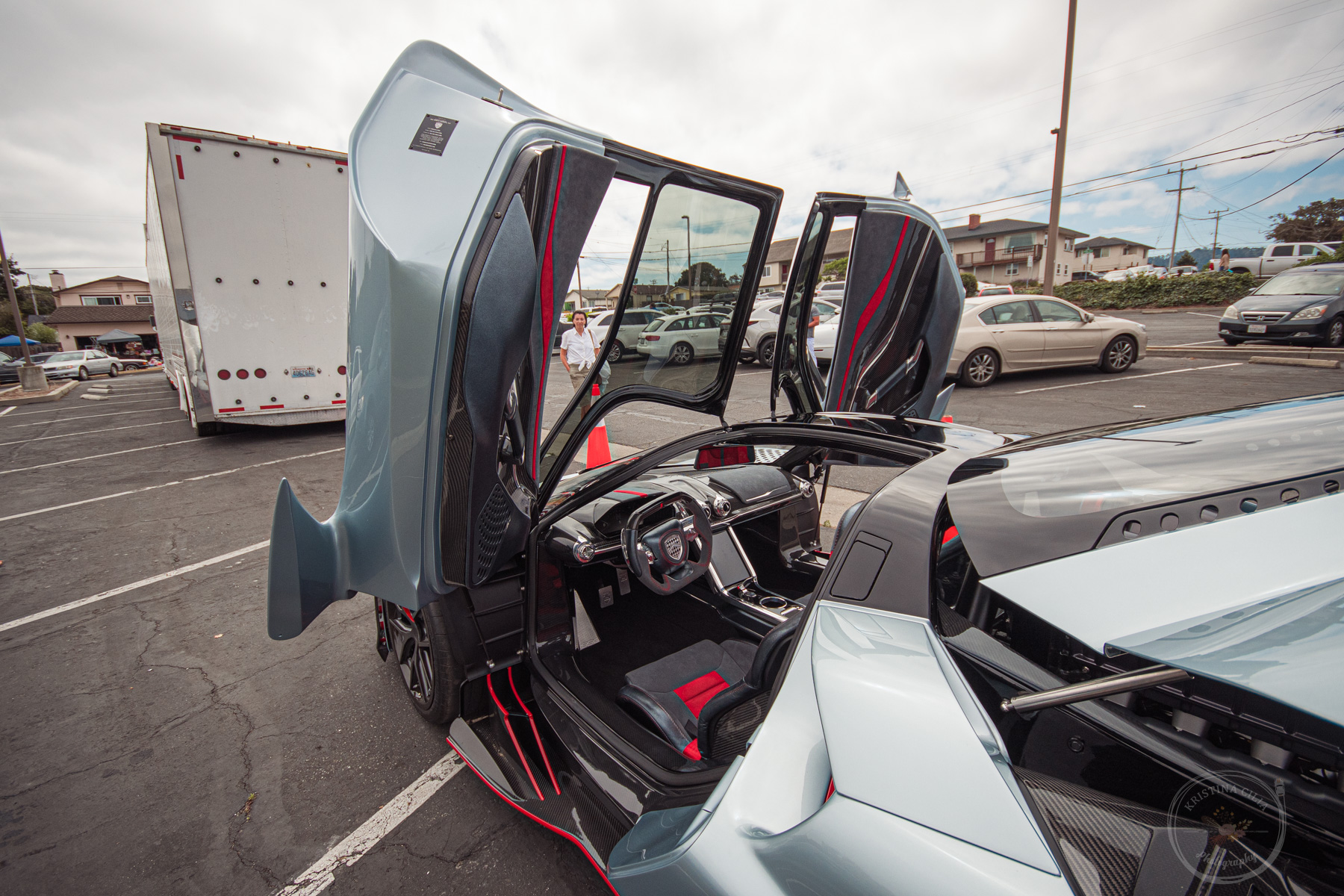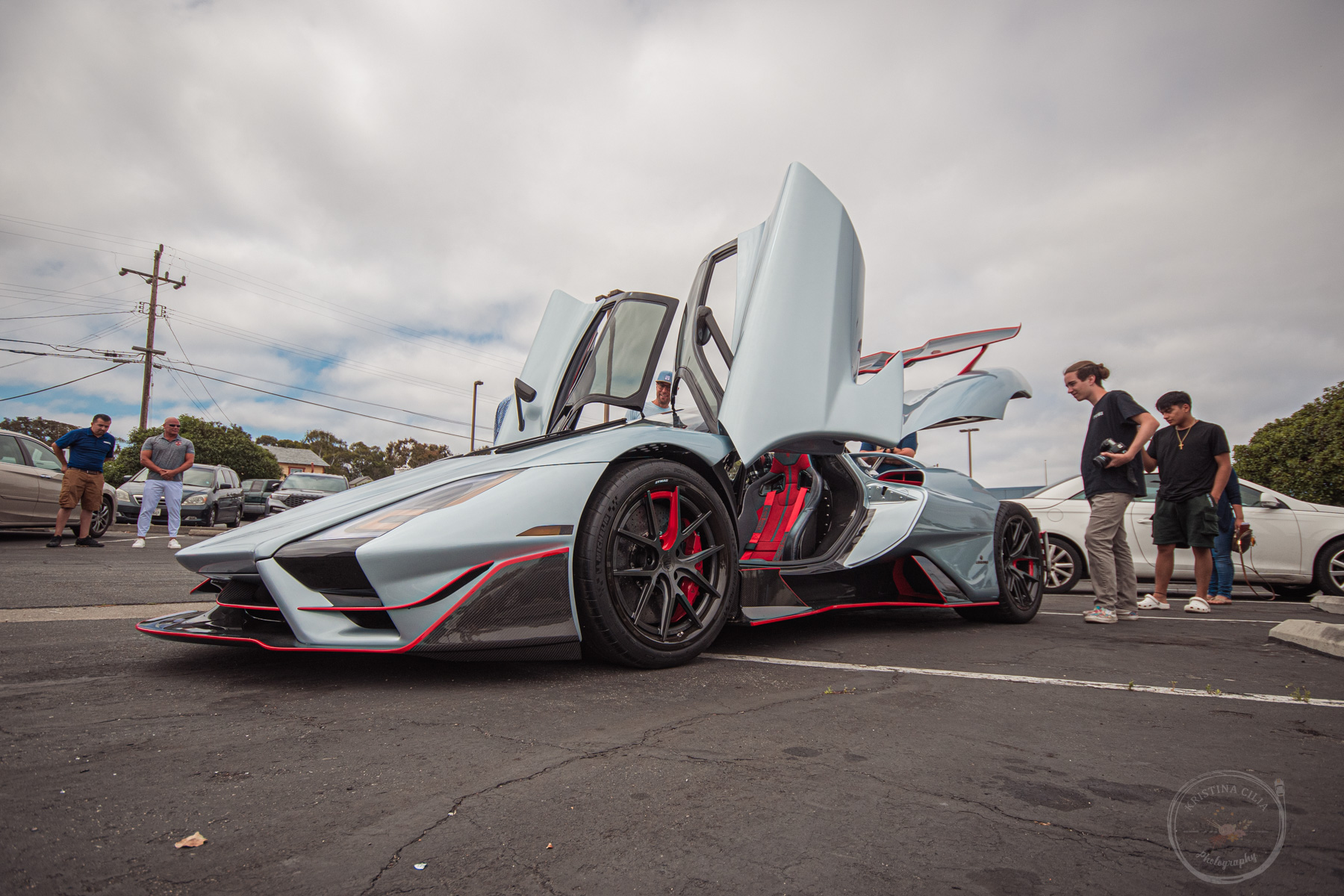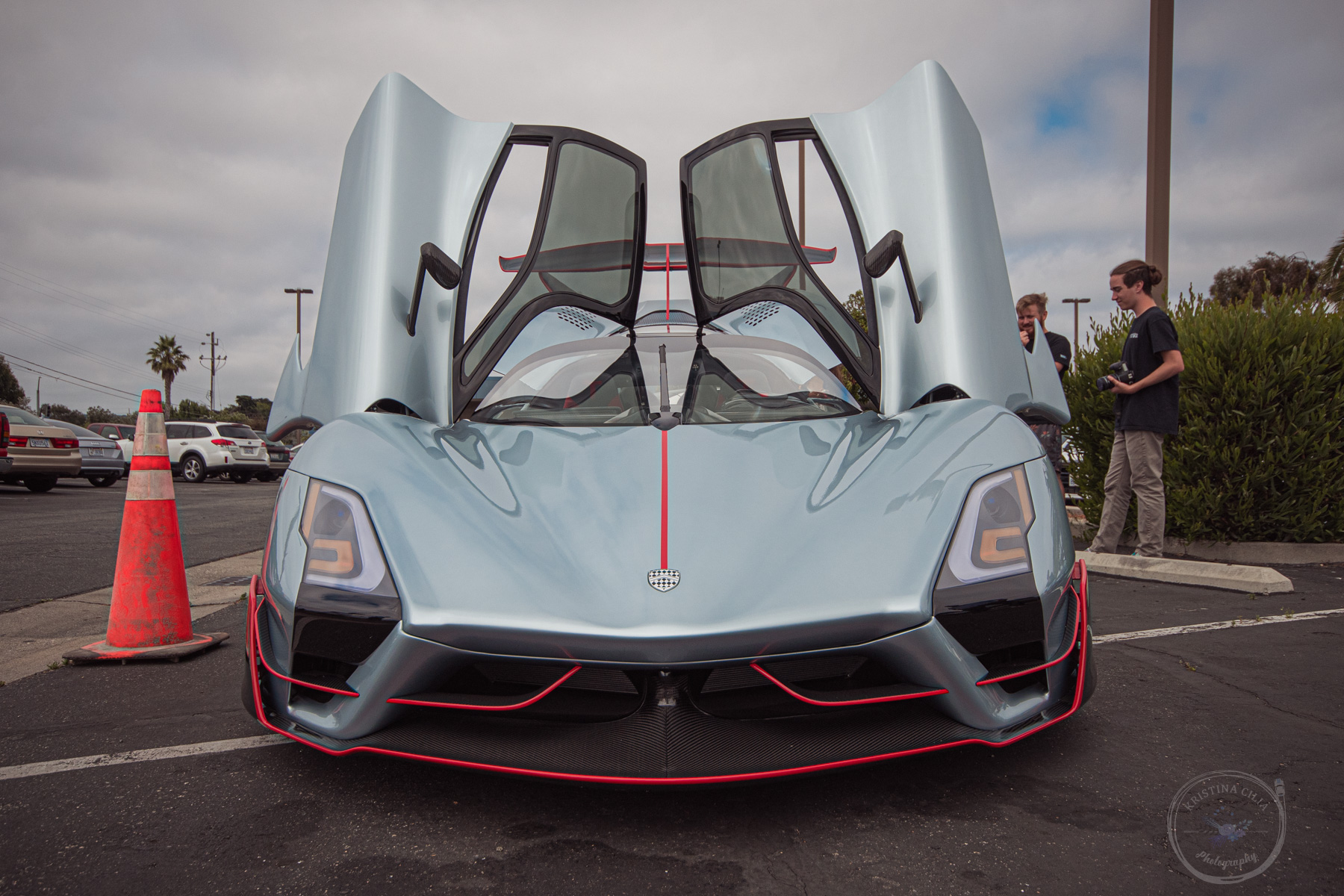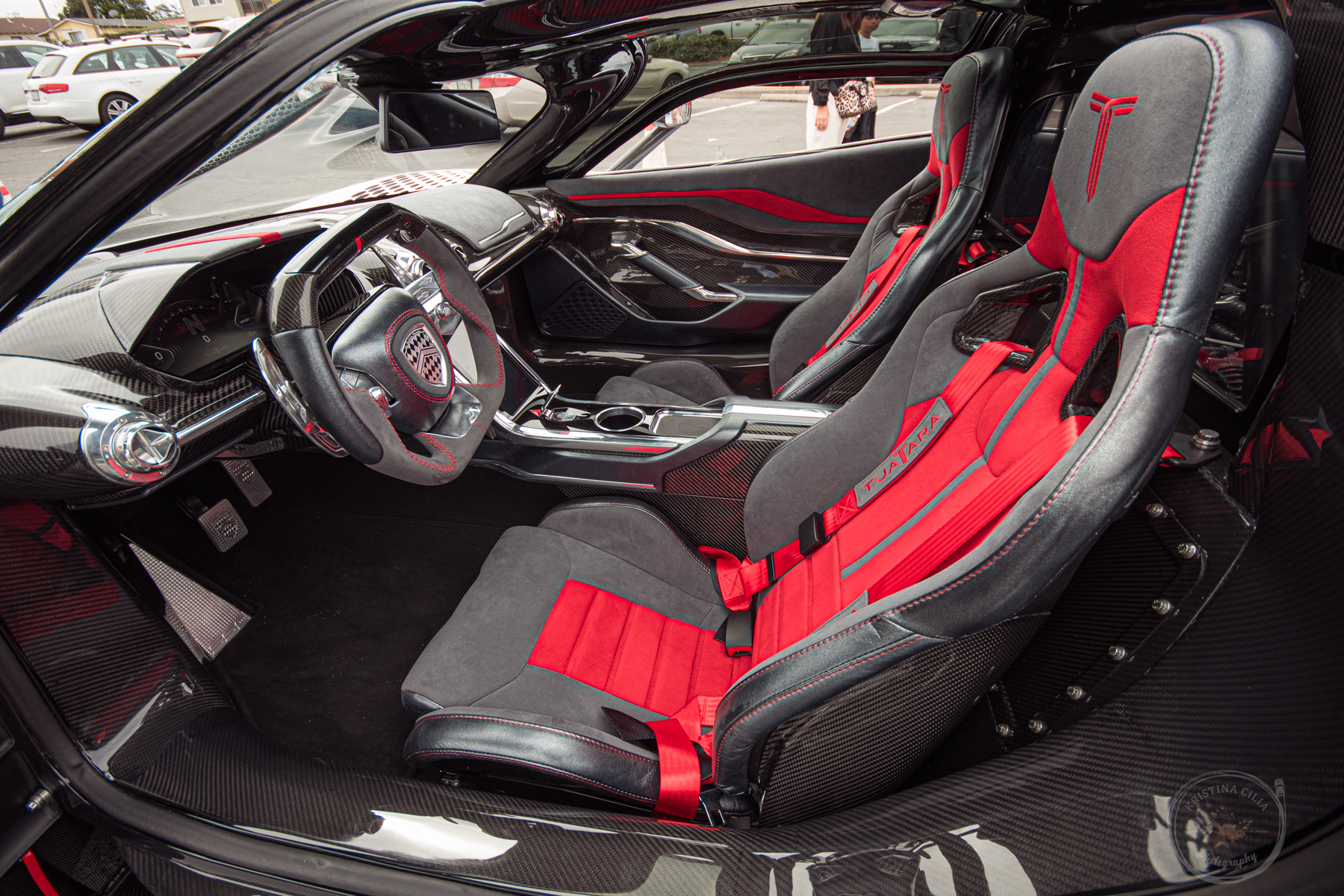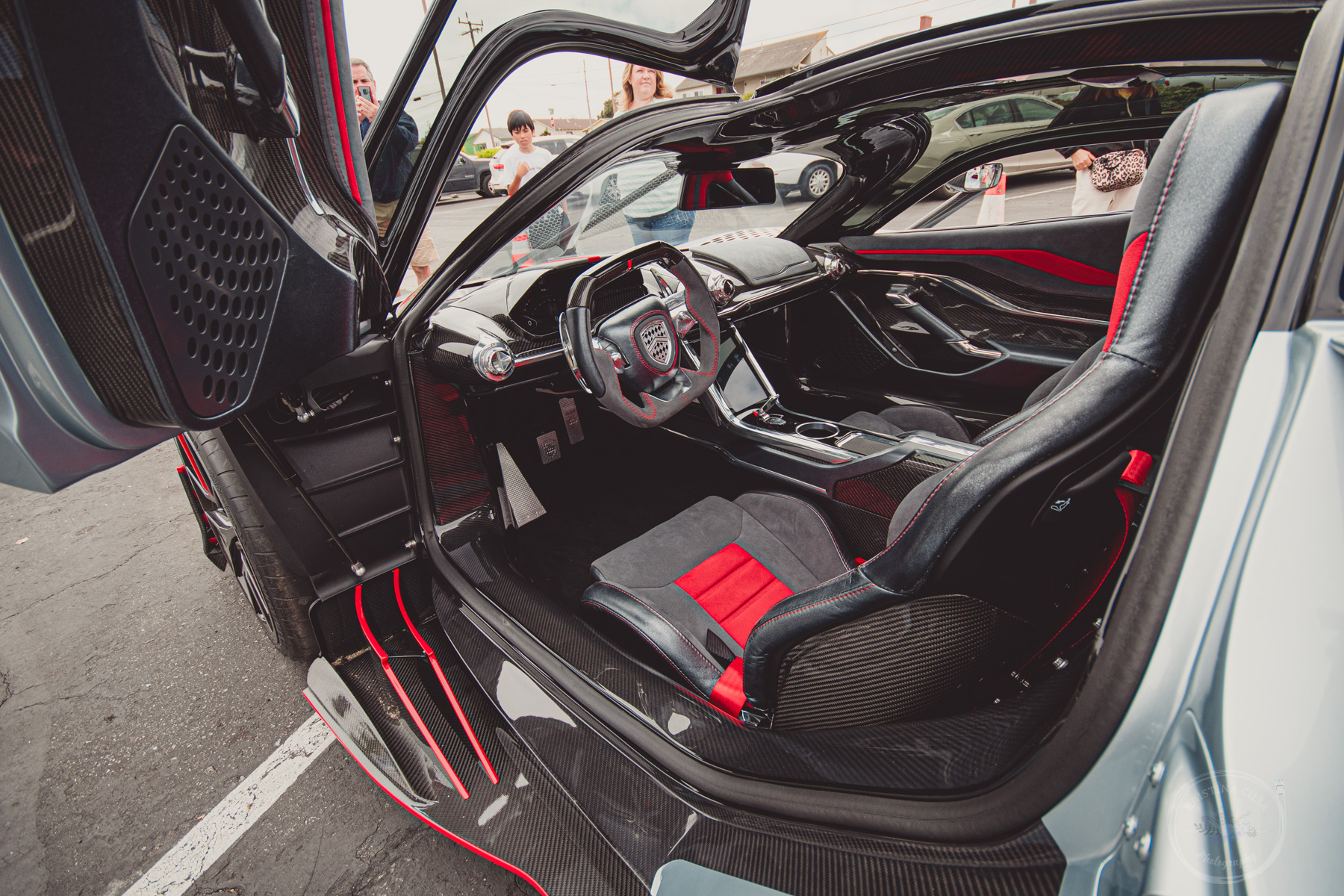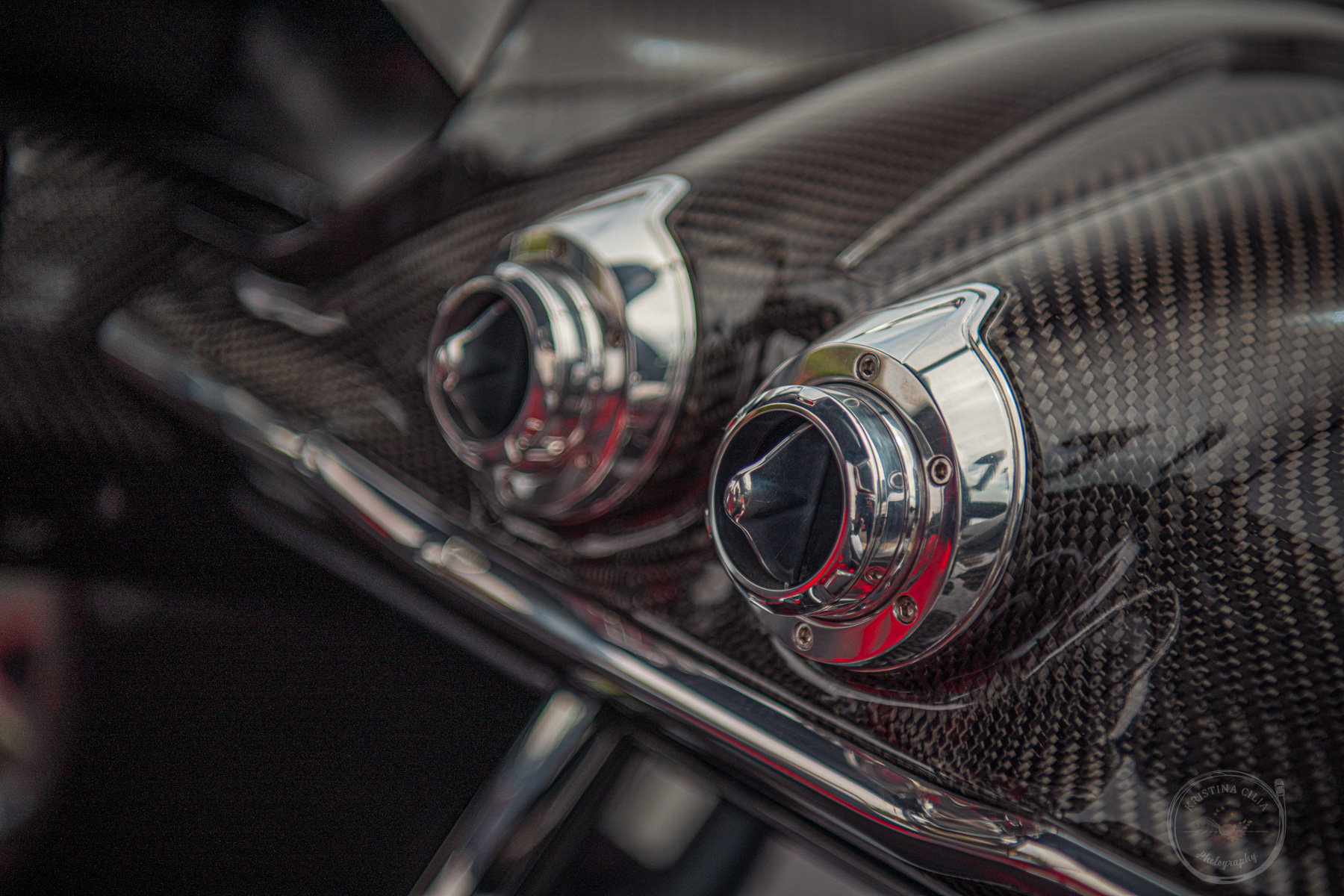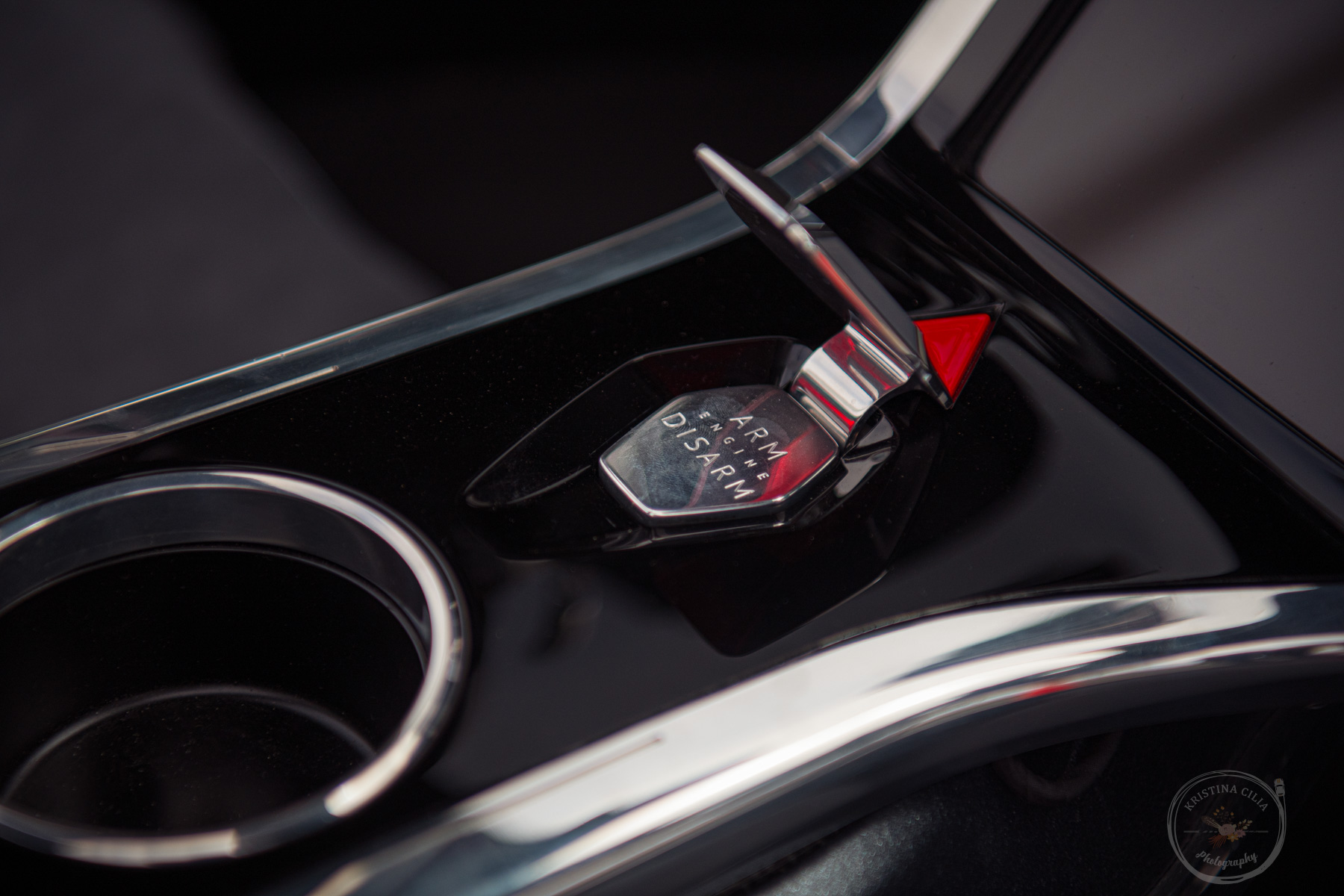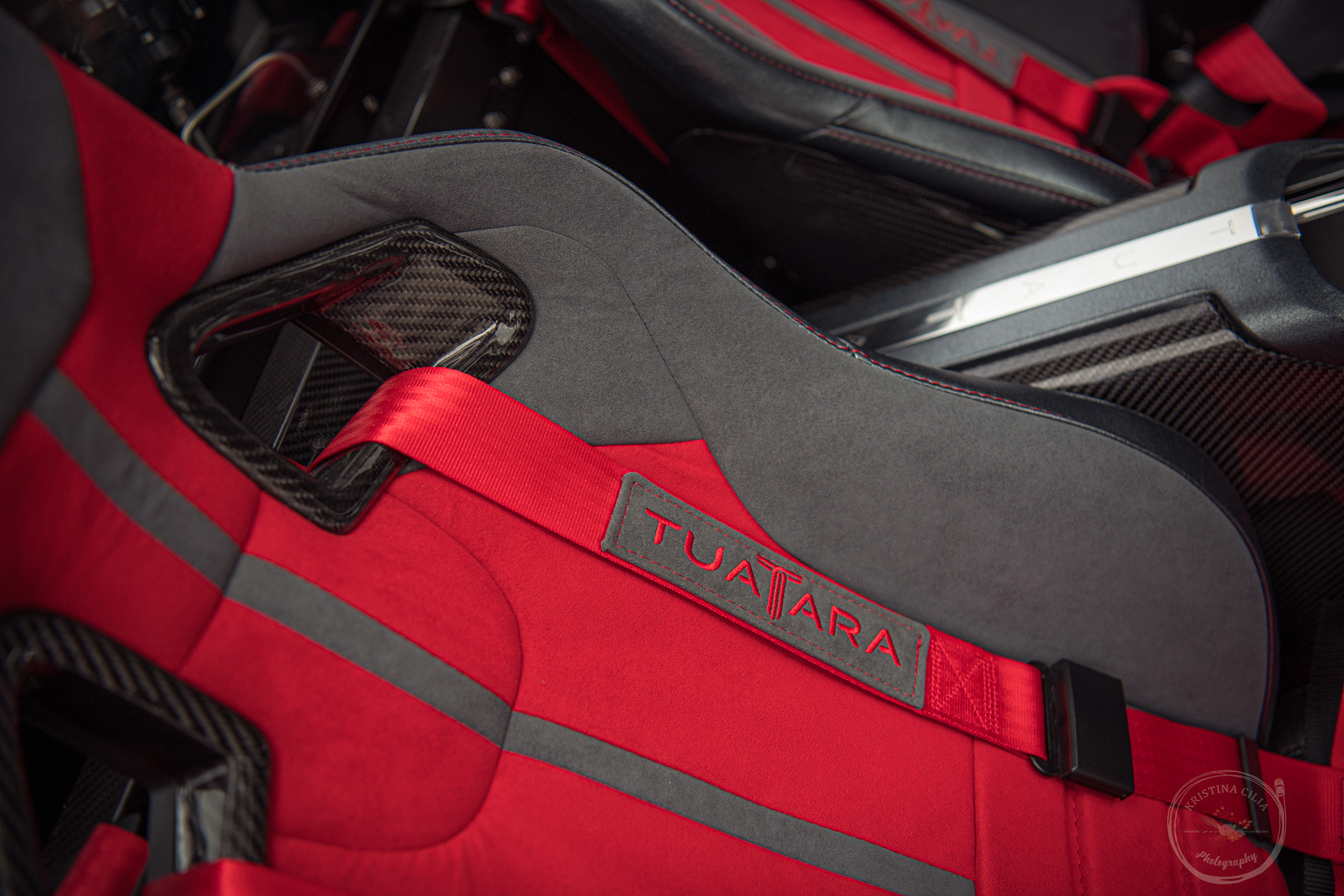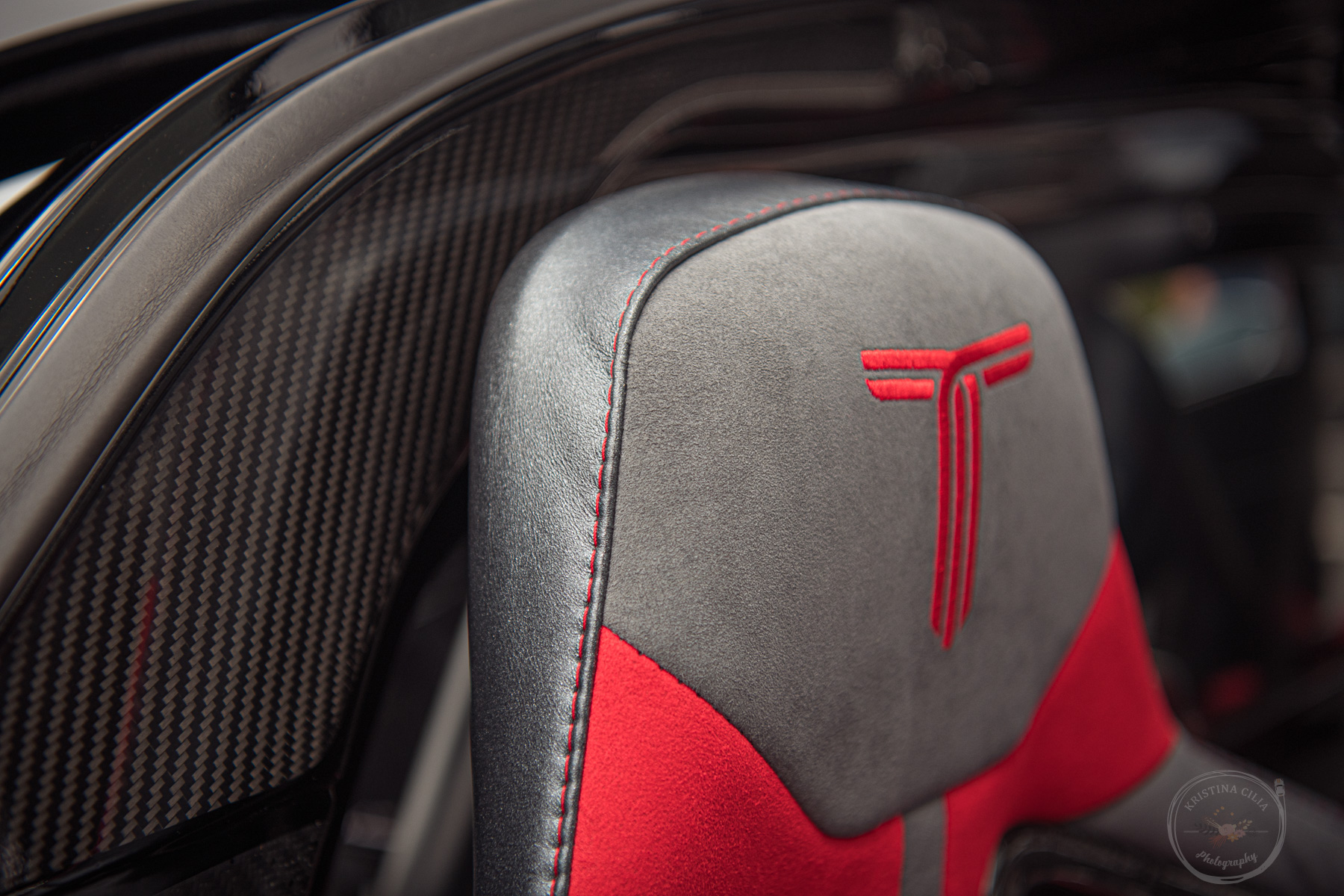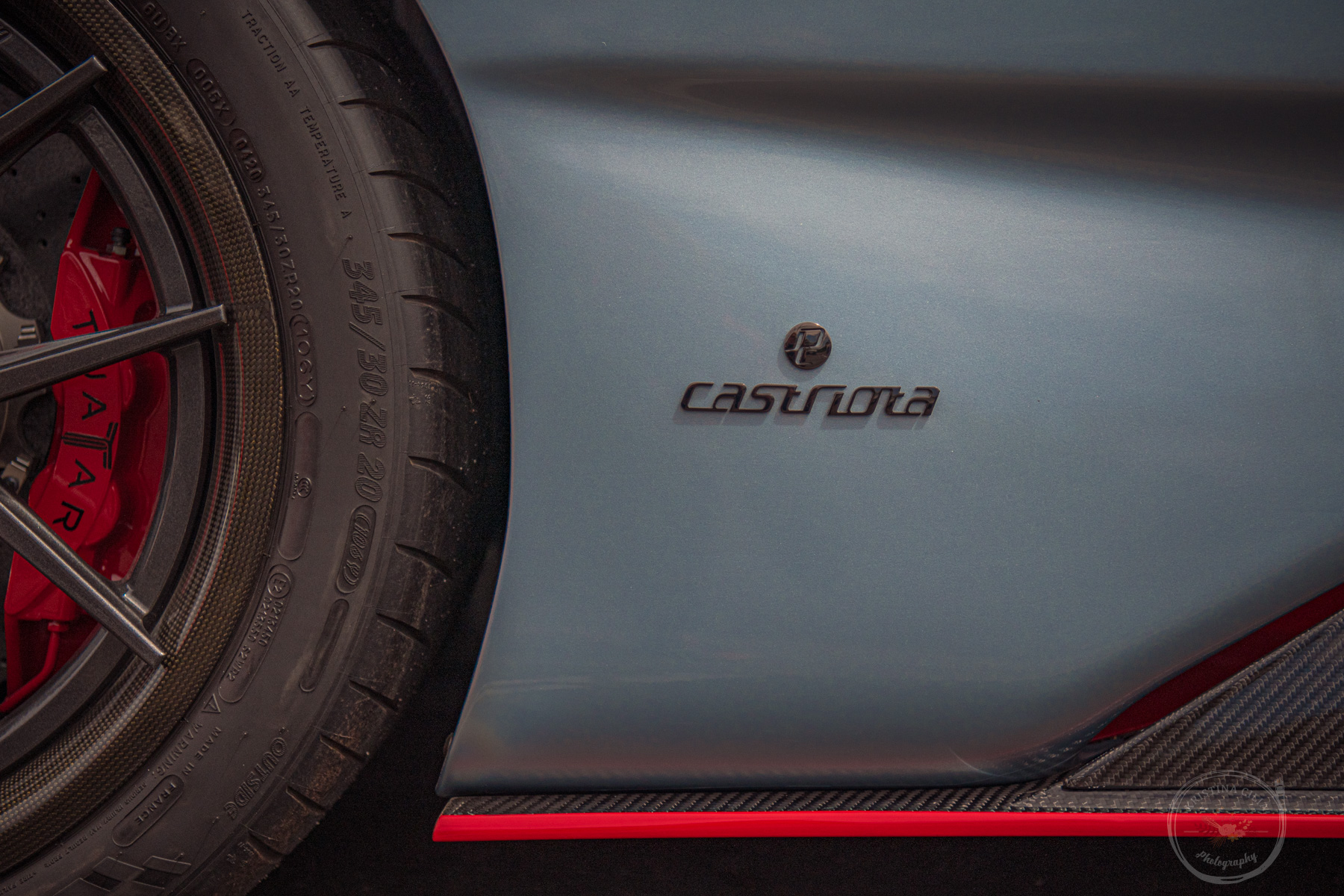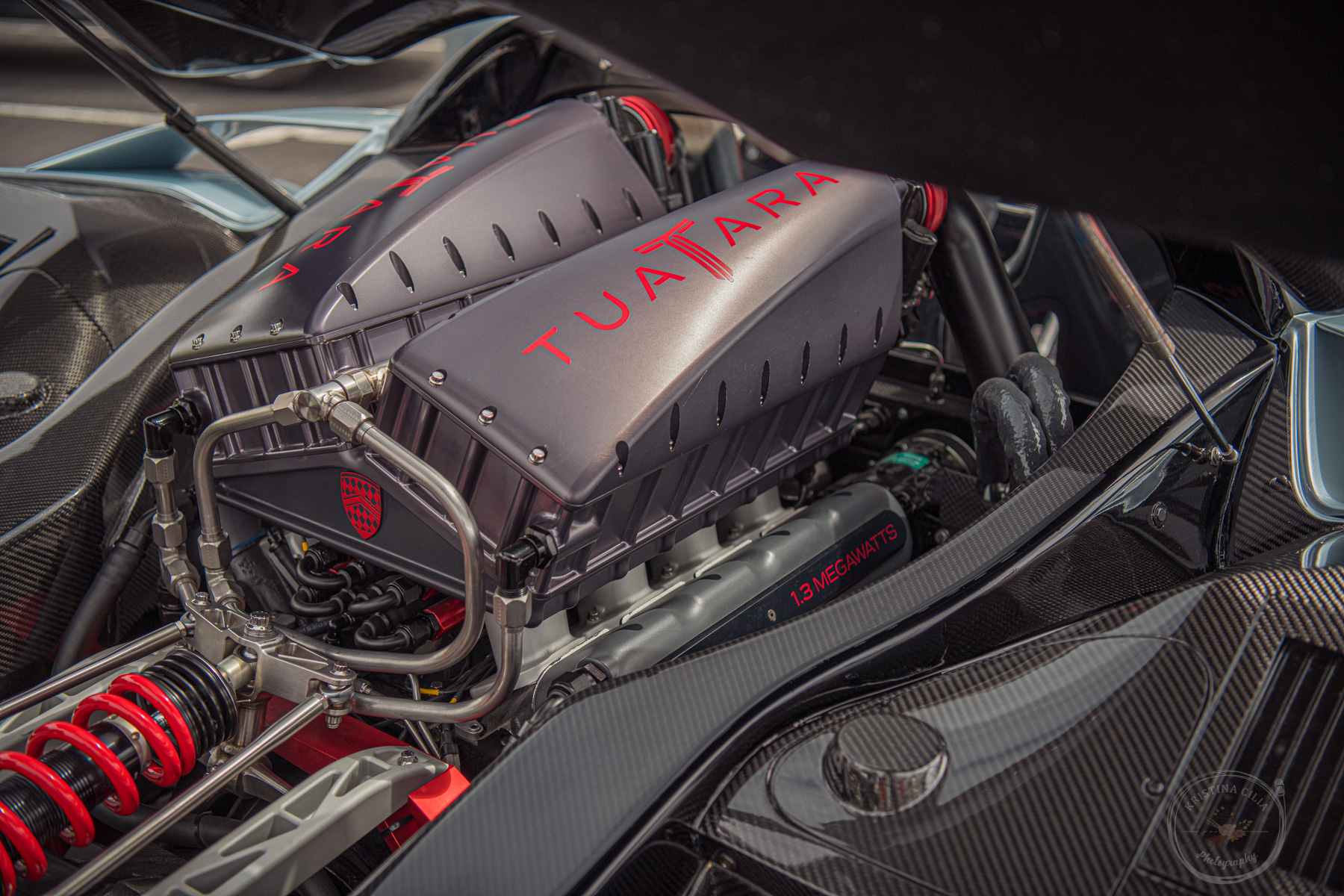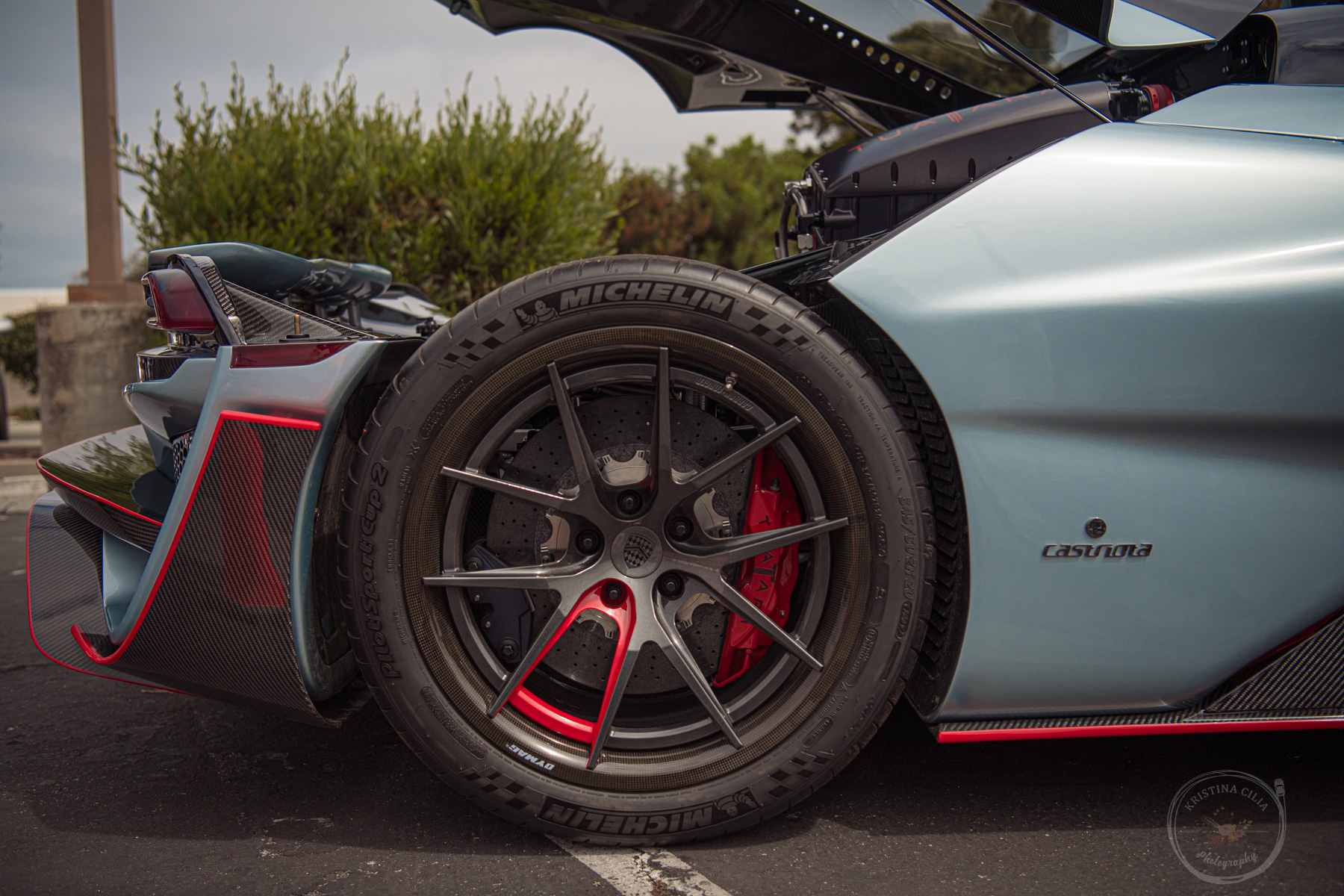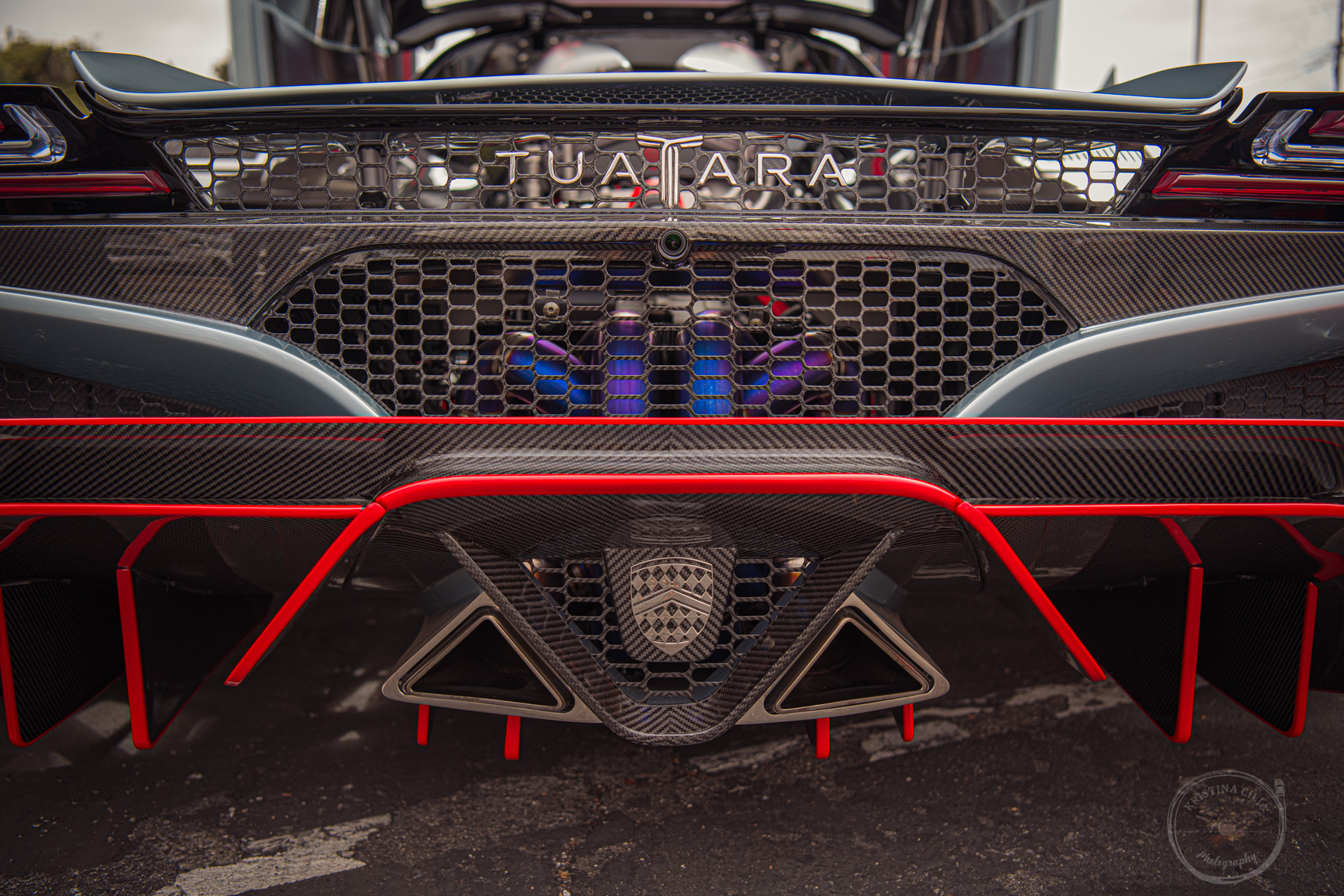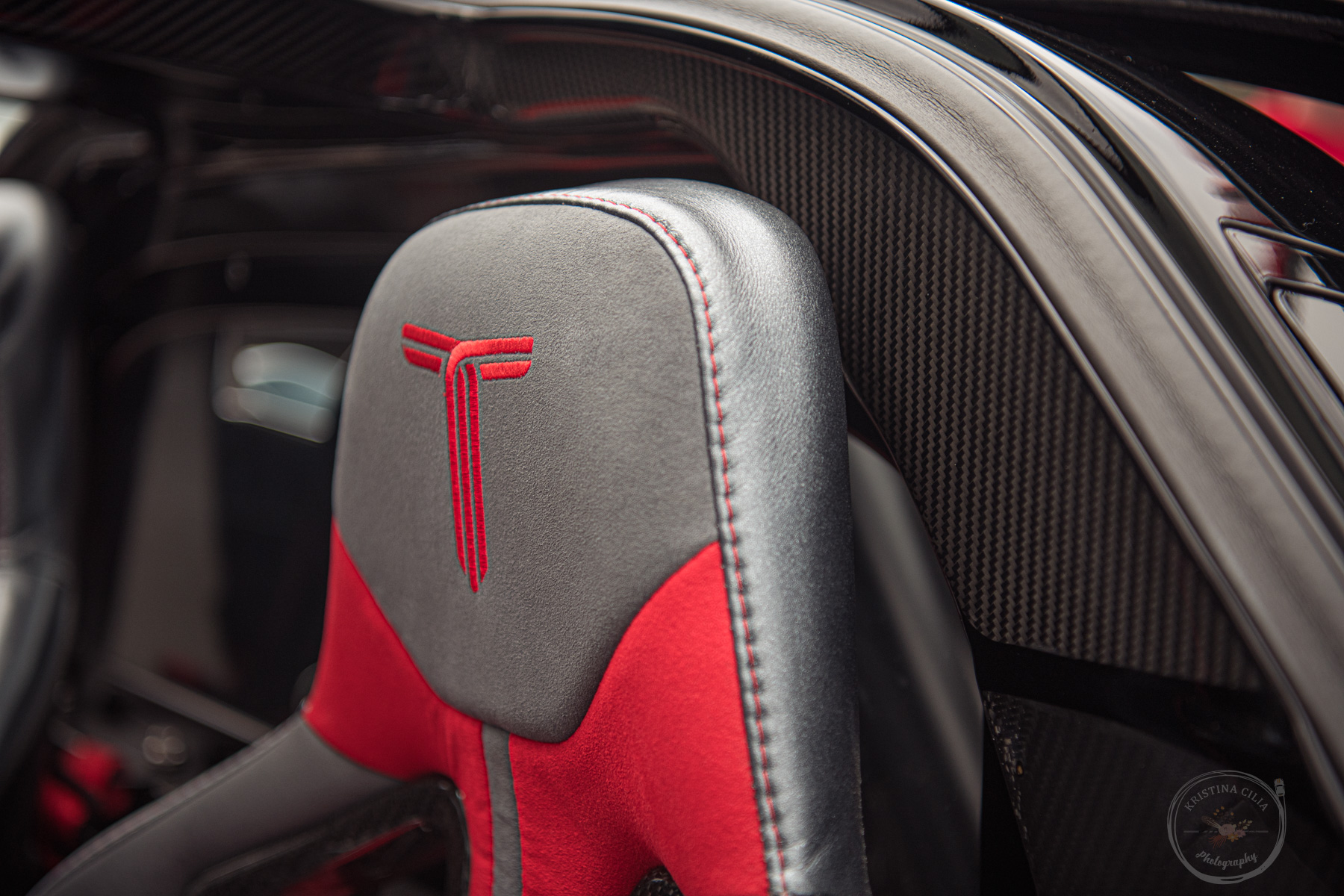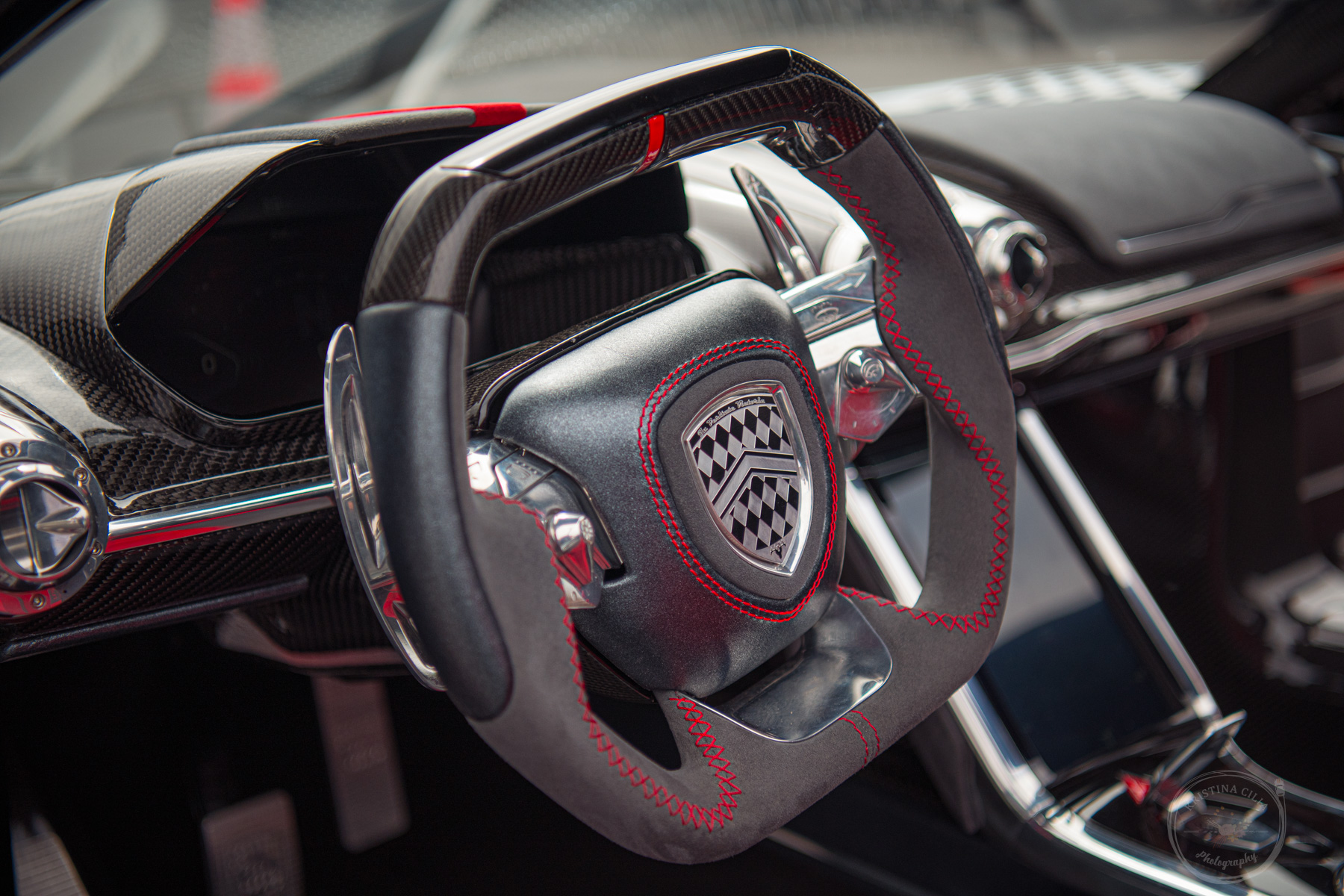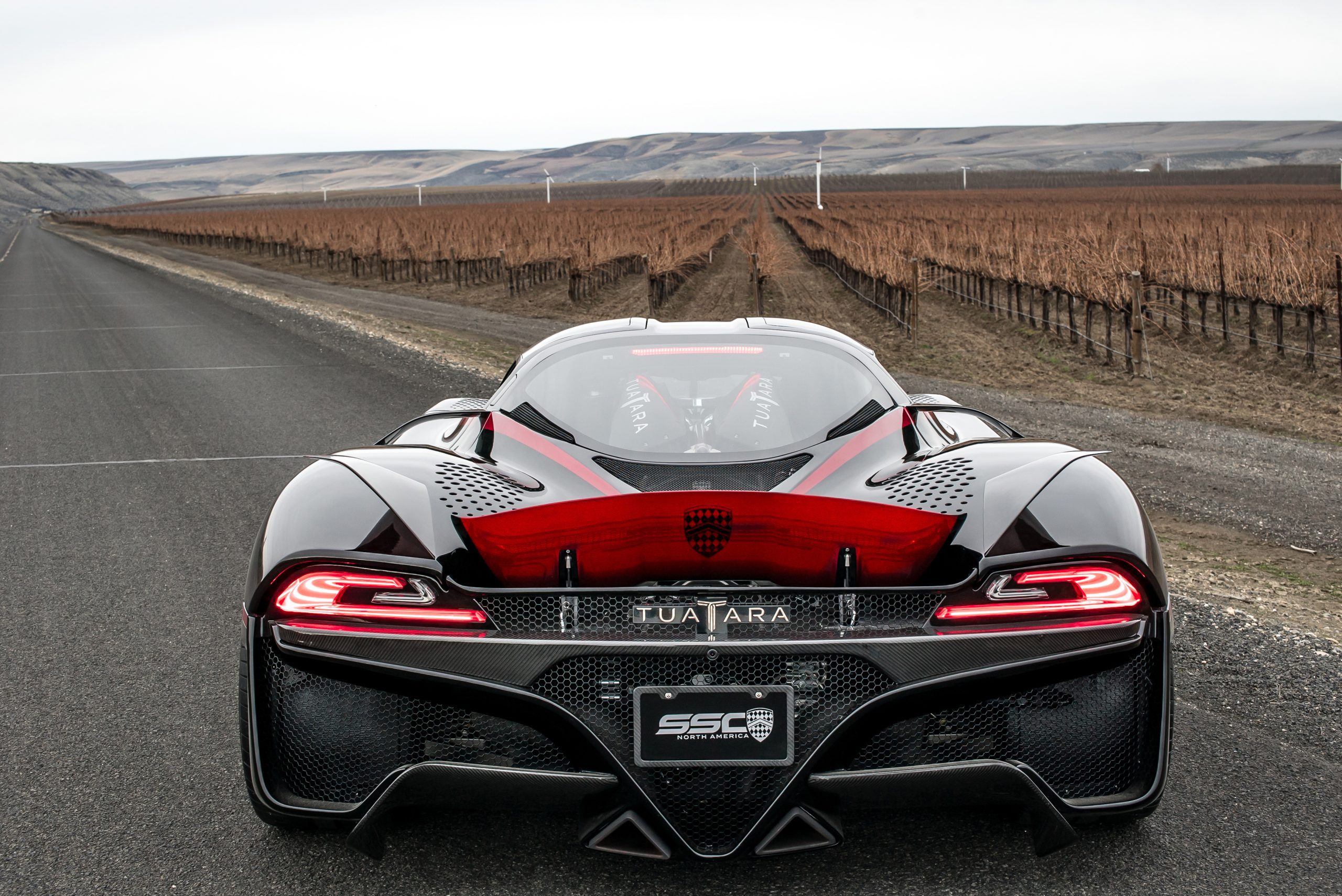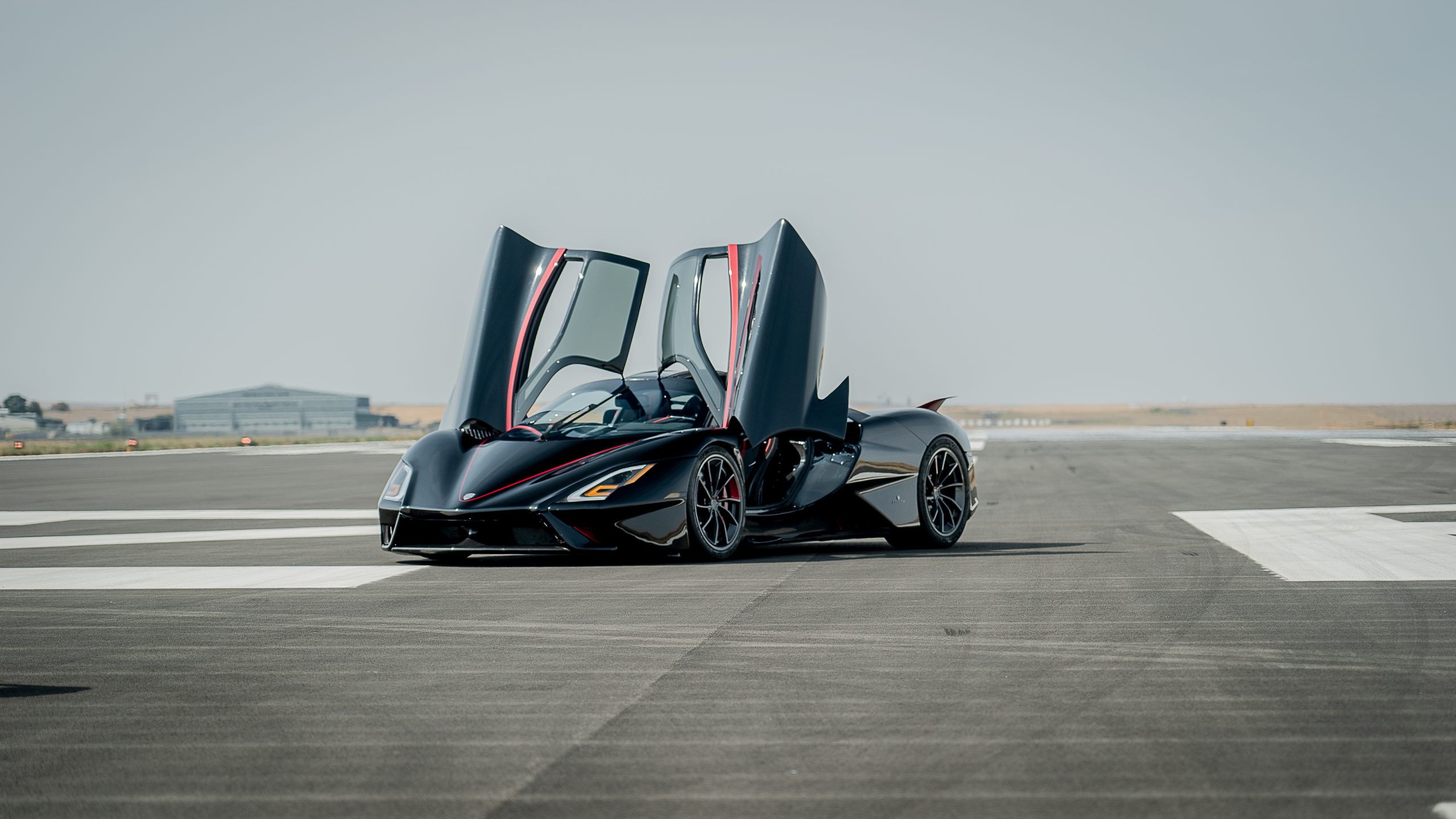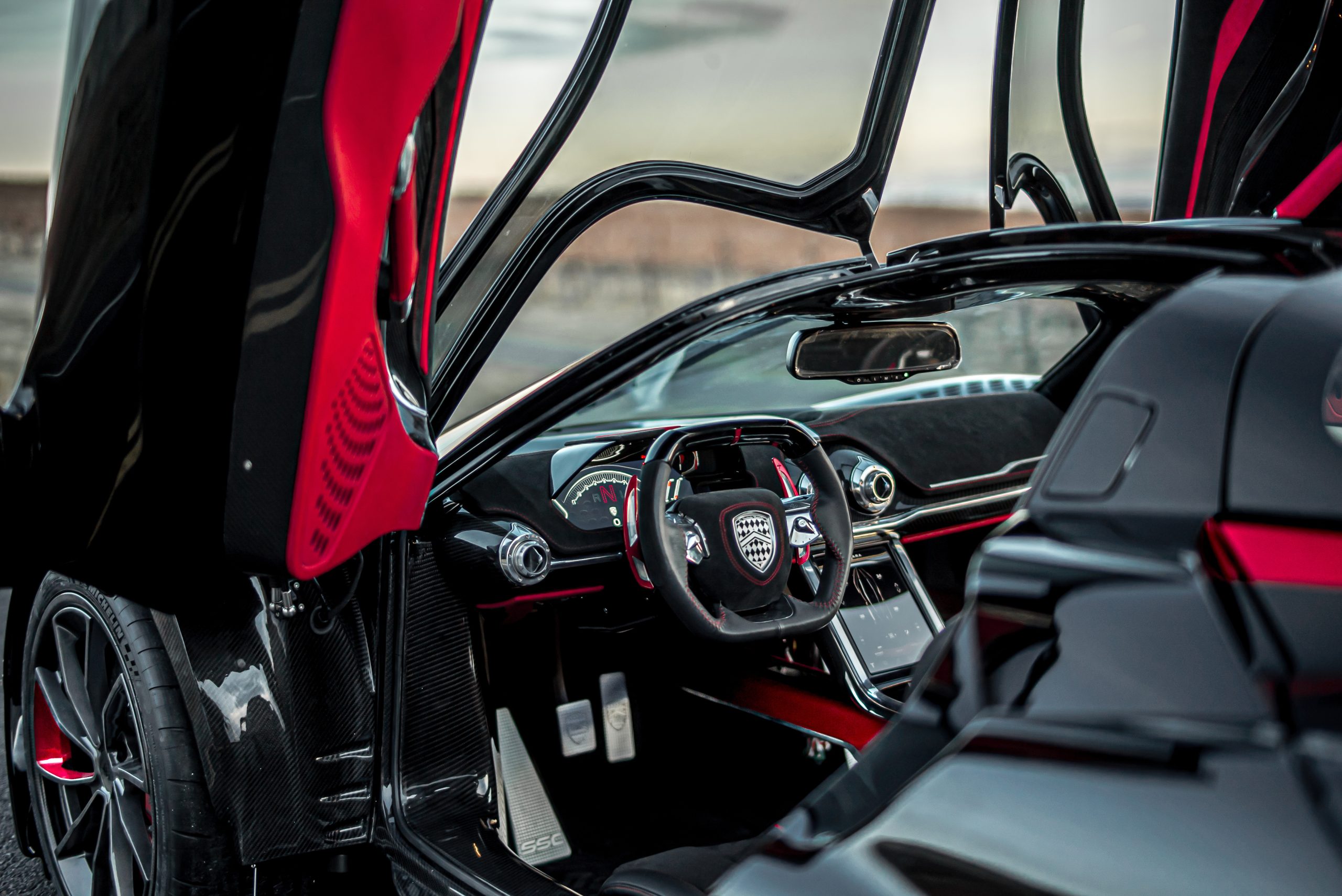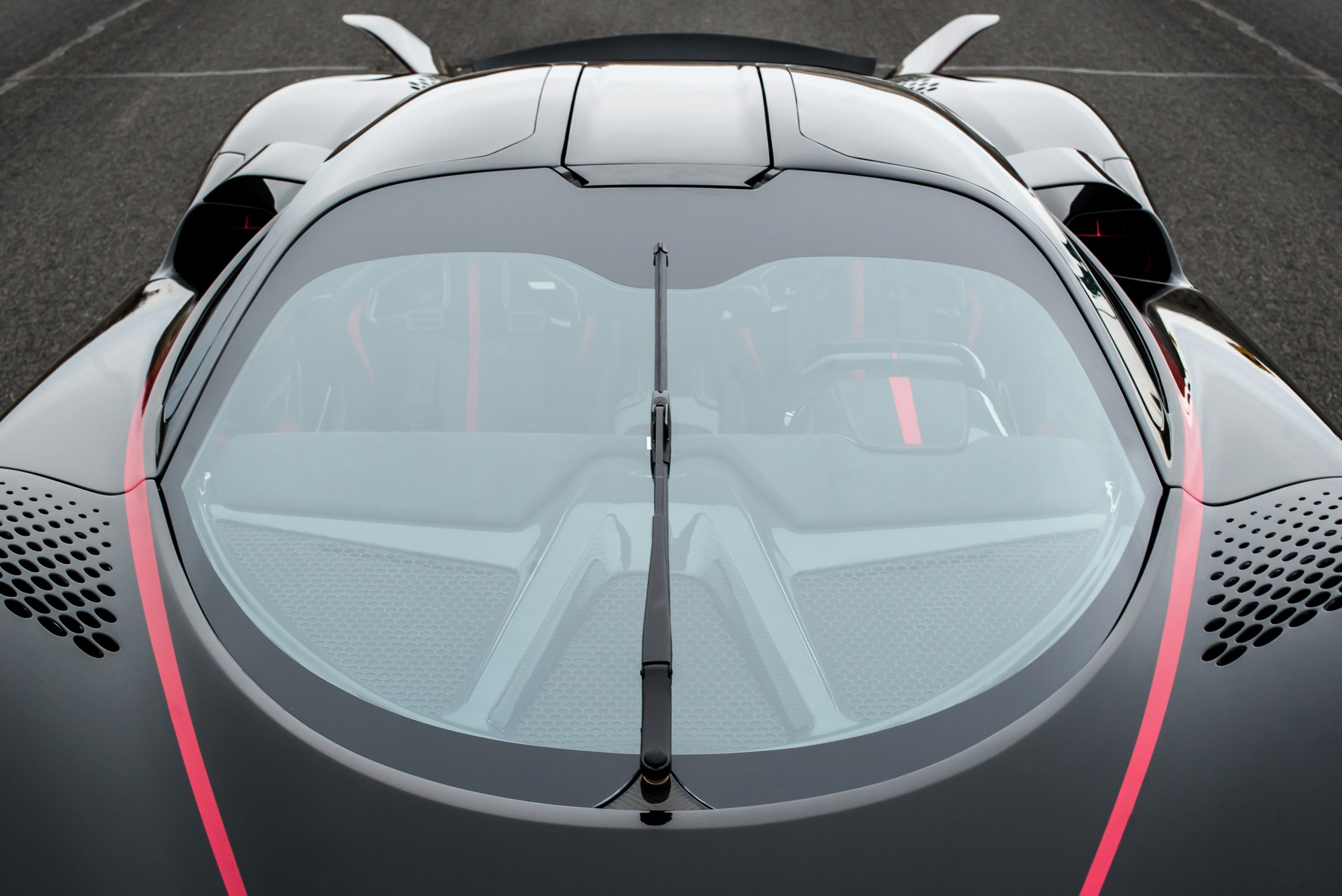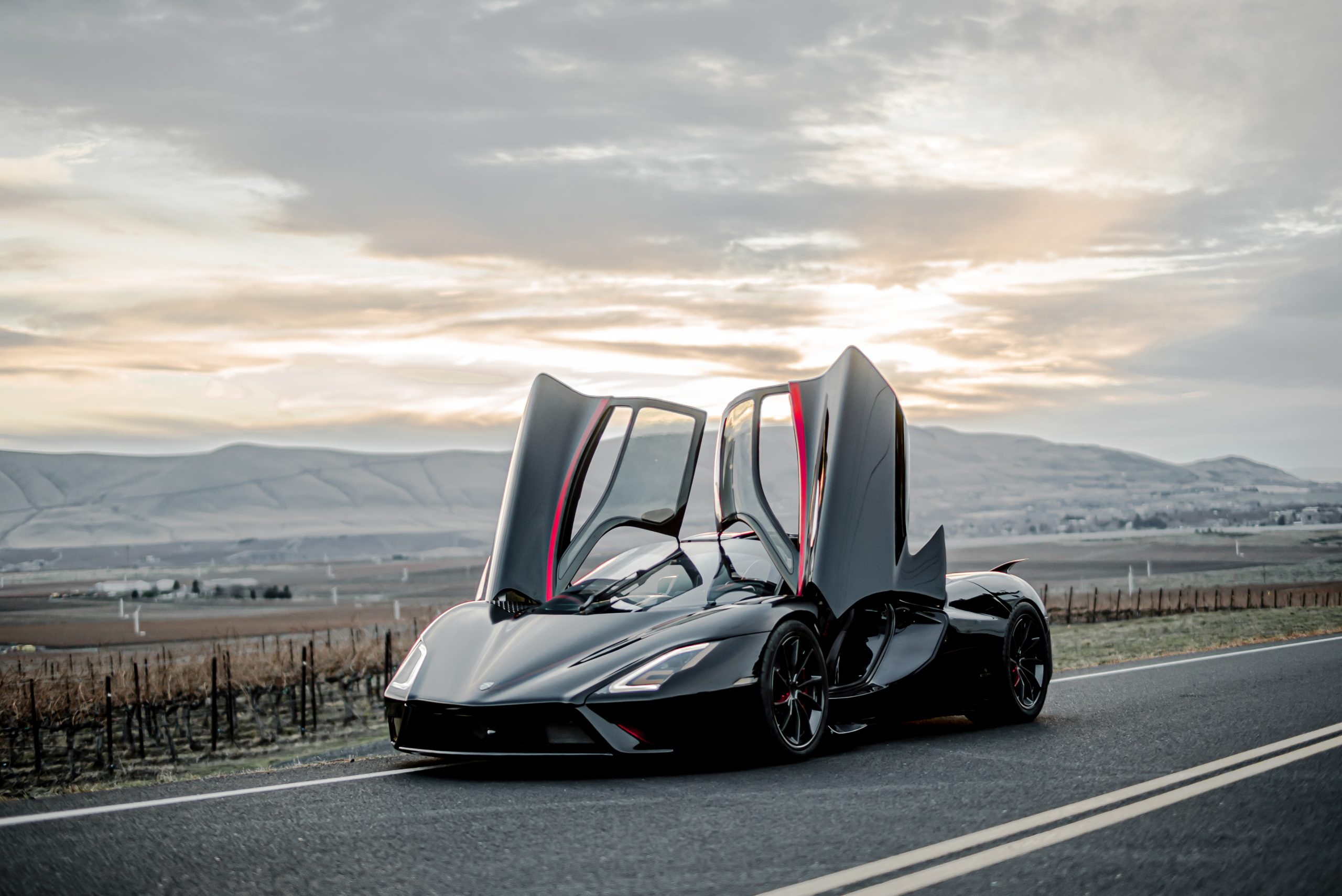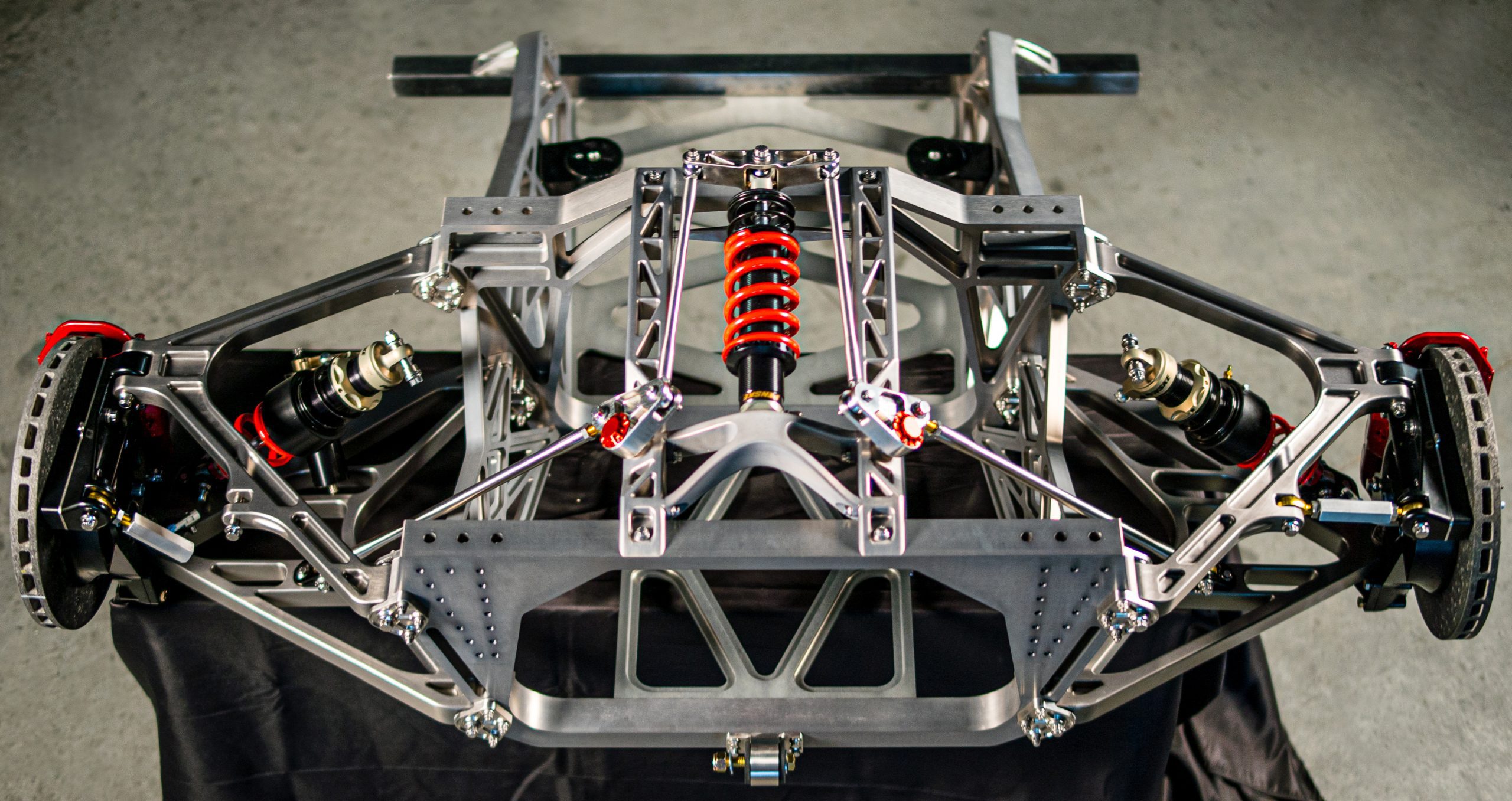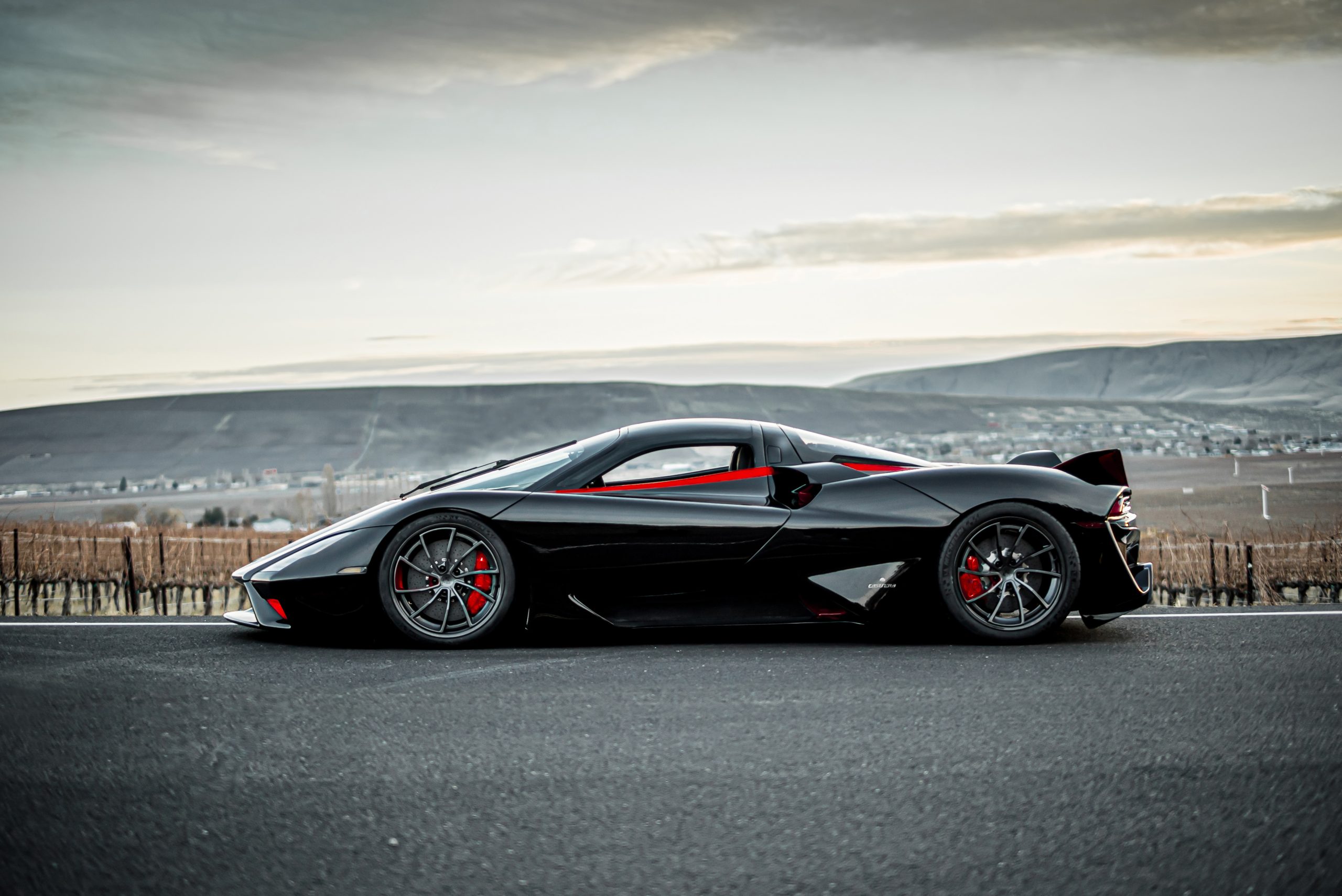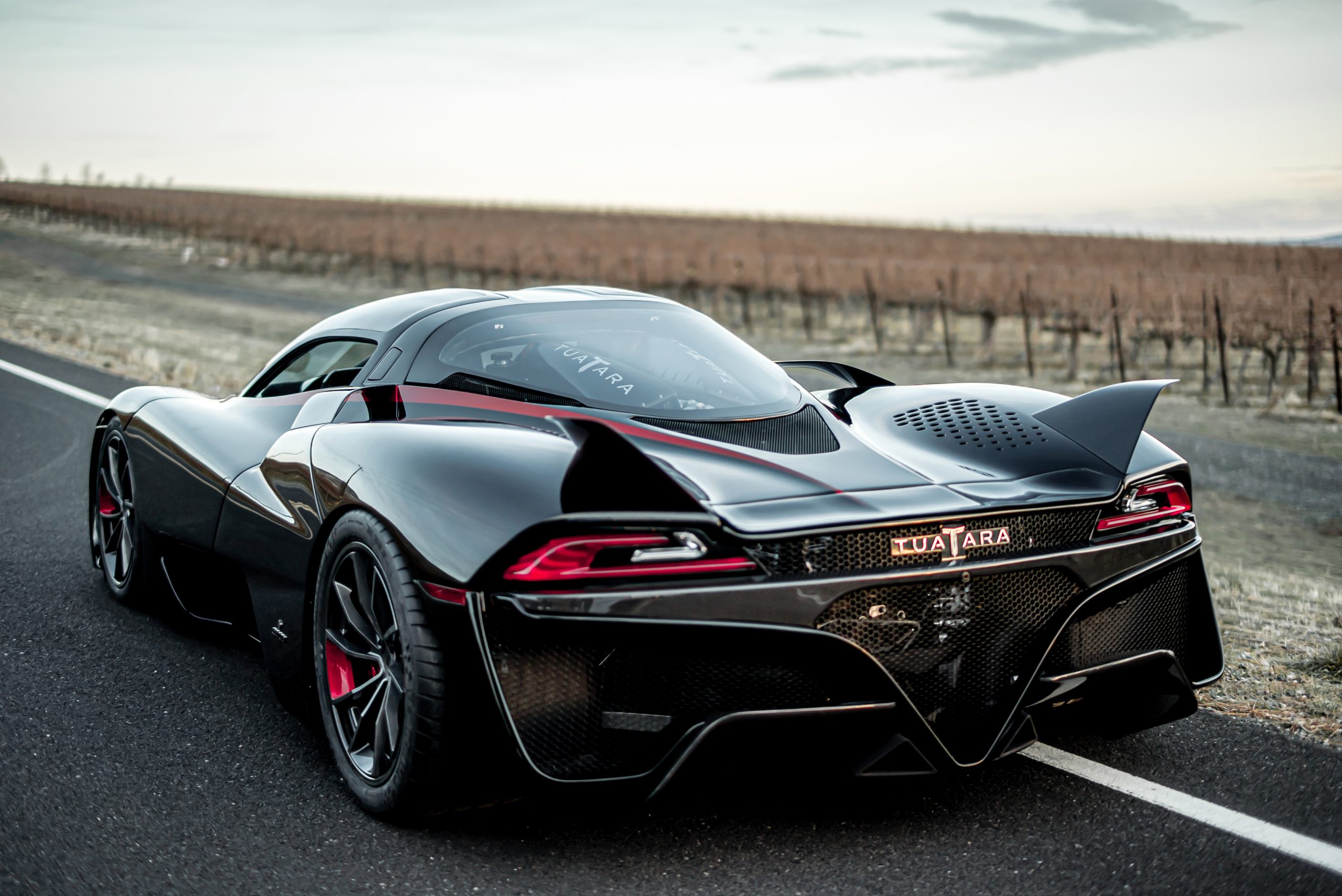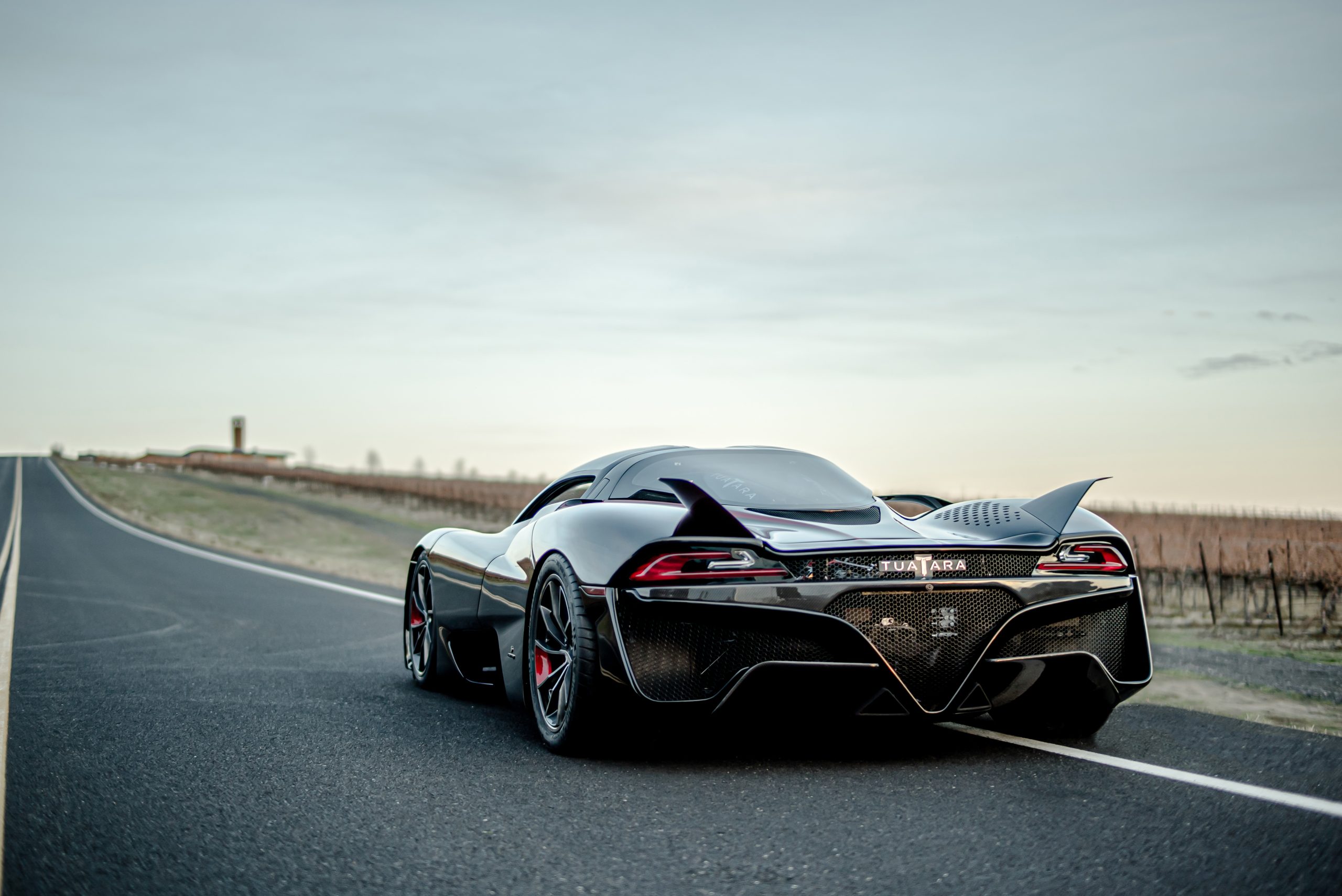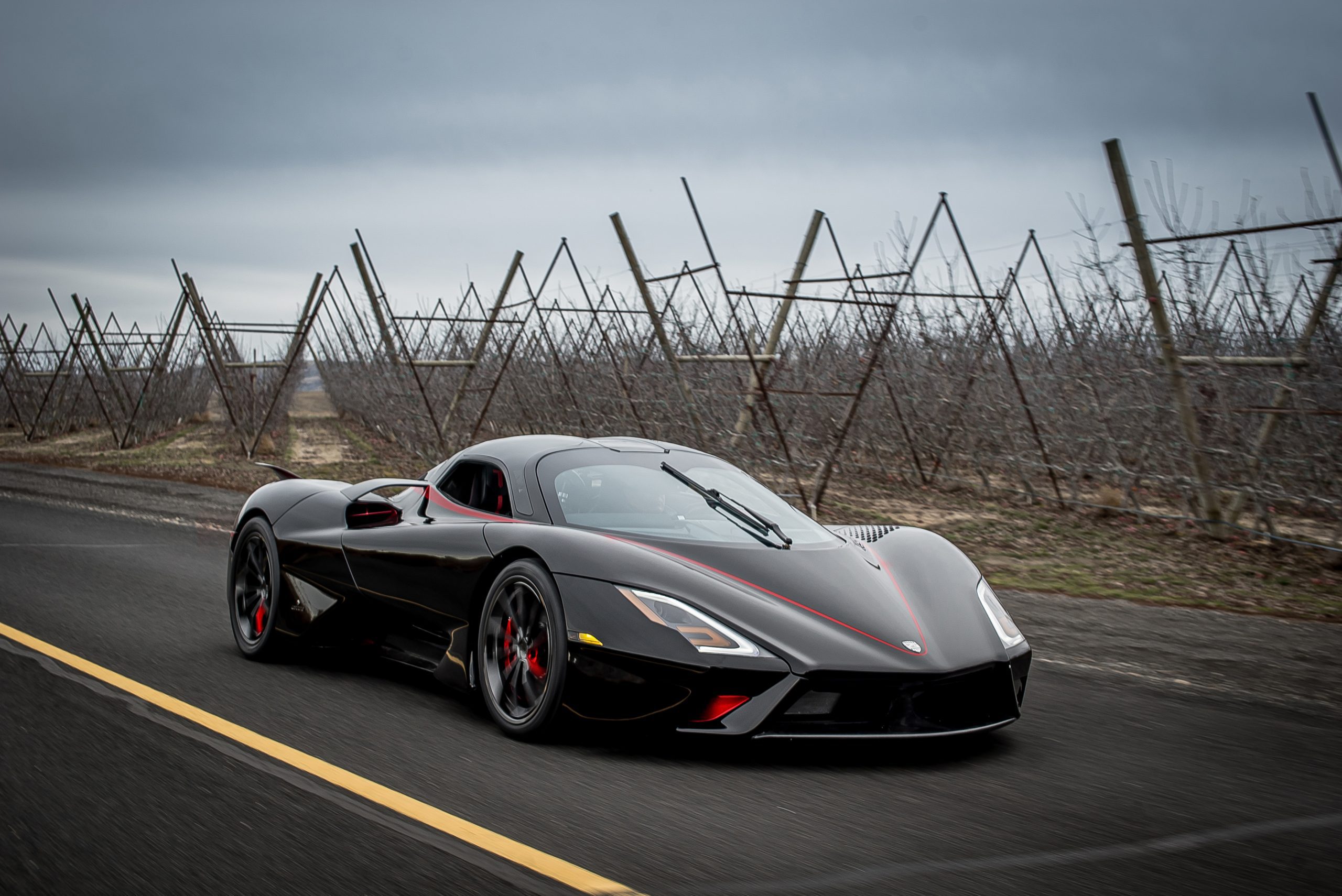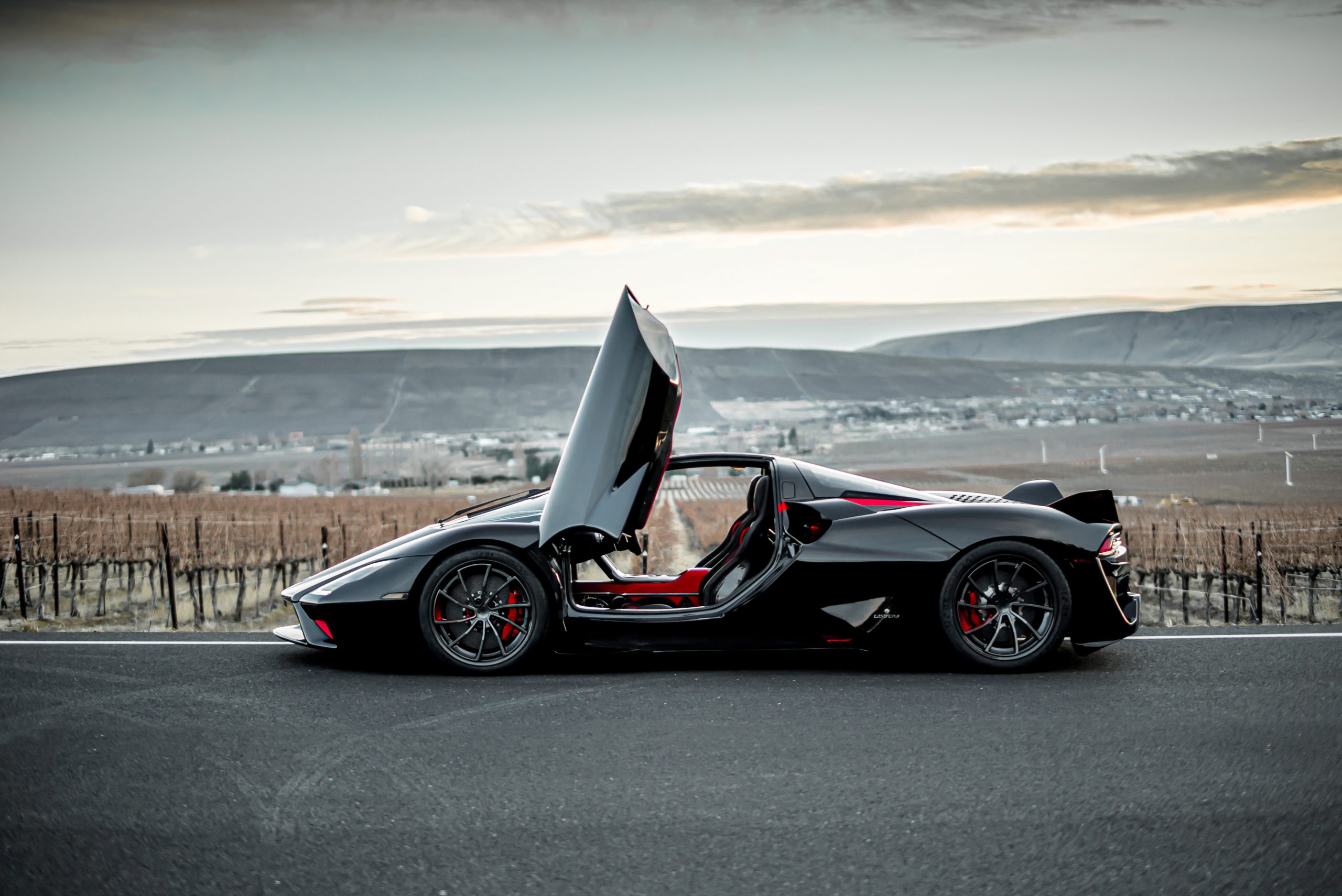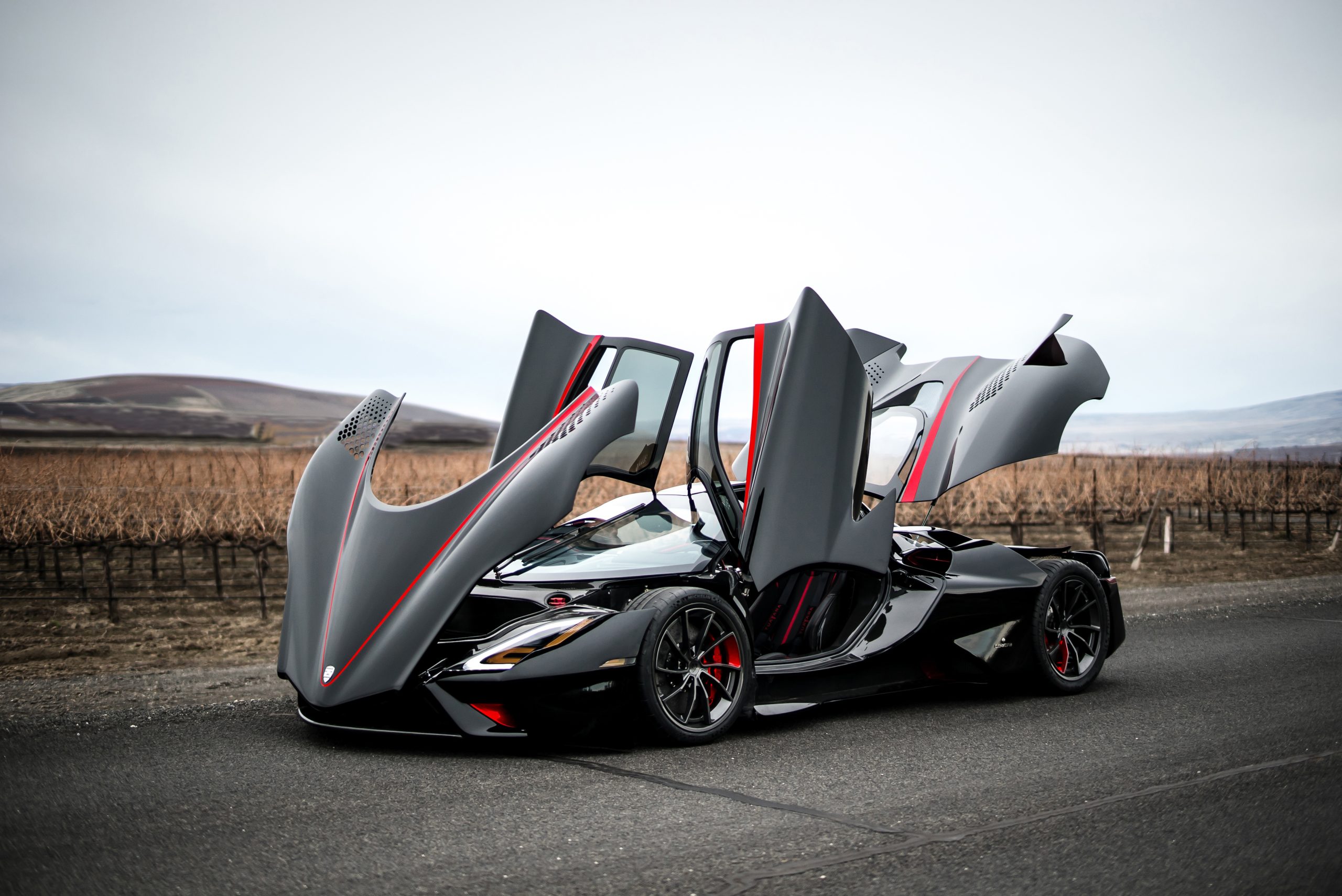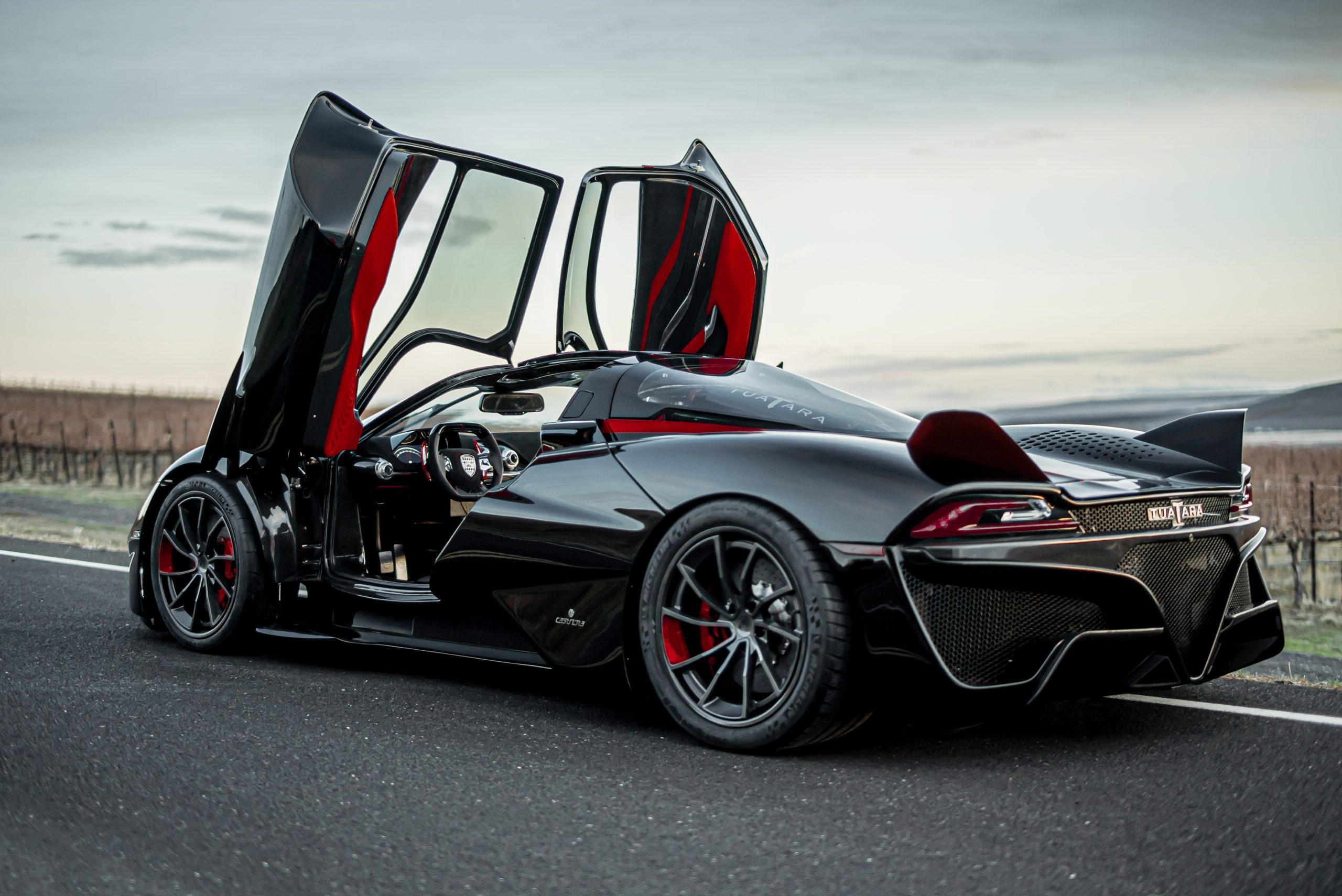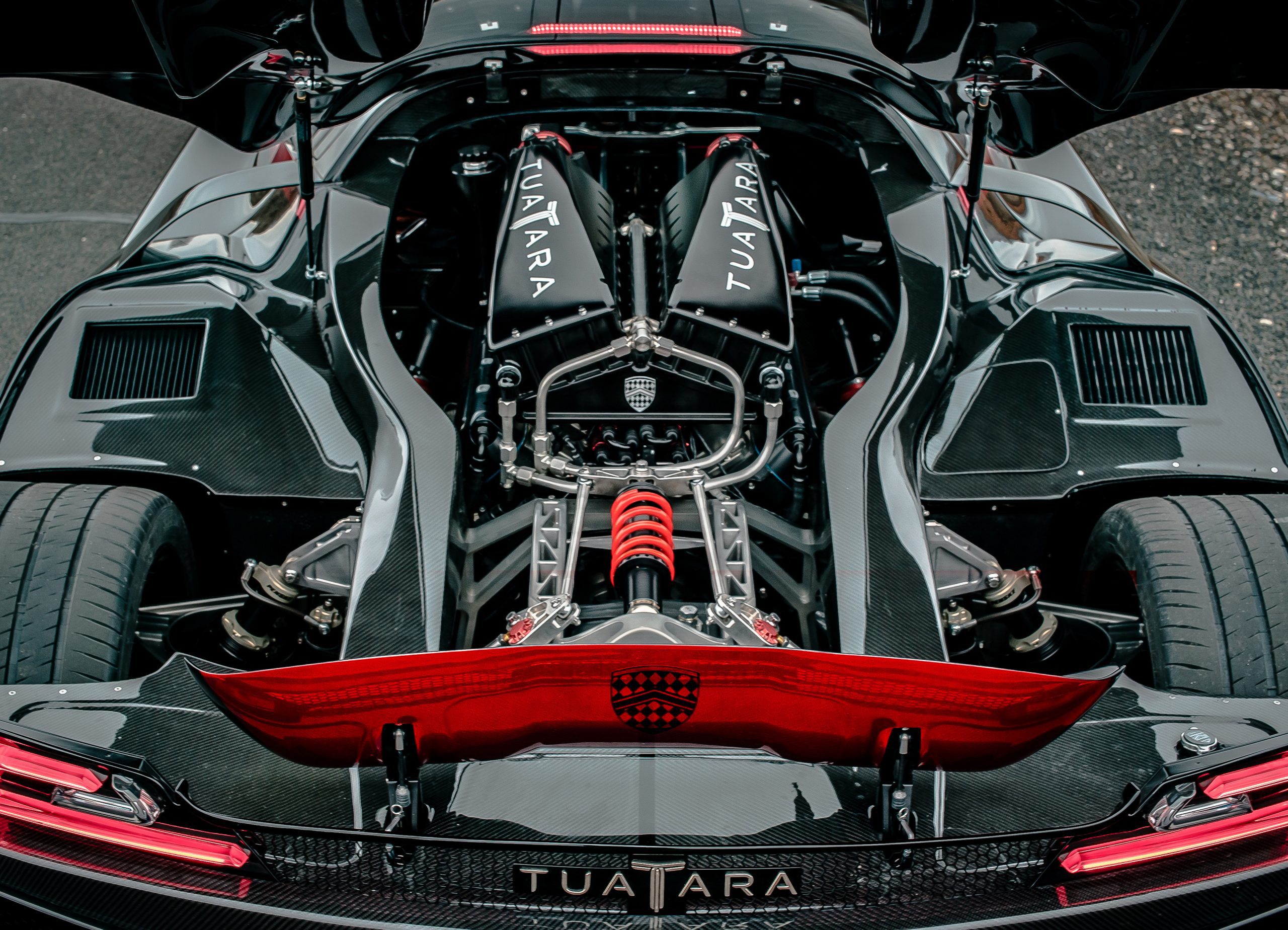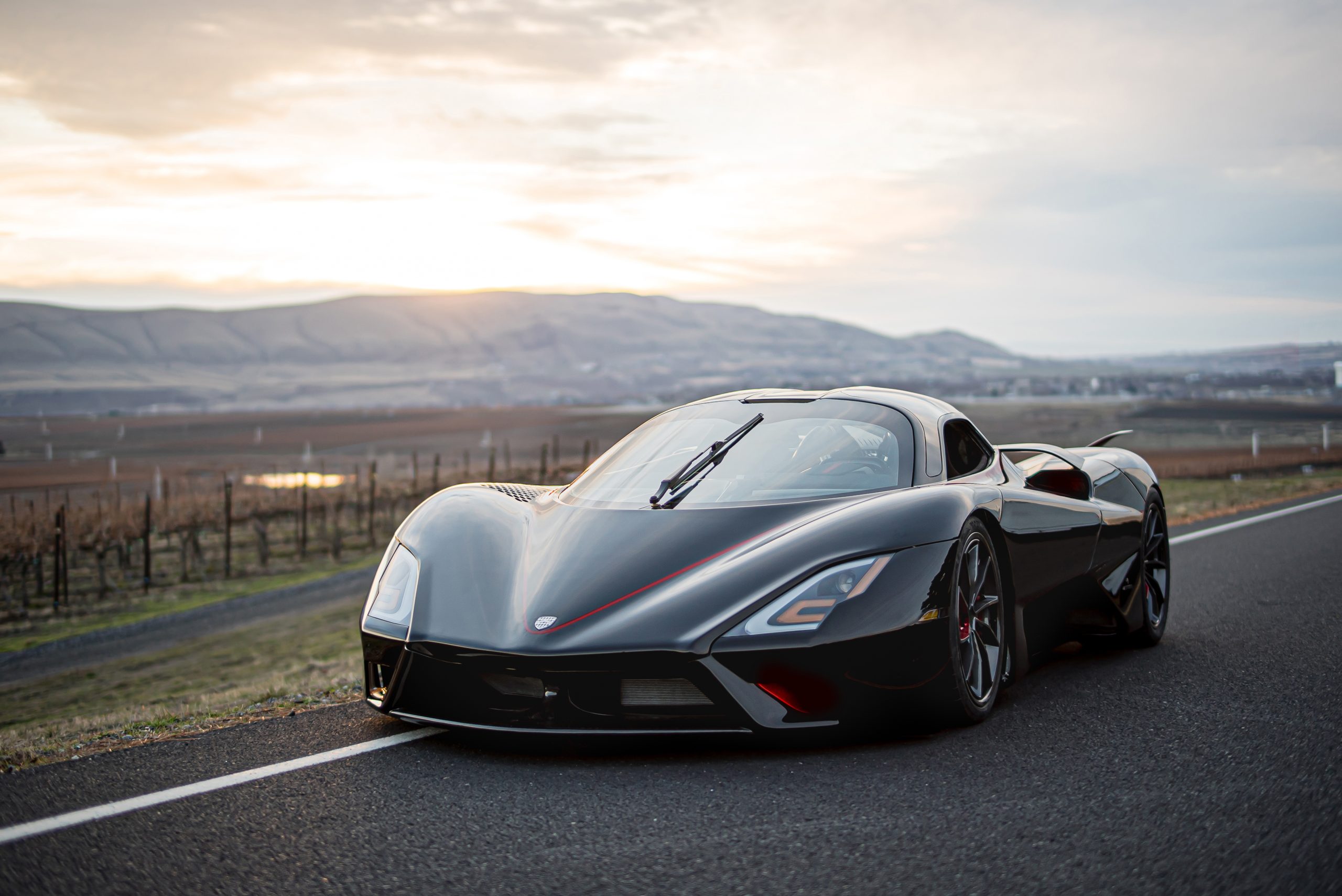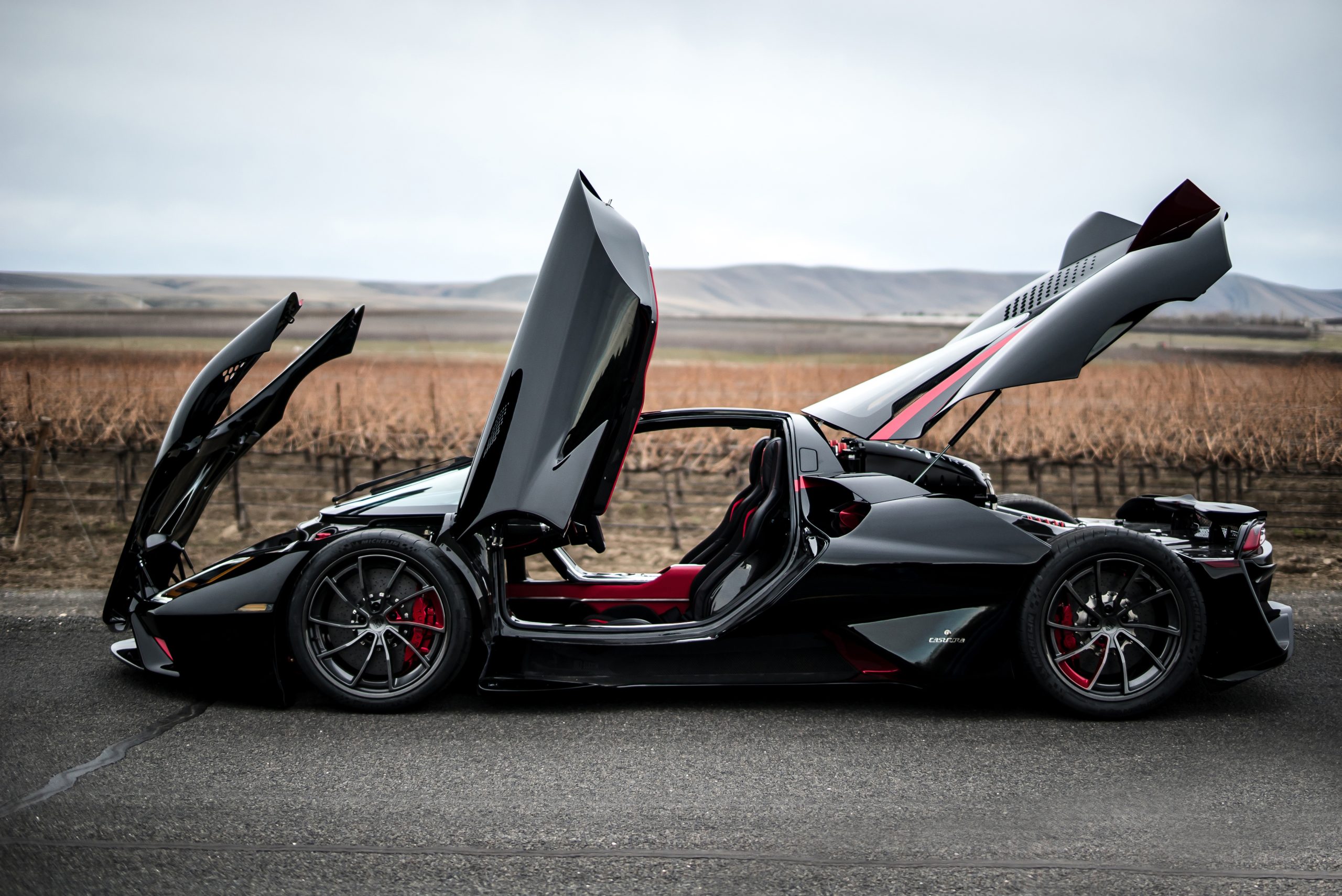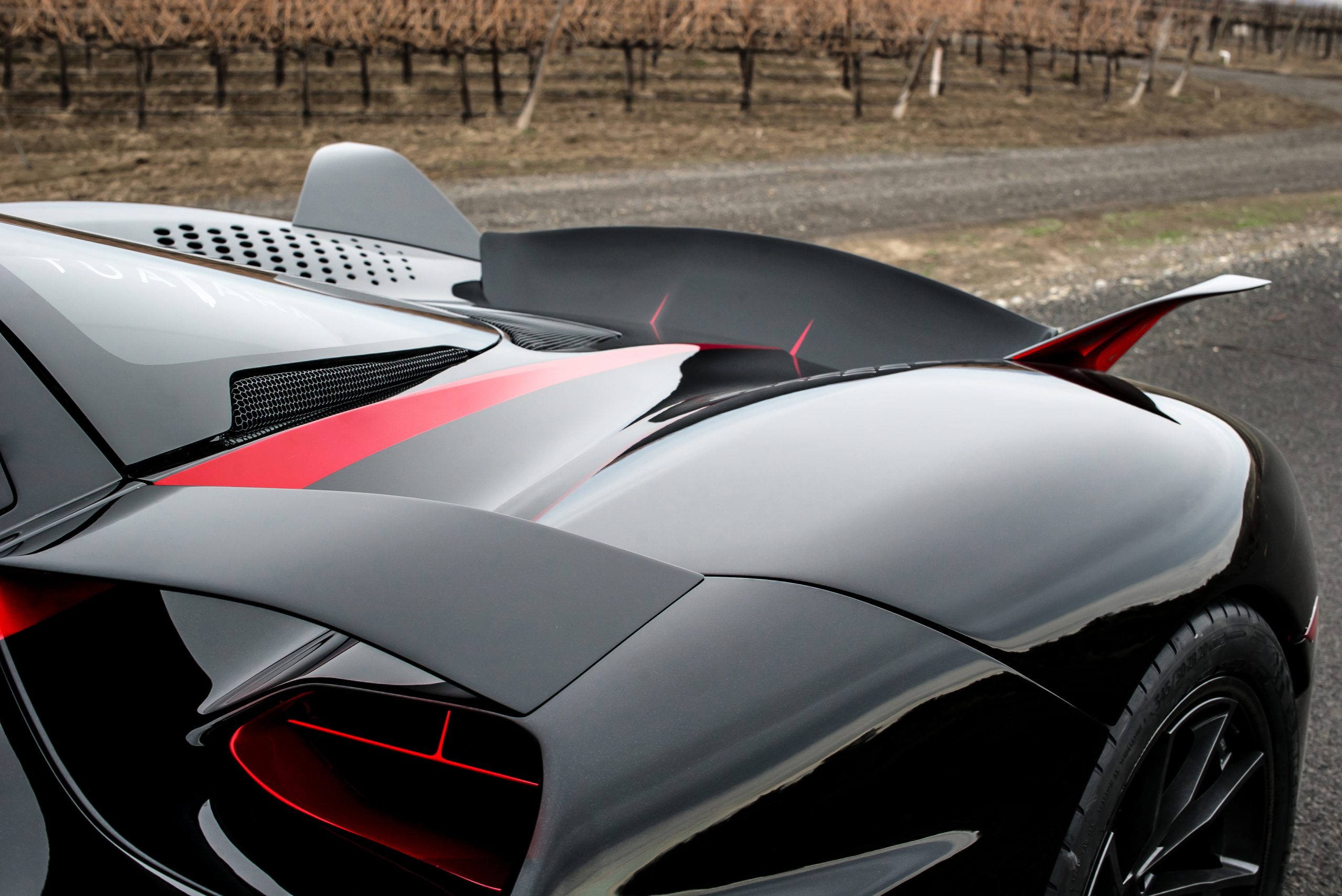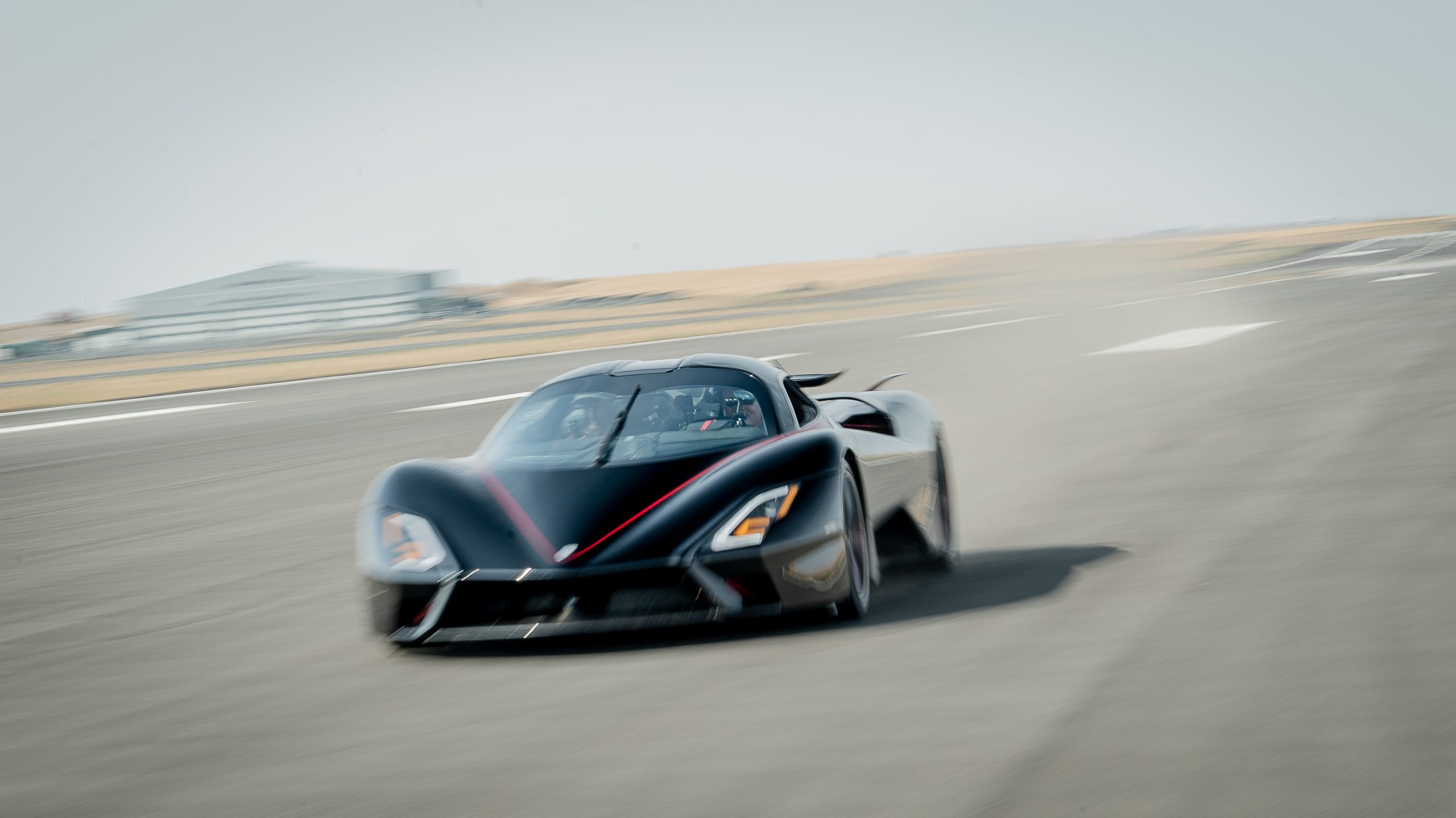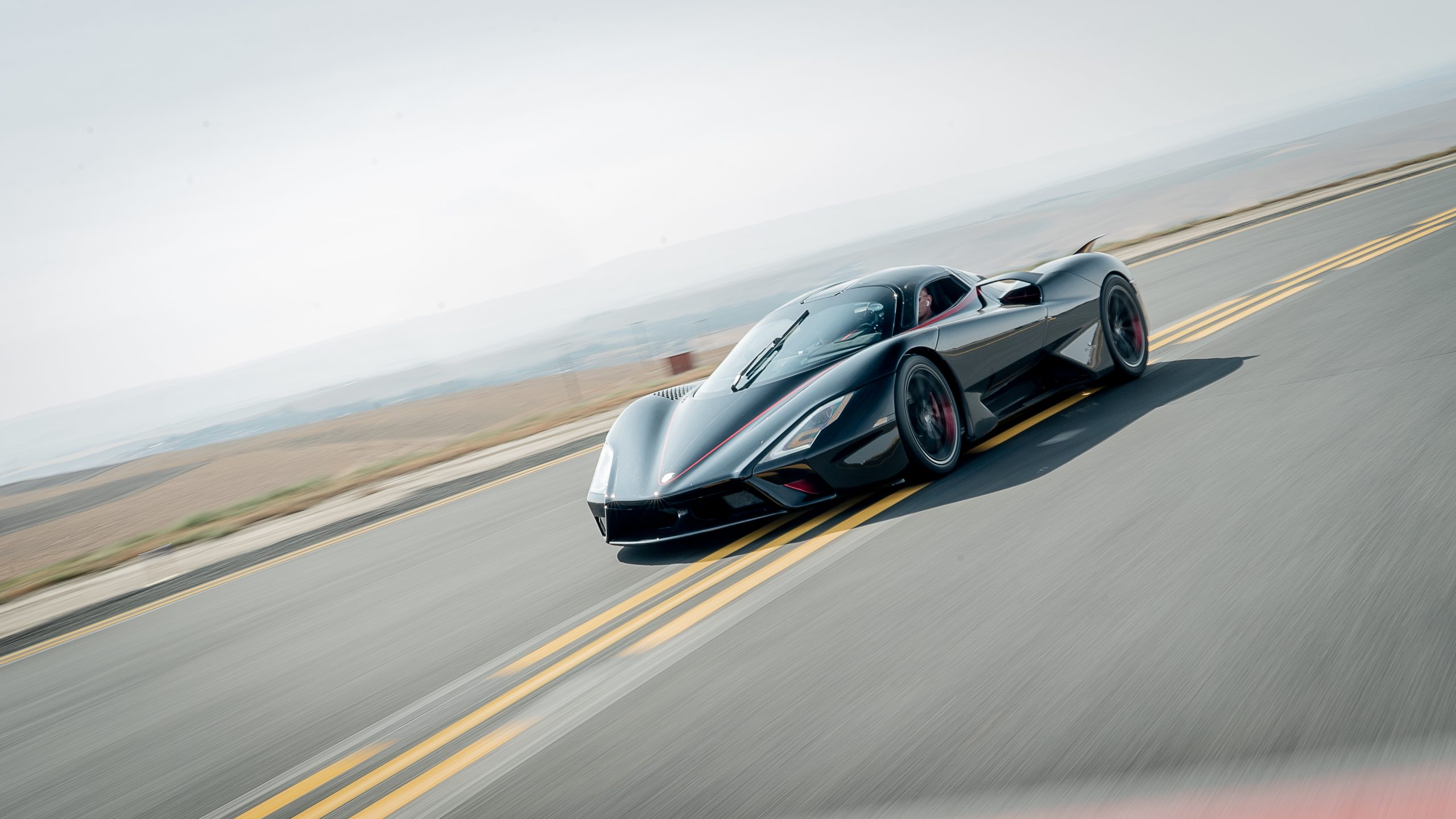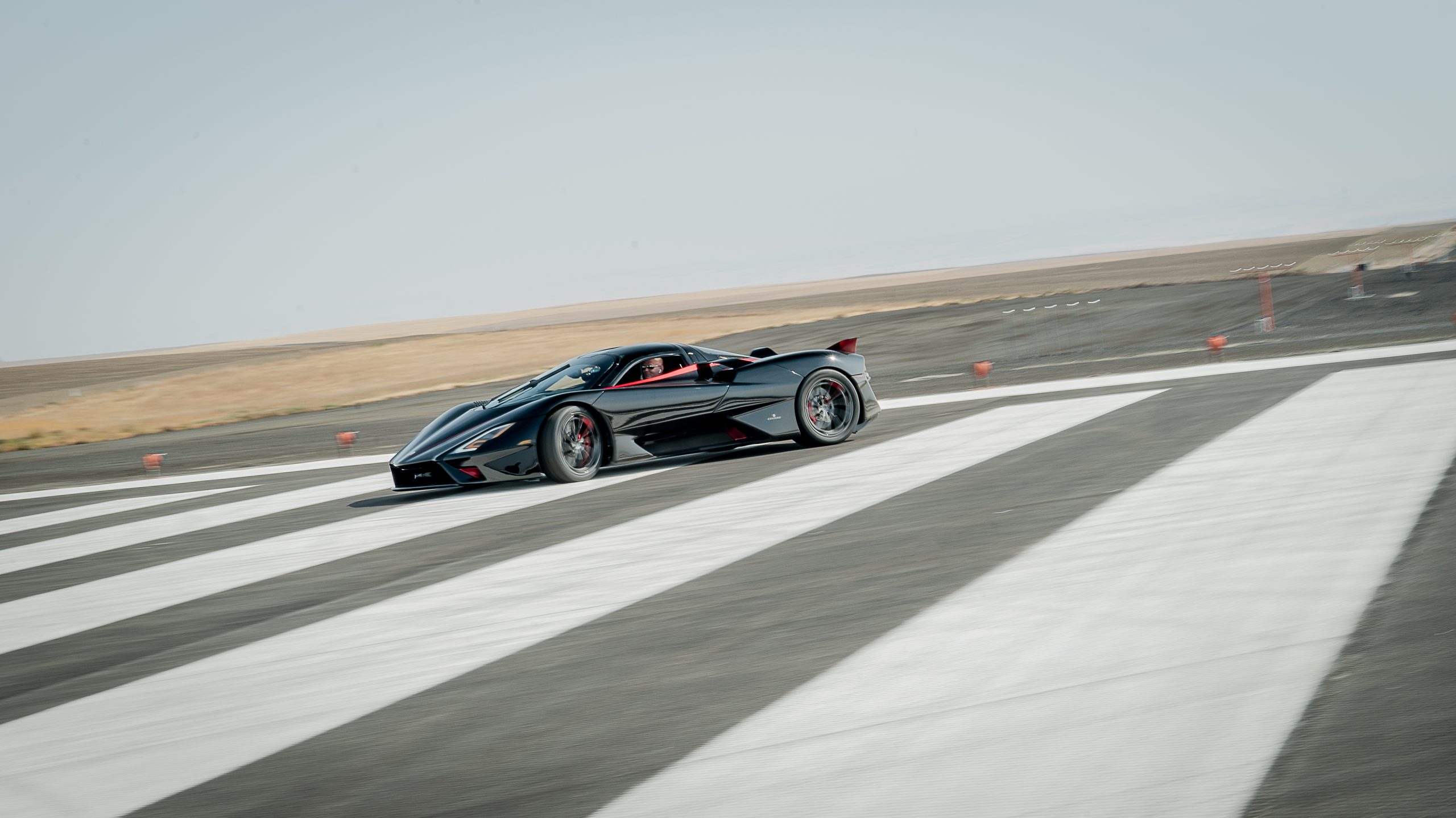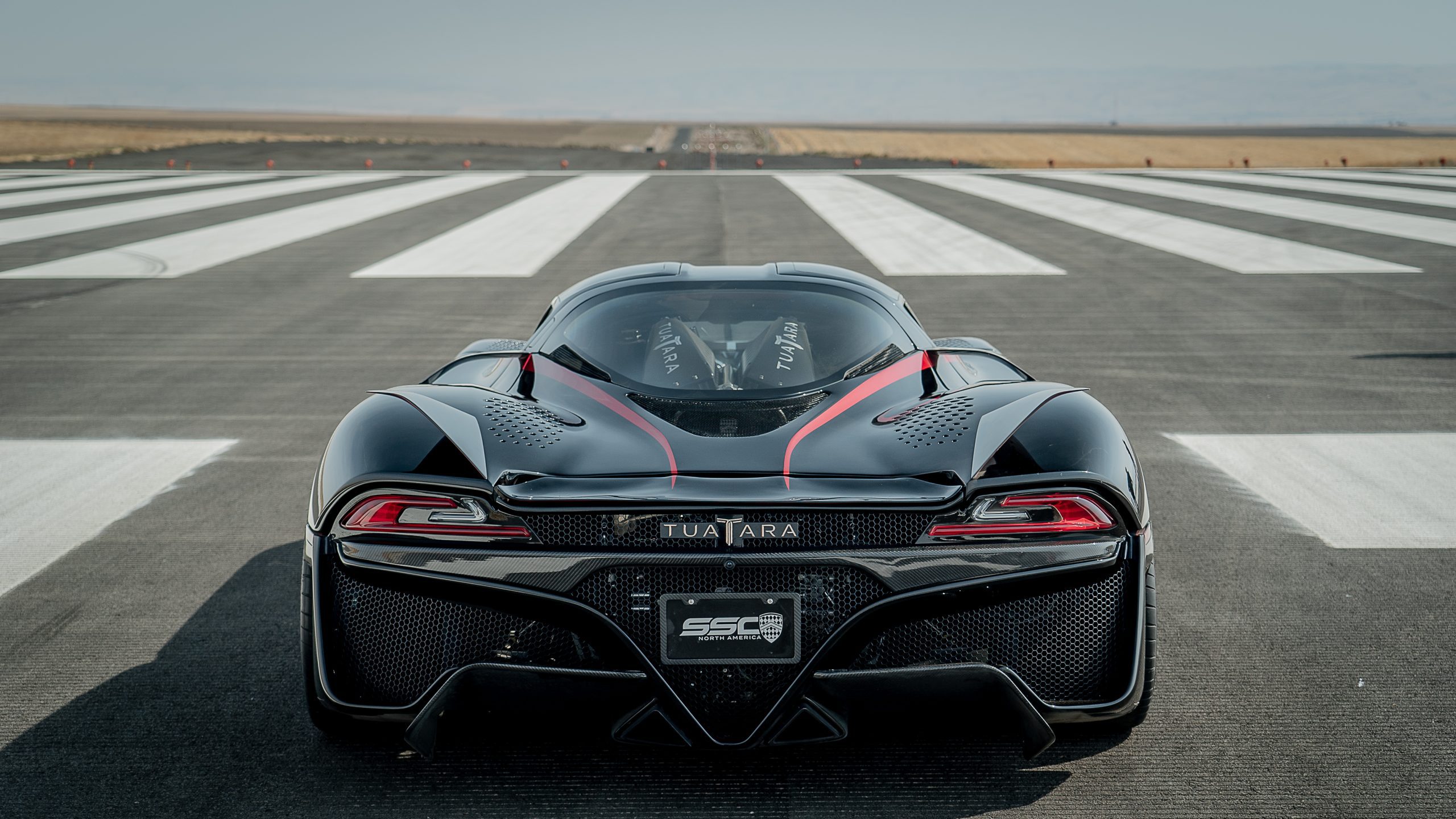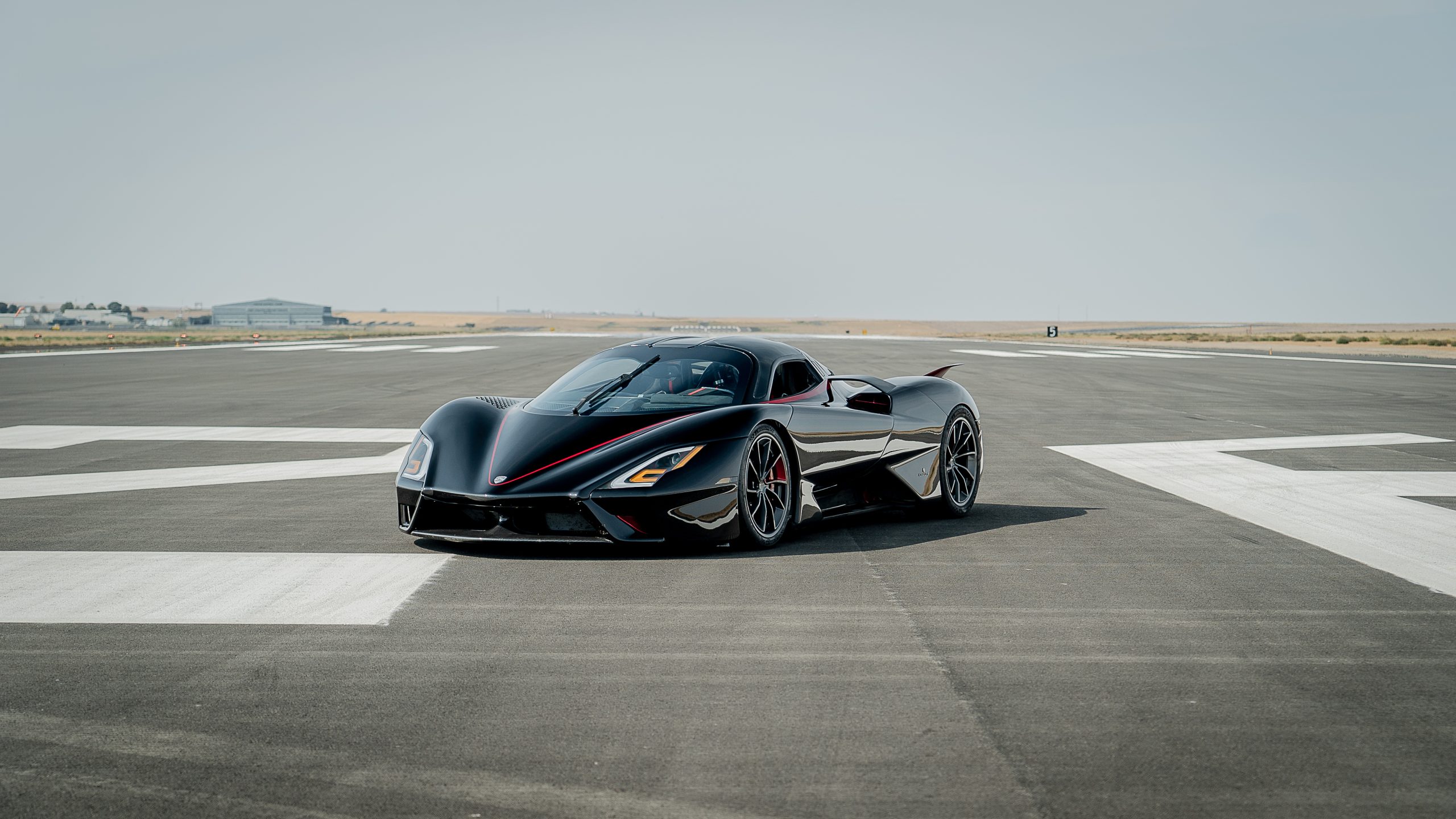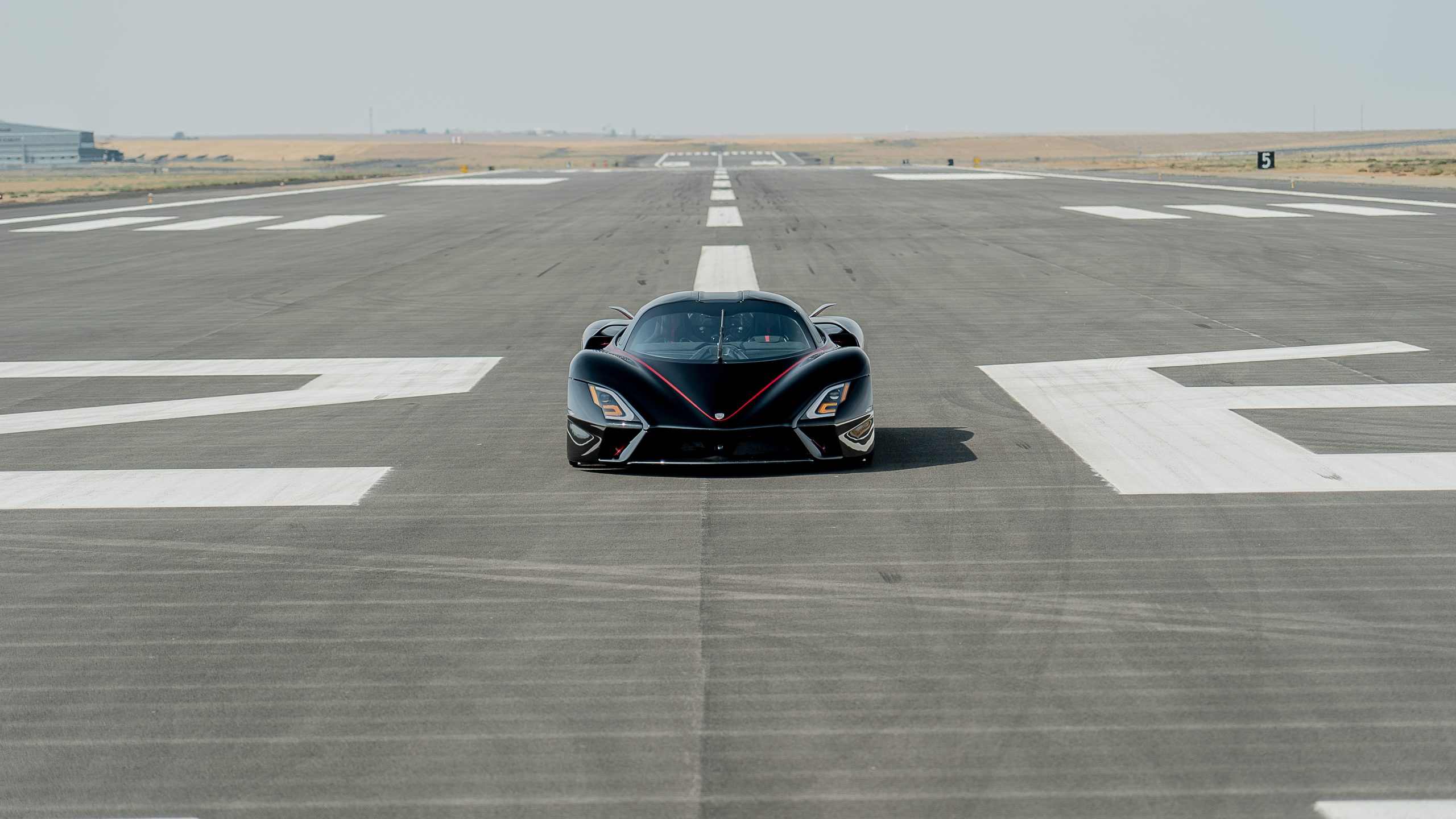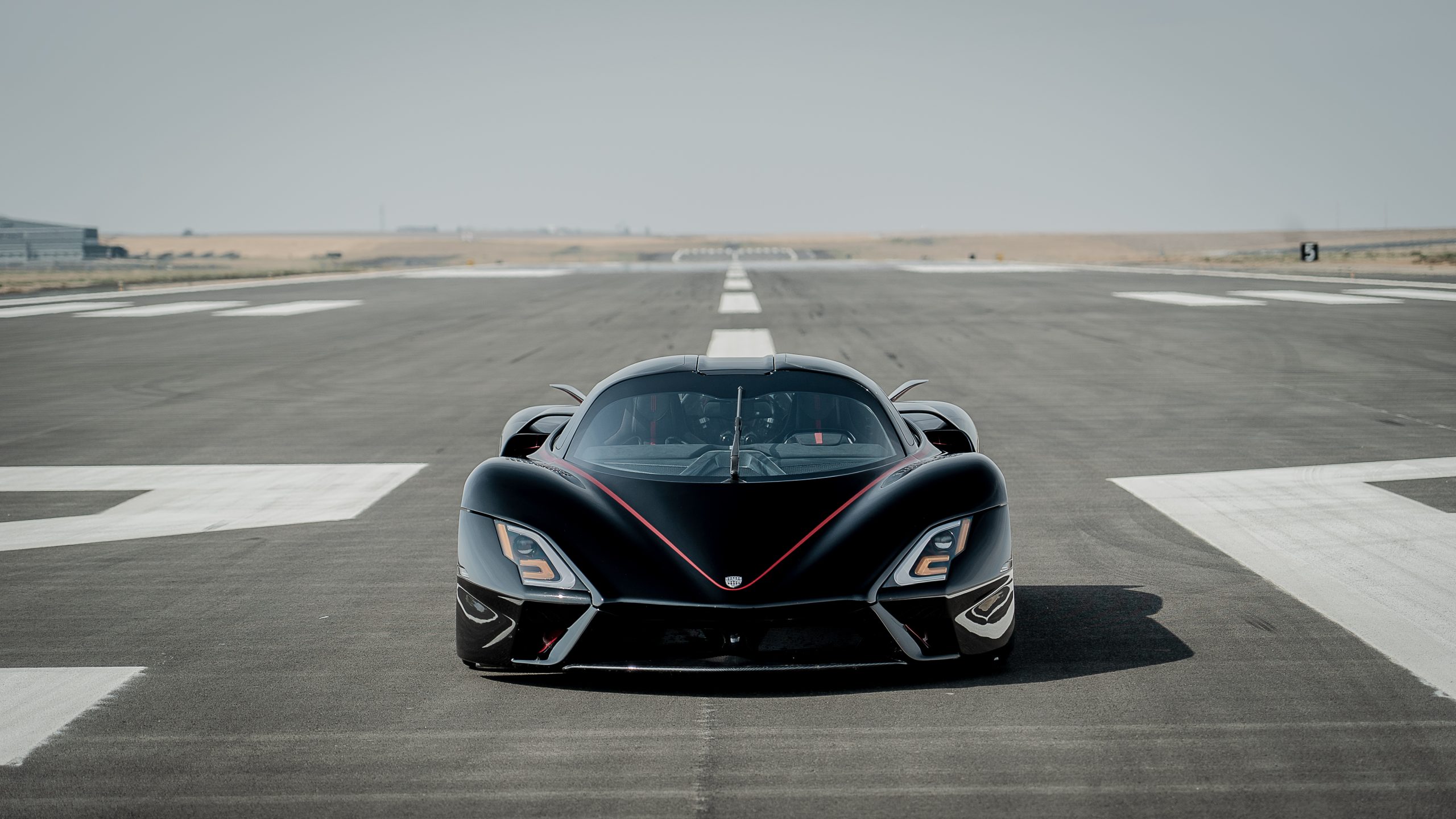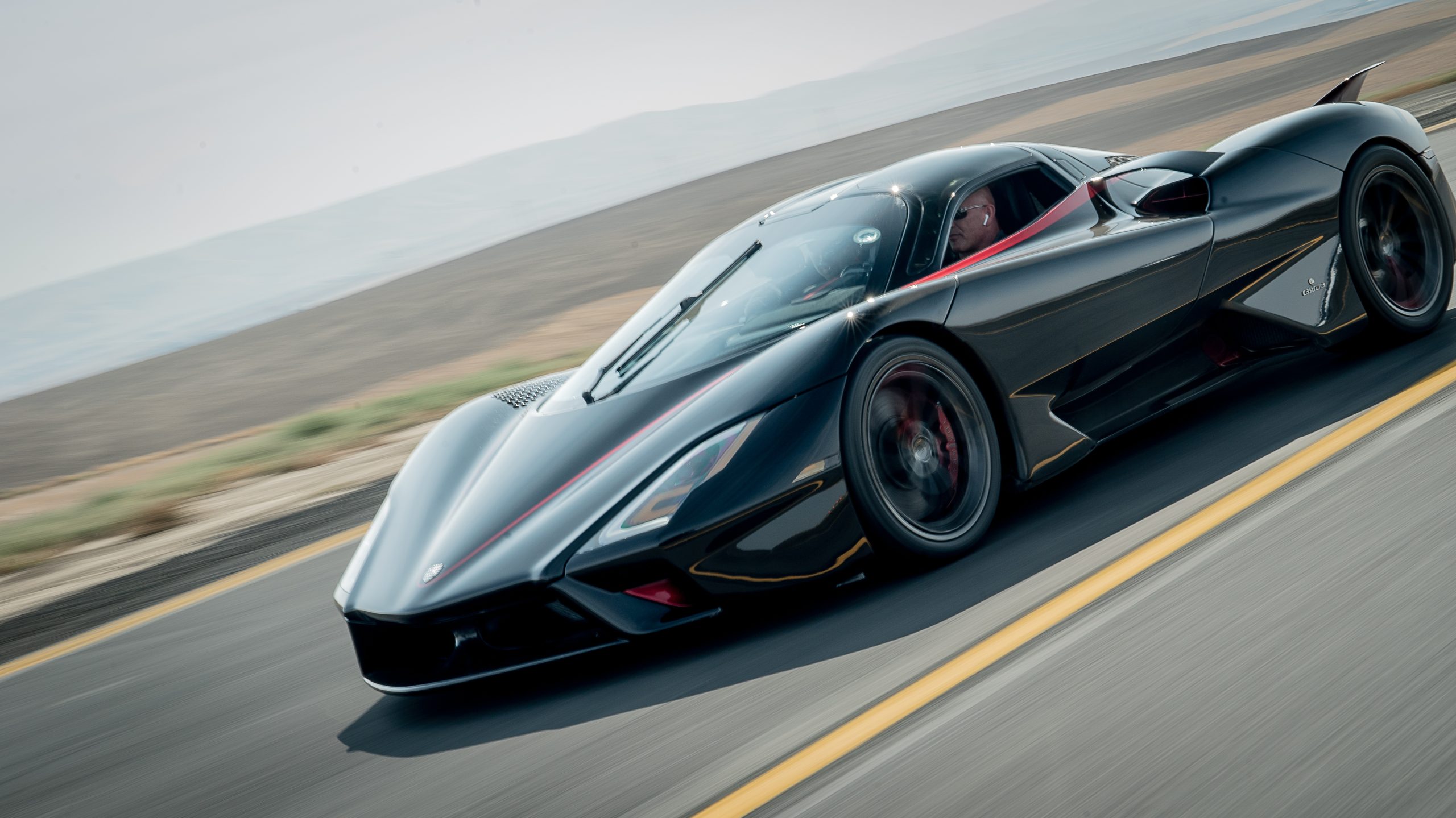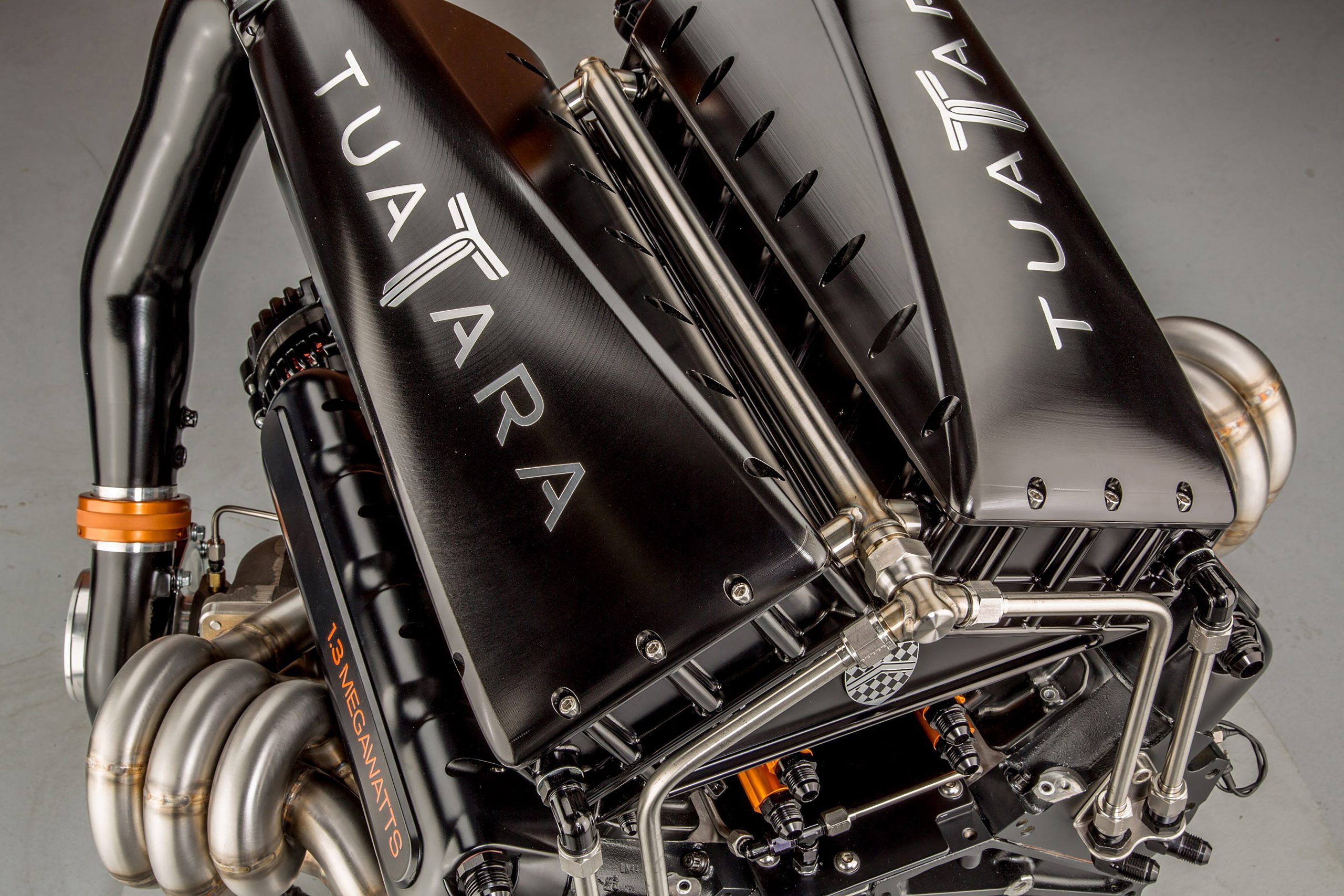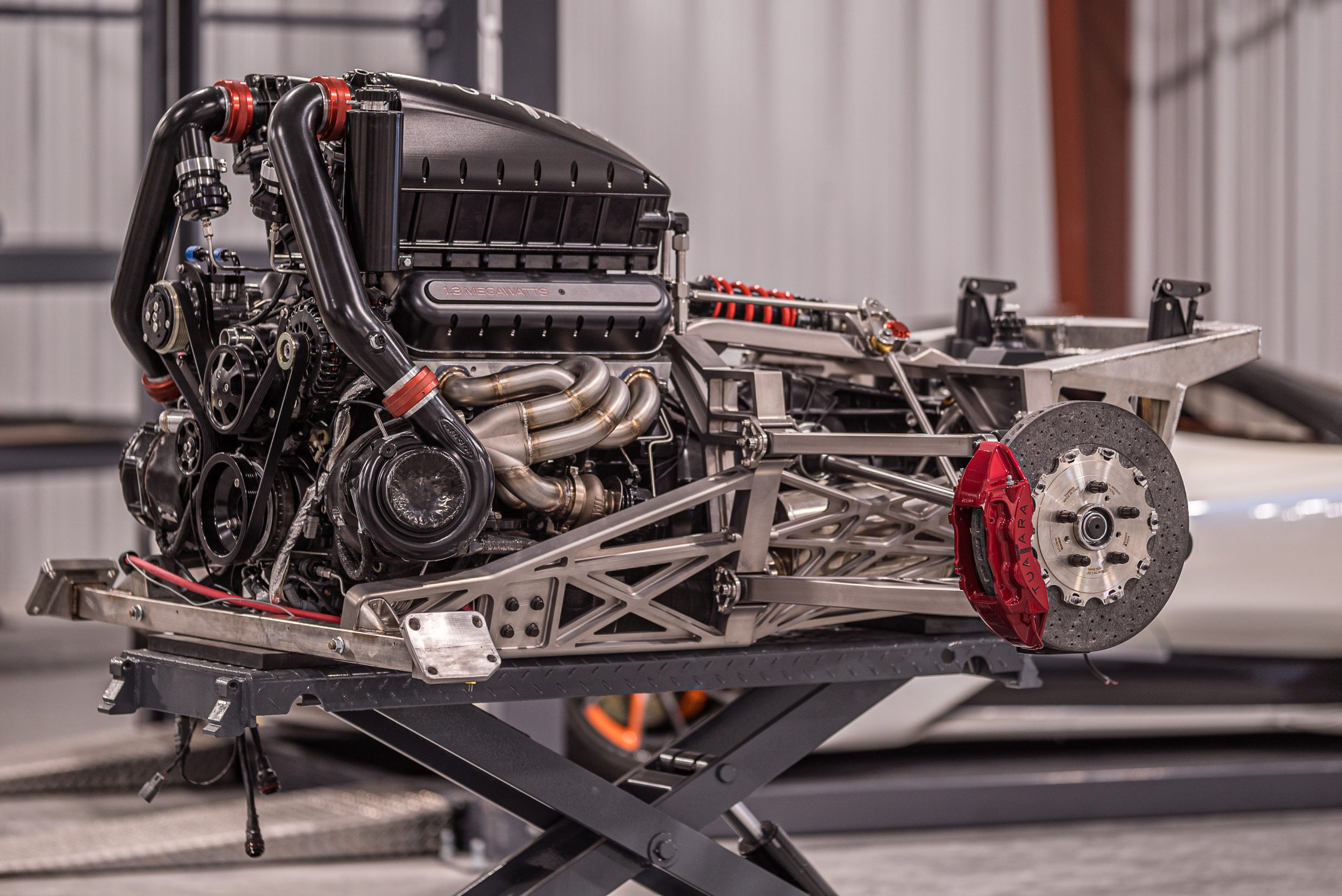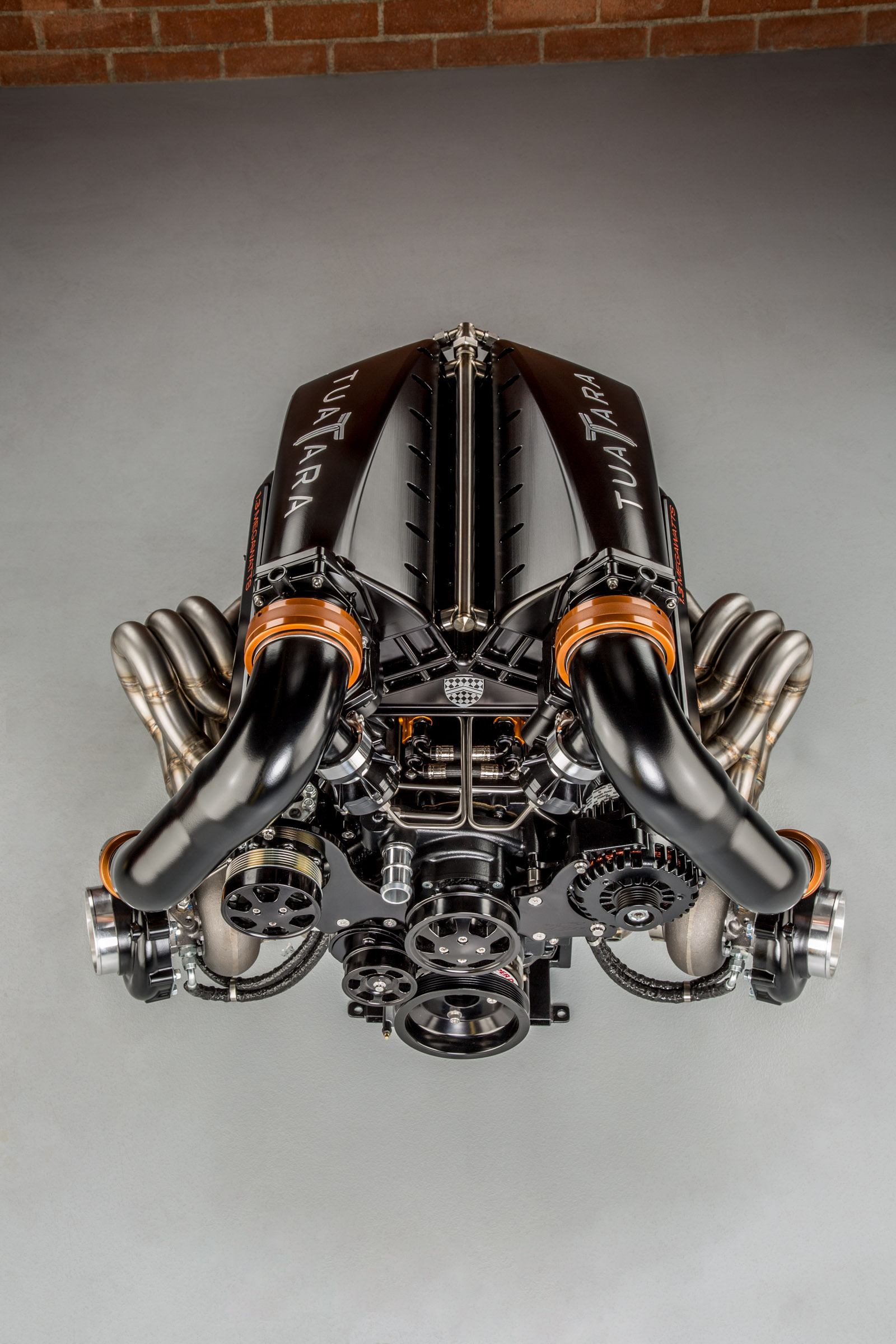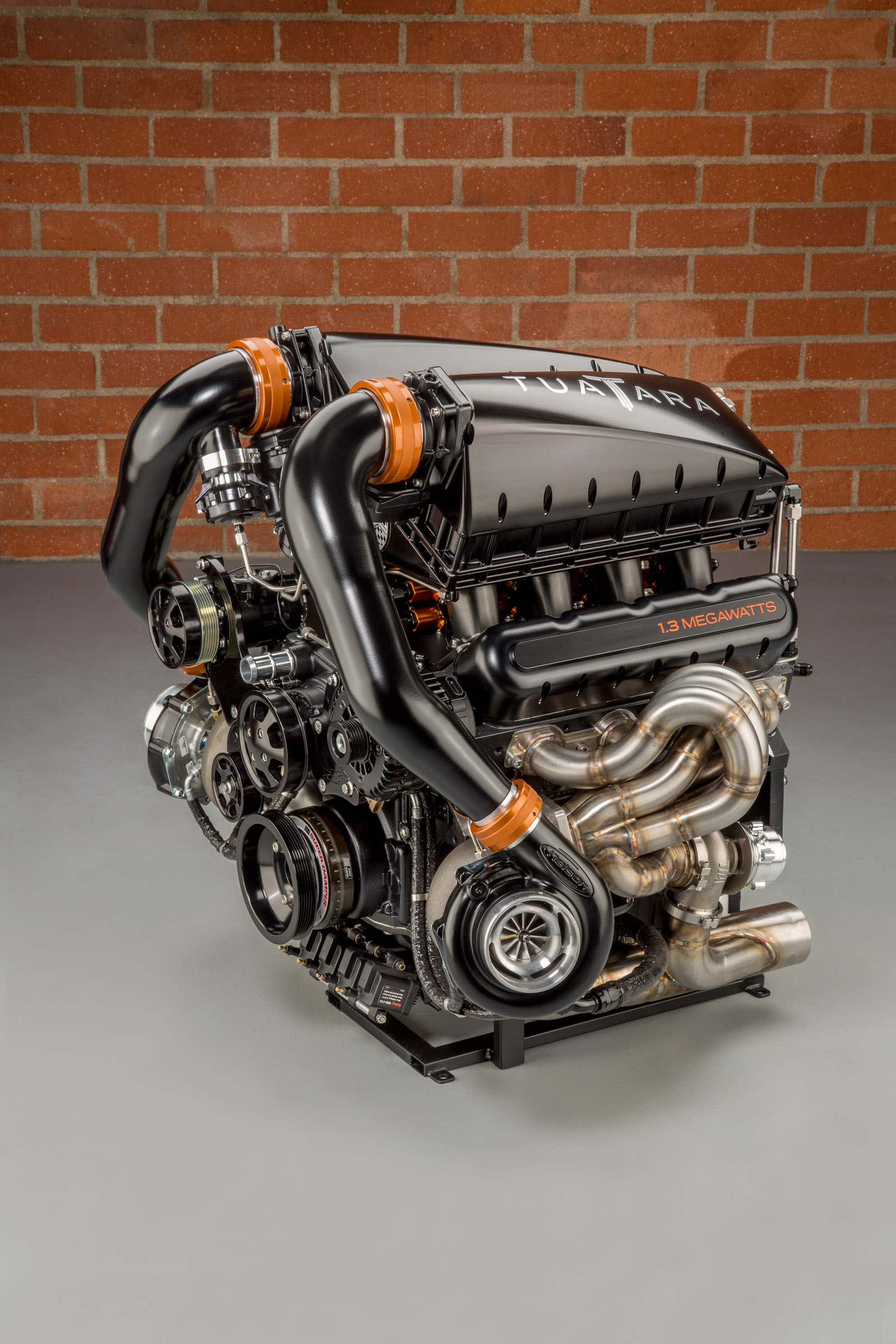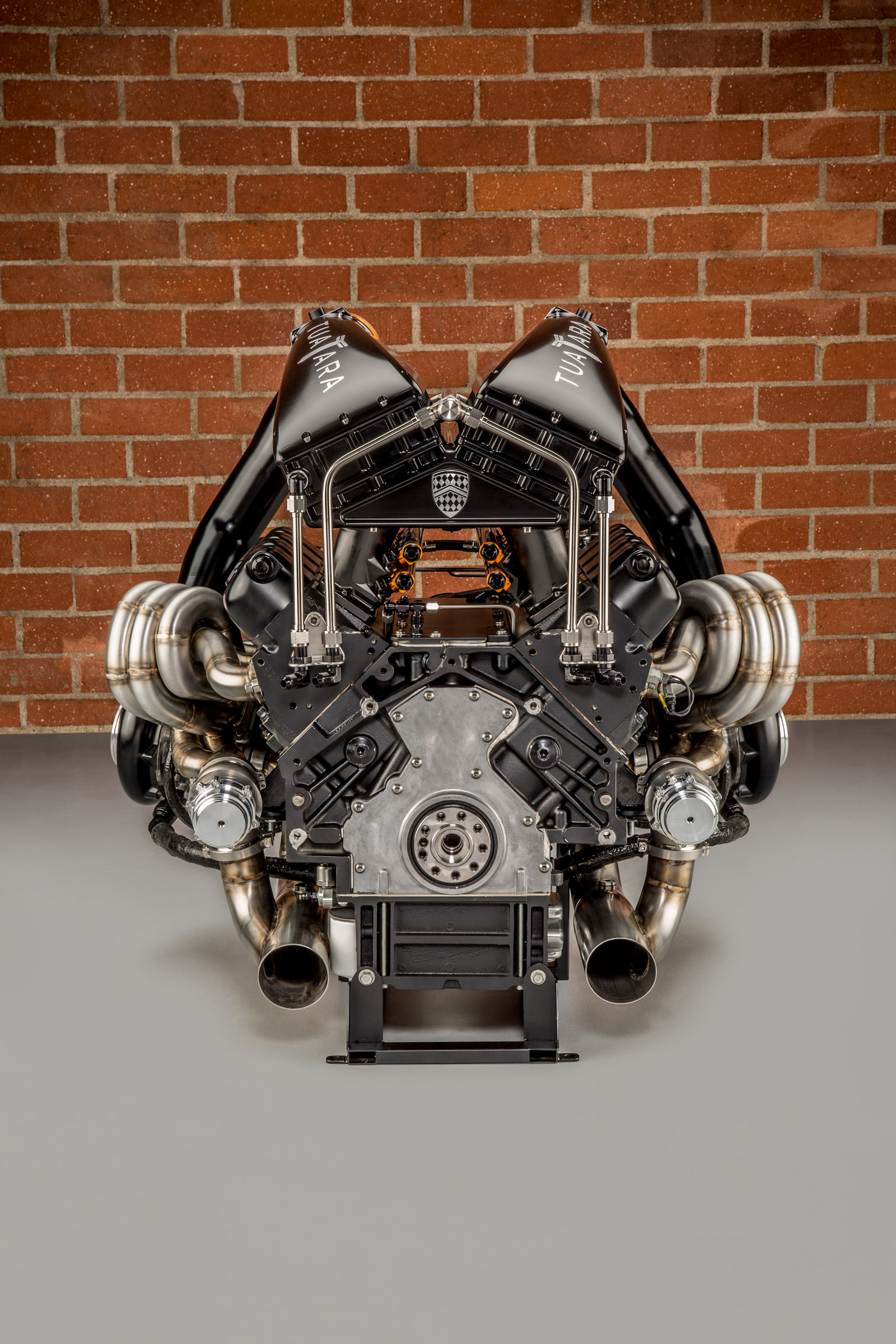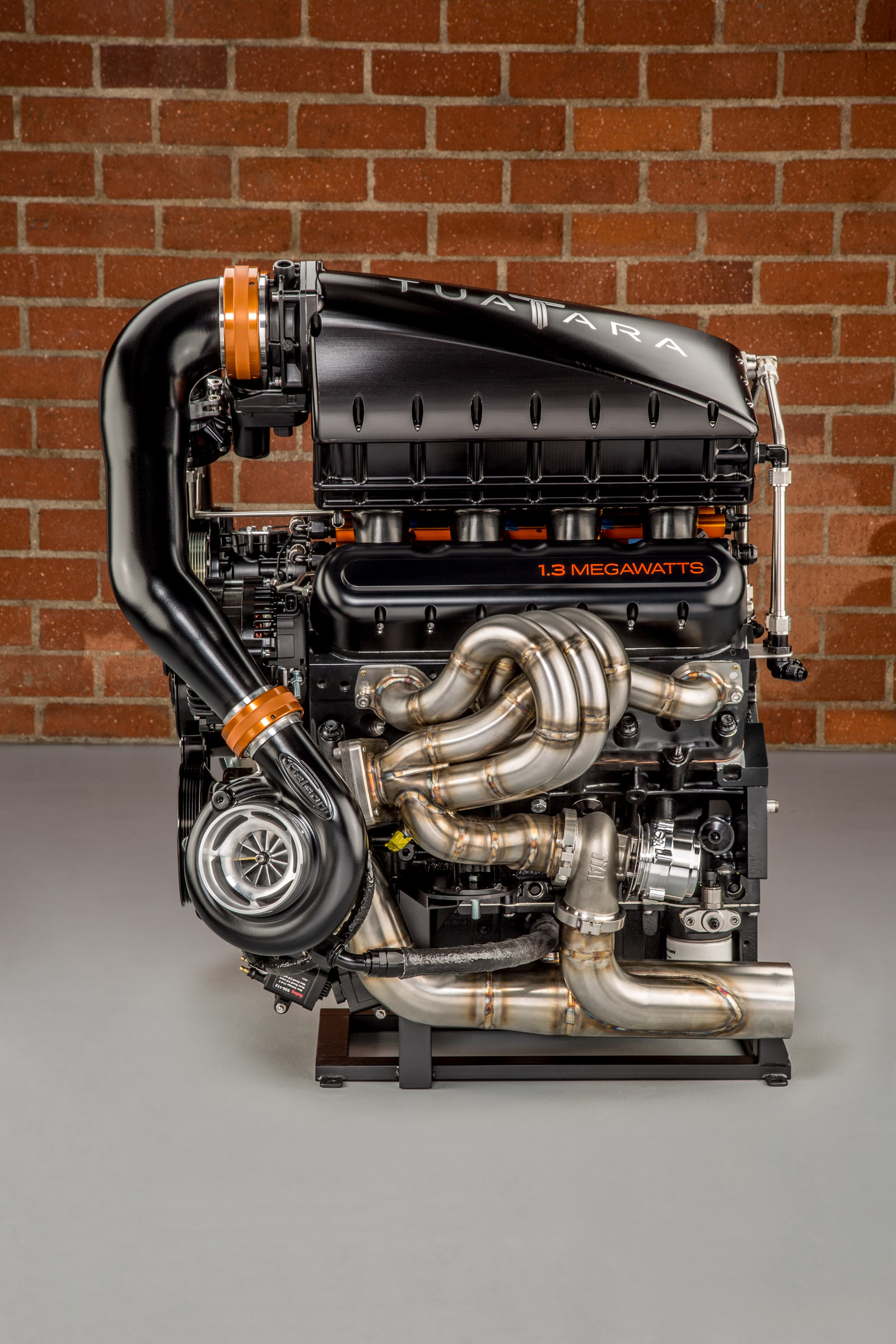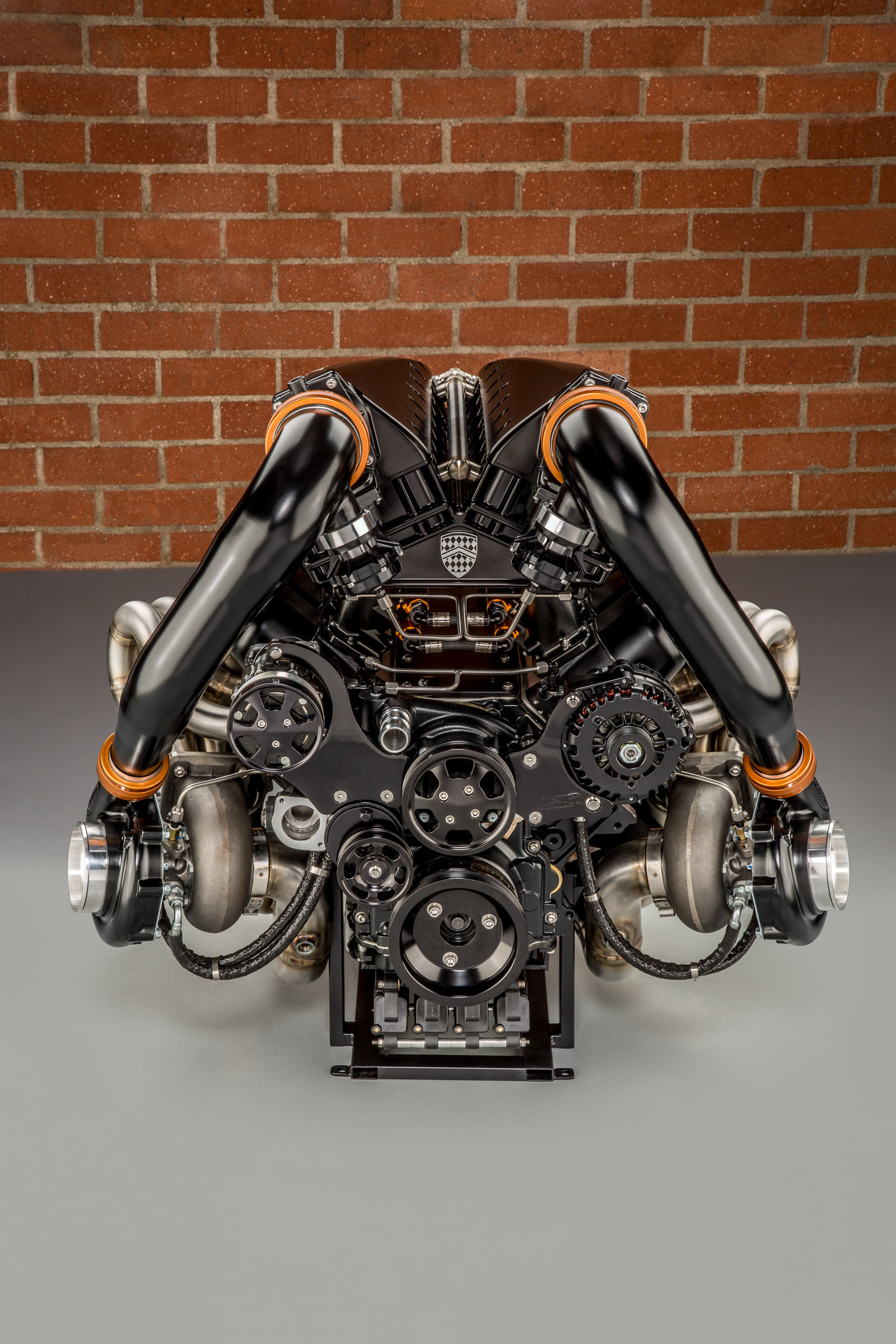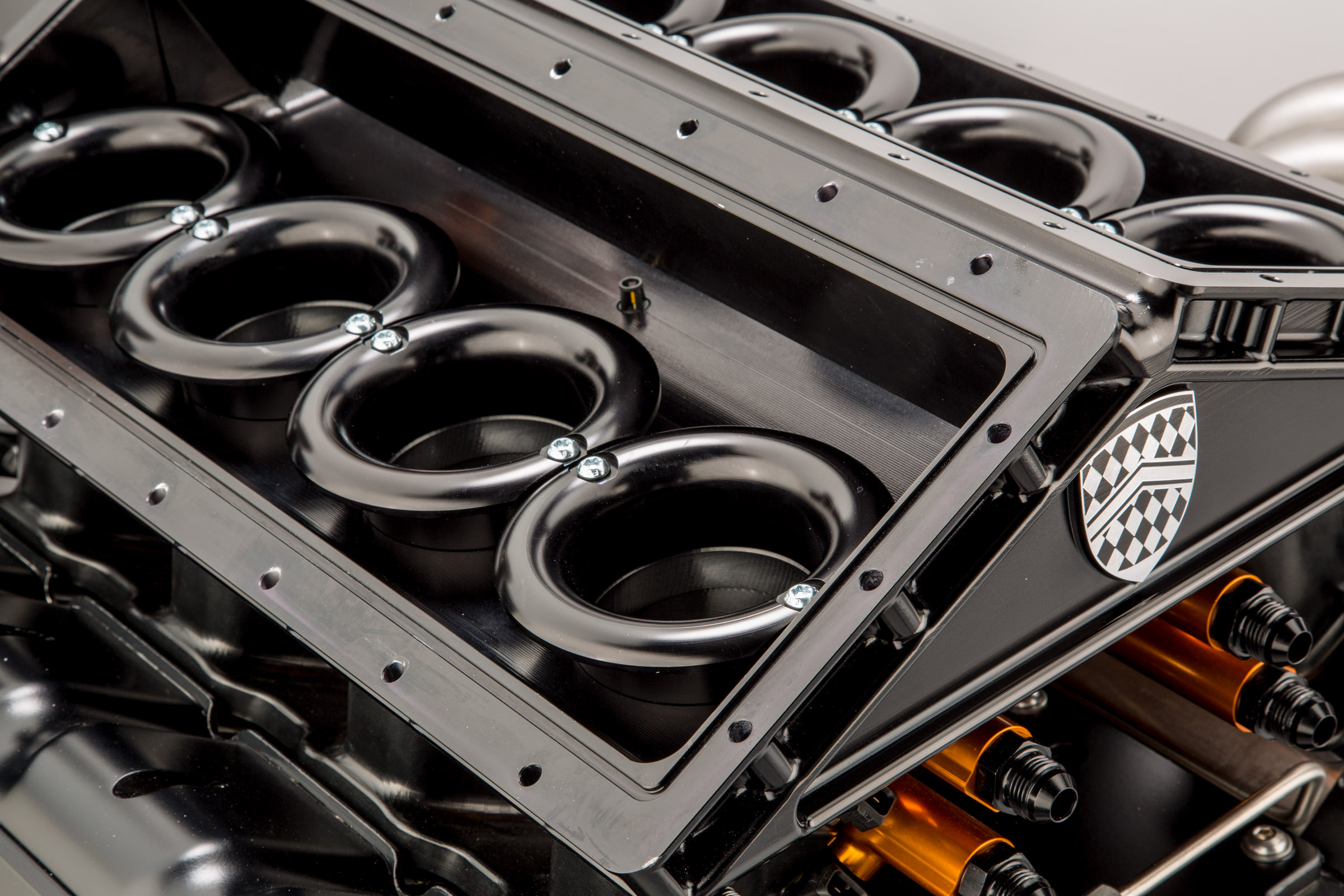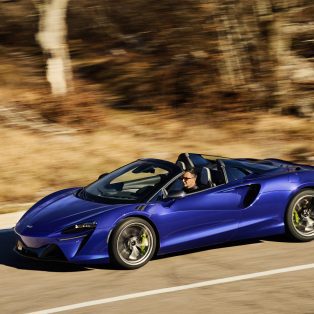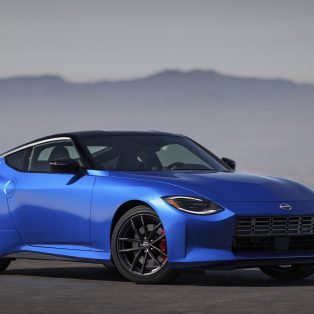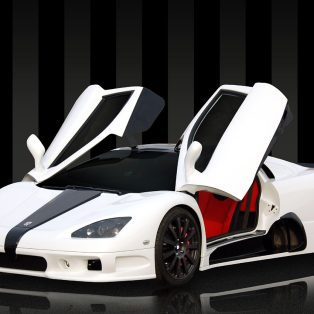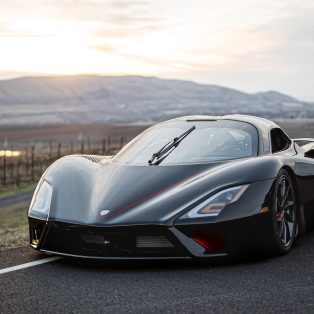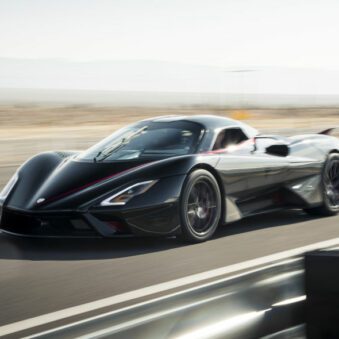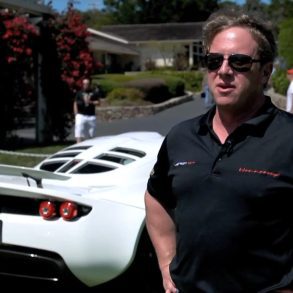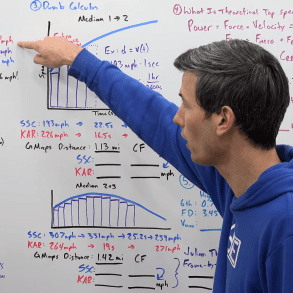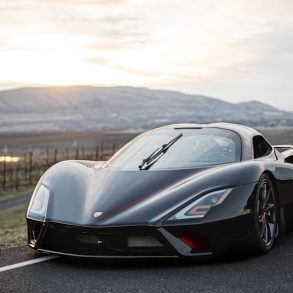SSC North America, formerly known as Shelby Super Cars (SSC), has had a relatively short life in the supercar industry. Started in 1998 by founder Jerod Shelby, they did not wait around for things to come to them, and started immediately into the development of a prototype supercar. After just 6 years of development, they came out with the first demonstration prototype of what would become the SSC Ultimate Aero.
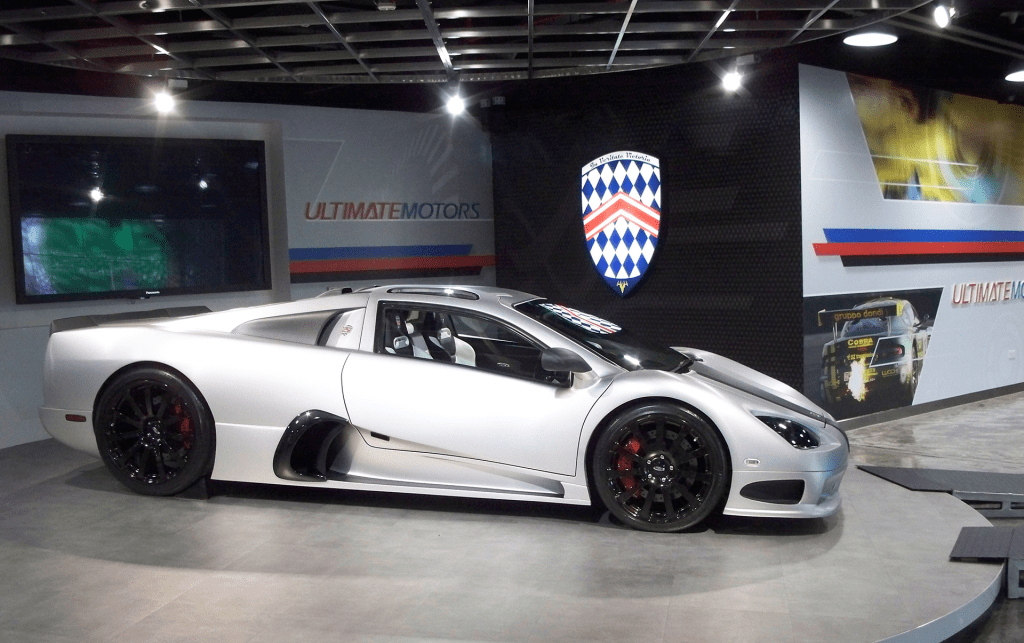
That prototype attracted enough interest to establish a rapid to-market program, with two production demonstrators appearing in both 2004 (SC/8T Number 1) and 2005 (SC/8T Number 2), attracting a lot of orders as the speed and stability of the supercar was shown off. The SSC Ultimate Aero, in production form, started deliveries in 2006, and was sold all the way up to 2013 with a one-off final model, the SSC Ultimate Aero XT.
It is important to outline the development history of SSC North America because from that first model, enough investment and profit was garnered to begin the development of the Ultimate Aero’s successor, the Tuatara, way back in 2011. A rolling concept of the Tuatara was displayed at the Pebble Beach Concours d’Elegance that year, drawing attention because of it’s wild aerodynamic shape, rear fins instead of a wing, and its surprisingly small dimensions.
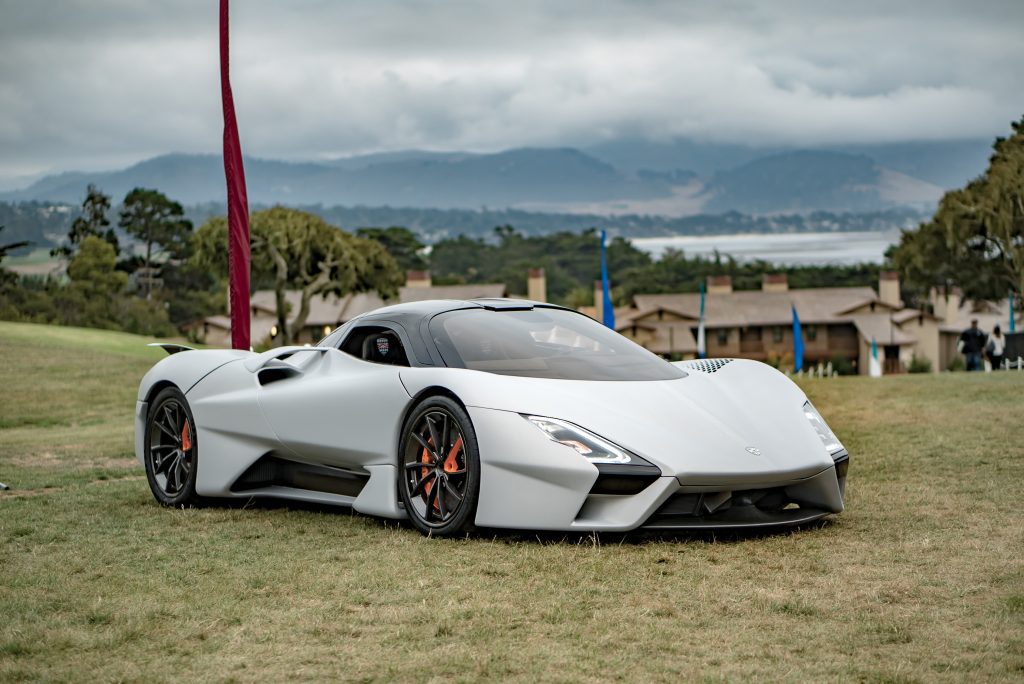
The car then simply seemed to up and disappear, and not much was heard from SSC North America until August 2018, when out of almost nowhere, the SSC Tuatara’s production prototype surfaced and was shown to the general public. Designed by Jason Castriota, formerly of Carrozzeria Pininfarina, it drew inspiration from all over the aerospace industry.
Orders were opened soon after the production prototype was shown around the 2018 car show and concours circuit, with all 100 build slots being bought out within a few months. Production was slated to begin in earnest in 2020, but due to the global pandemic, full scale production was not fully realised until late 2022.
Engine & Performance
SSC North America partnered with Nelson Racing Engines for power unit assembly, sourcing the engine sub-assembly from Linder Power Systems and Costruzione Italiana Macchine Attrezzi (CIMA) for a bespoke 7-speed semi-automatic dual clutch transmission.
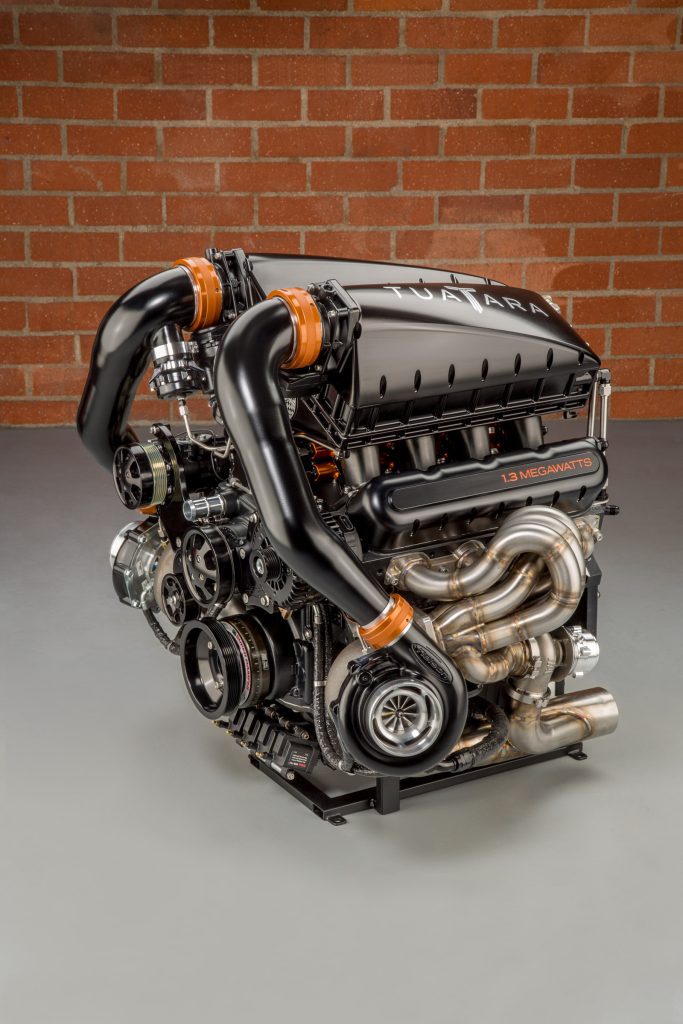
The engine itself is a 5.9L twin-turbocharged flat-plane crank V8 that has multi-fuel/flex-fuel capabilities. On 91 octane (US scale) it produces a staggering 1,350 HP (1,000 kW), rising up to 1,750 HP (1,300 kW) on E85 ethanol blend fuel. A special development version of the Tuatara, built to test the extremes of what the car can do, has had its engine modified to accept racing fuel (105 or greater US scale octane) and has reached 2,200 HP (1,650 kW) but breaks several rules for street legality.
With the carbon fiber and aluminum body and chassis of the Tuatara weighing in at just 2,750 lbs (1,247 kg) curb weight, even on 91 octane the Tuatara will shatter the 60 MPH barrier from a stop in 2.5 seconds, and will hit 120 MPH in 6 seconds dead if the pedal is buried into the floorboards.
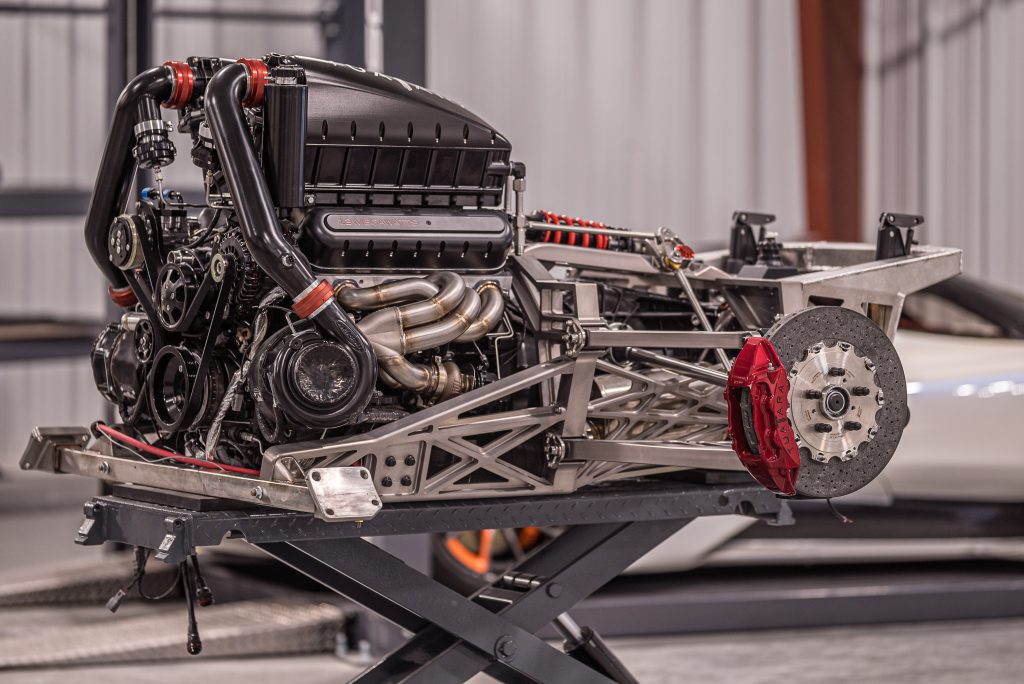
Because the shape of the body is so slippery, achieving the lowest coefficient of drag in the hypercar sector at 0.279, the SSC Tuatara has a theoretical top speed of 340 MPH (547 KPH). This benchmark is currently the target for many hypercars around the world including the Koenigsegg Jesko Absolut, the Devel Sixteen, and the Hennessy Venom F5.
In a highly disputed claim, the Tuatara “achieved” a one way run speed of 331.15 MPH (532.93 KPH) and a two way average of 316.11 MPH (508.73 KPH). The claim is disputed because there was no independent verification by any authority of both passes, and many have called it a falsified claim and the video of the event being doctored. Several figures in the hypercar segment analysed the video and found evidence that the car had not exceeded 270 MPH (435 KPH). In July 2021, SSC North America released a statement that the run had not breached 300 MPH and that they had made the video for marketing purposes.
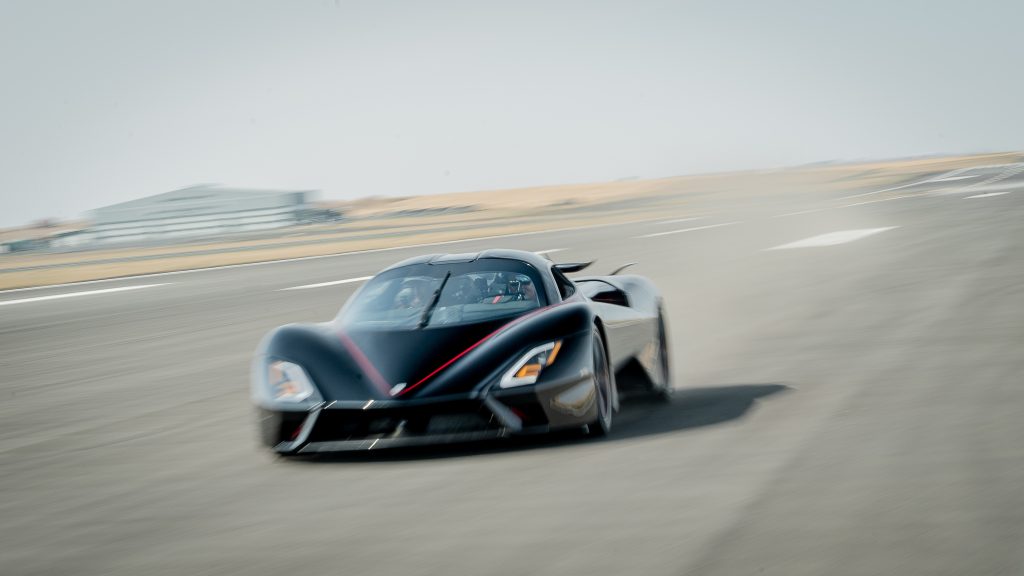
Other record attempts were made, with one in Florida in December 2020 not exceeding an average of 252 MPH (405 KPH). The most recent two record attempts were both run at NASA’s Florida Launch and Landing Facility, the runway that the now-retired space shuttle used. The first, in January 2021, reached a one way maximum of 286.1 MPH (460.4 KPH) and a two way average of 282.9 MPH (455.3 KPH). The other was in May 2022, with a one way maximum of 295 MPH (475 KPH) over only 2.3 miles, without a two way run.
Both of the recent record attempts were tracked and verified by satellite GPS and ground based telemetry from multiple independent companies such as RaceLogic, VBOX GNSS, Life Racing, Garmin, and IMRA. As it stands, the 295 MPH one way run is currently the second place maximum speed record achieved by a hypercar, with only the Bugatti Chiron Super Sport 300 breaking through the 300 MPH and achieving 304 MPH.
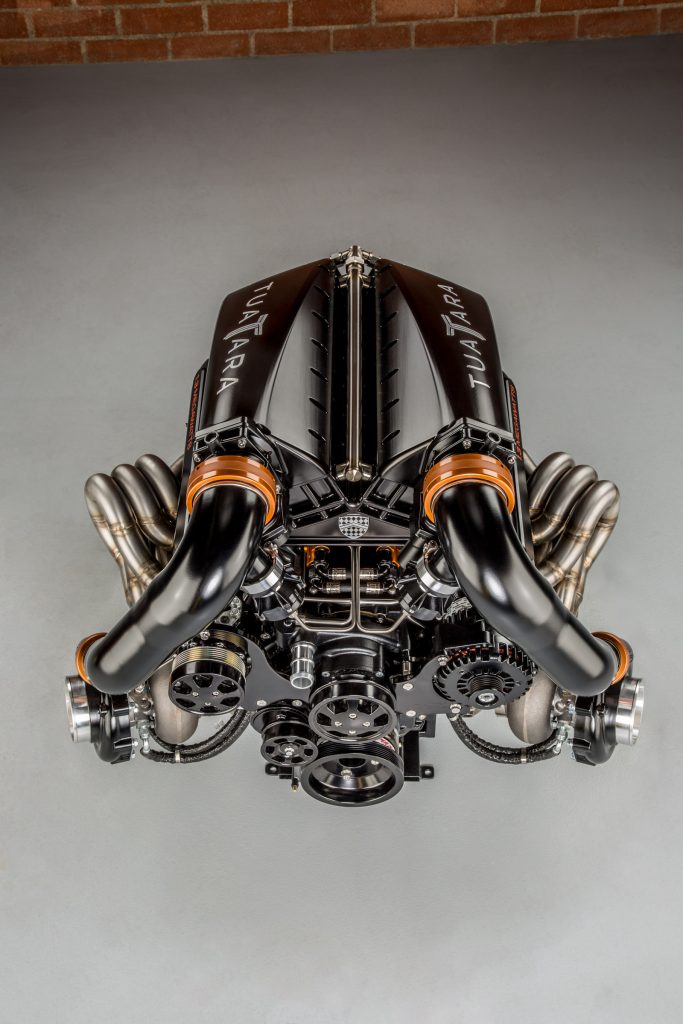
Specifications
- Engine Size & Type: 5.9L flat-plane crank twin-turbo V8
- Power (91 octane): 1,350 HP
- Power (E85): 1,750 HP
- Torque (91 octane): 984 lbs-ft
- Torque (E85): 1,322 lbs-ft
- Transmission: CIMA 7-speed dual-clutch semi-automatic
- 0 to 60: 2.5 sec
- 0 to 120: 6 sec
- Top speed (theoretical): 330 to 340 MPH (531 to 547 KPH)
- Top speed (achieved & verified): 295 MPH (475 KPH)
Chassis & Handling
The SSC Tuatara uses a carbon fiber monocoque as its central structural member, with aluminum bracing front and rear for the engine cradle, suspension mounts, and crumple zones. The body is entirely hand-laid resin-impregnated carbon fiber, and includes several active and passive aerodynamic components.

In terms of suspension, the front uses active anti-roll dampers mounted on double wishbone suspension arms, with the top wishbone bolted directly to the monocoque, and the lower wishbone attached to the aluminum front bracing.
The rear suspension uses multi-link double wishbone suspension arms with active anti-roll dampers, with the top of each strut bracing directly against the upper carbon fiber framing around the engine compartment. The lower arms are linked to a heave spring unit via dual cantilevered pushrods as a secondary brace, and has been specifically designed to withstand the 1,100 lbs (~500 kg) of downforce that the active rear wing can create so that the suspension doesn’t collapse during cornering. It also provides additional anti-roll stability, giving the Tuatara lateral grip in excess of 1.0 G.
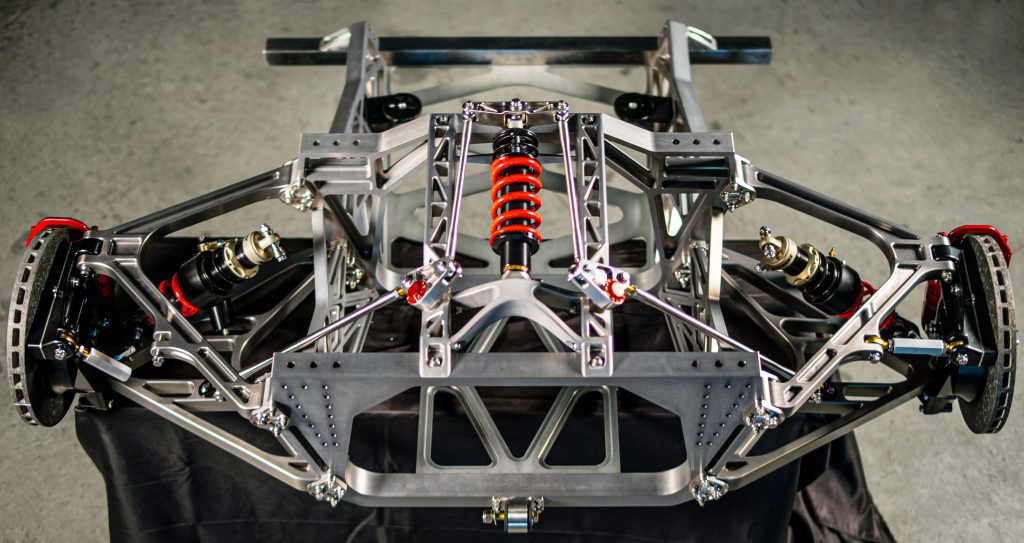
This gives the SCC Tuatara very stiff but compliant suspension, and varies the firmness depending on what mode the car is running in. The three modes are:
- Sport: Ride height is set to 4 inches (102mm) front and 4.5 inches (114mm) rear, and activates the active rear spoiler for its full range at all times. It also softens the suspension for road use, allowing comfortable but spirited driving.
- Track: Ride height drops to 2.75 inches (75mm) front and 3.75 inches (95mm) rear, and activates the active rear spoiler with a variable maximum height depending on speed. It firms up the suspension for track use, or for top speed runs.
- Lift: The front suspension extends 1.6 inches (40mm) higher over Sport mode to clear speed bumps and driveway ramps
It’s no use having superb cornering grip if there isn’t rubber on the road to provide it. For this, the Tuatara mounts 245/35 YR 20 Michelin Pilot Sport Cup 2 R tires at the front, and massive 345/30 YR 20 Michelin Pilot Sport Cup 2 R tires at the rear, both on 20 inch lightweight motorsport grade aluminum wheels. These tires are barely street legal, as they are technically semi-slicks, which can also withstand the additional downforce the body and wing create.
Design, Styling, & Interior
Exterior
As already outlined in the introduction, the SSC Tuatara was heavily inspired by the aerospace industry. To be more specific, North American and European fighters, bombers, and interceptors all had their influences on the overall shape of the car. The long, low cockpit is reminiscent of a B-2 Spirit stealth bomber, while the sides of the car where it flows under the shoulder buttresses is heavily influenced by the side intakes of an F-22 Raptor.
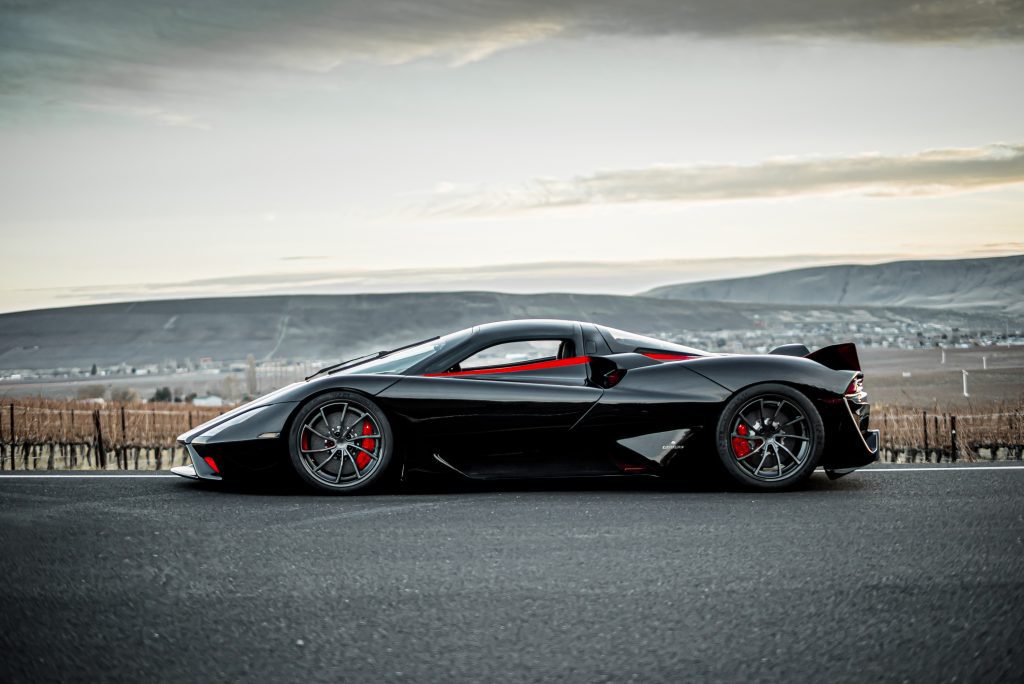
The stabilizing fins at the rear of the car also come from the F-22 and the F-35 Lightning 2, although their outwards curving allows for vertical downforce as well as horizontal stability.
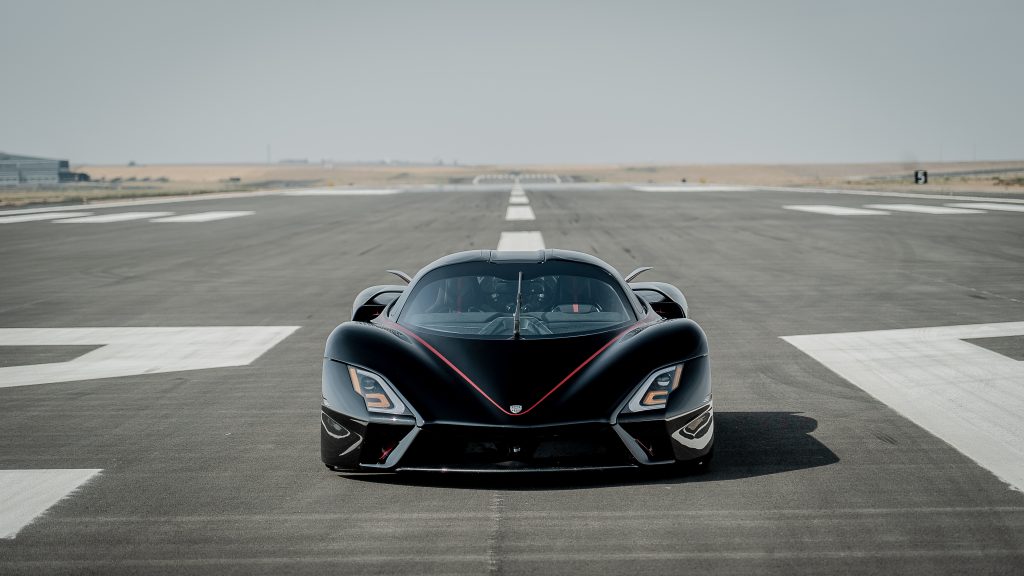
The front of the car is heavily inspired by the concept of a flying wing, except inverted, where a small frontal surface area, 18 square feet in the case of the Tuatara is used to cut the air, and cause low pressure to flow over the wing, or in this case, under the car. It is shaped via two ground effects tunnels, dropping the pressure even lower so that the car is almost sucked down into the road, before being sent out two massive Venturi tunnels with a central splitter at the rear.
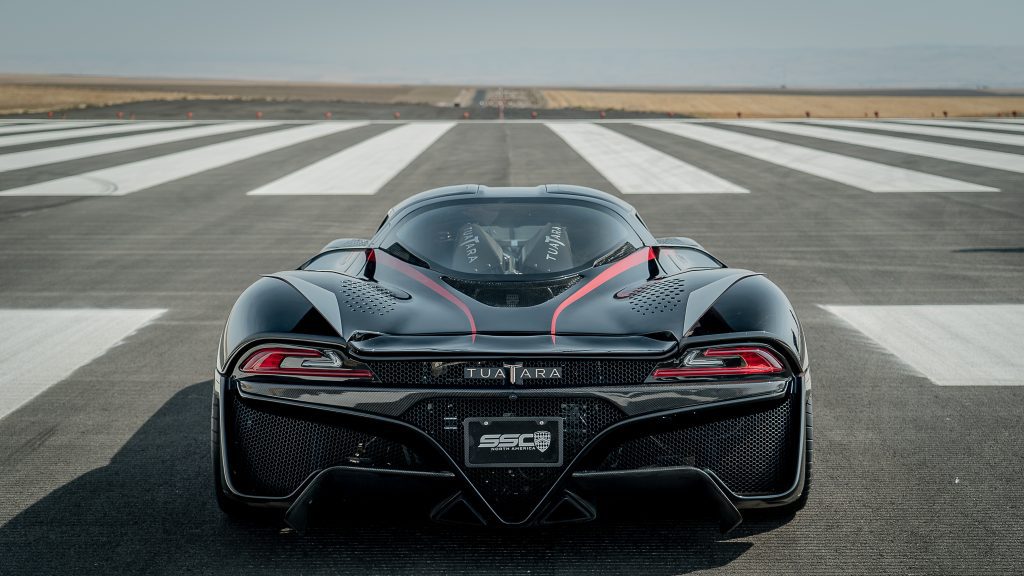
The entire rear of the car is open via “chicken wire” grilles. This allows for any pressure that forms in the rear wheel wells and engine bay to fire out the back of the car, helping accelerate the air coming from the Venturi tunnels and reducing rear low-pressure eddy currents from adding drag to the car. If you live anywhere that it snows, you’ve seen these currents if you’ve driven near a semi-trailer and the snow blows off the top of the trailer and is sucked back towards the trailer by the low-pressure void there
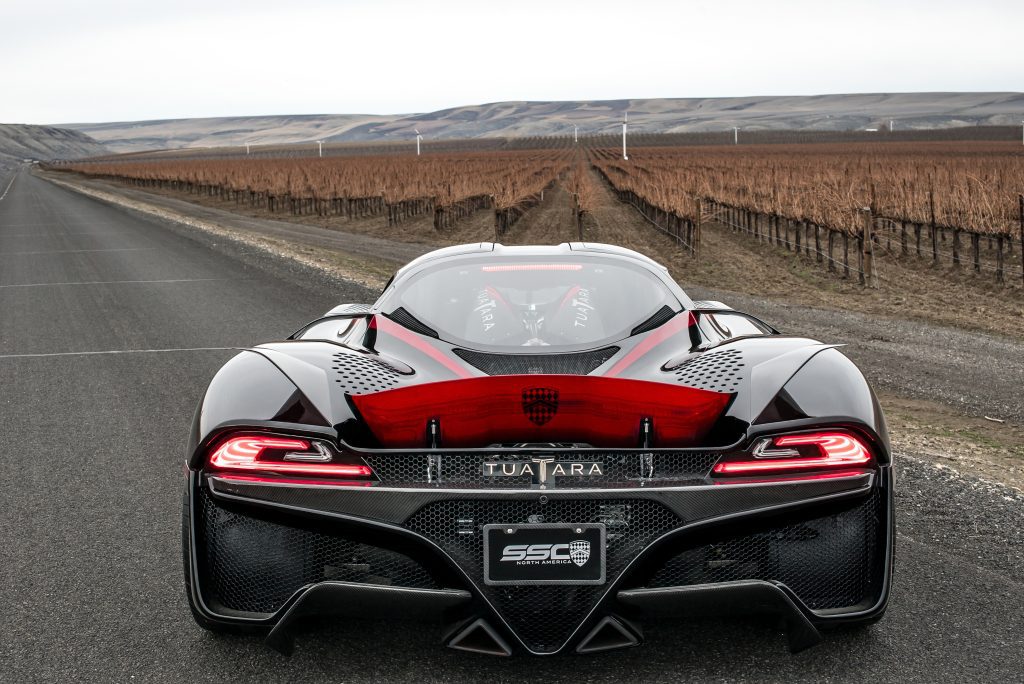
The rear of the car, without the active wing, already provides nearly 50 percent of the downforce the entire car experiences, as the rear deck is scalloped down between the stabilizing fins and over a lip spoiler. When the wing extends, it can generate nearly half a ton of downforce on its own, and is hydraulically controlled by the onboard computer. Sensors throughout the car will vary its height depending on accelerometers reporting thousands of times per second. The rear wing can also flip up to about 45 degrees to act as an air brake in track mode.
Interior
The interior of the SSC Tuatara is a no-nonsense place to be. The seats are fully carbon fiber bucket seats with fine leather surfaces, while the majority of all other interior cloth is Alcantara. Most of the interior carbon fiber is left exposed, both as a weight saving measure and as a stylistic choice.
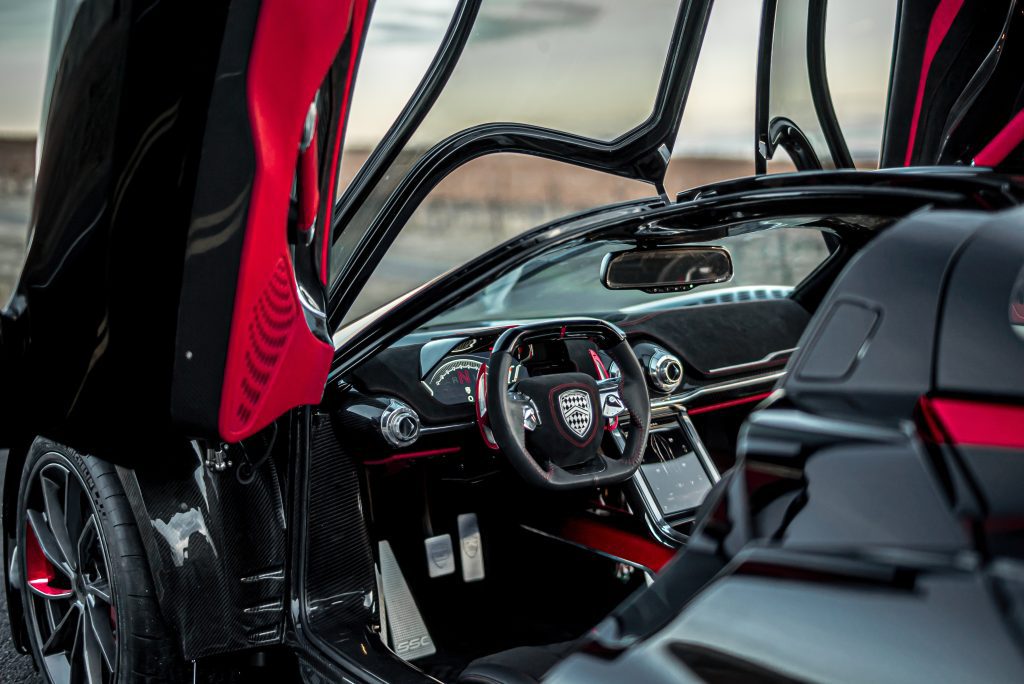
Almost all on-board amenities are controlled via a central console touch screen, including the user-configurable TFT dash screen. The driver can pick and choose which systems they would like to monitor, from oil pressure, coolant temperature, to tire pressures via TPMS, as well as how they would like the tachometer and speedometer to be represented.
Of note is that the Tuatara does not use traditional wing mirrors, instead using a wide view rear camera mounted just under the active wing, as well as having a traditional mirror in the center of the windscreen. The “wing mirrors” image is displayed on either side of the dash’s TFT display, or can be put up on the central console, depending on what the driver chooses.
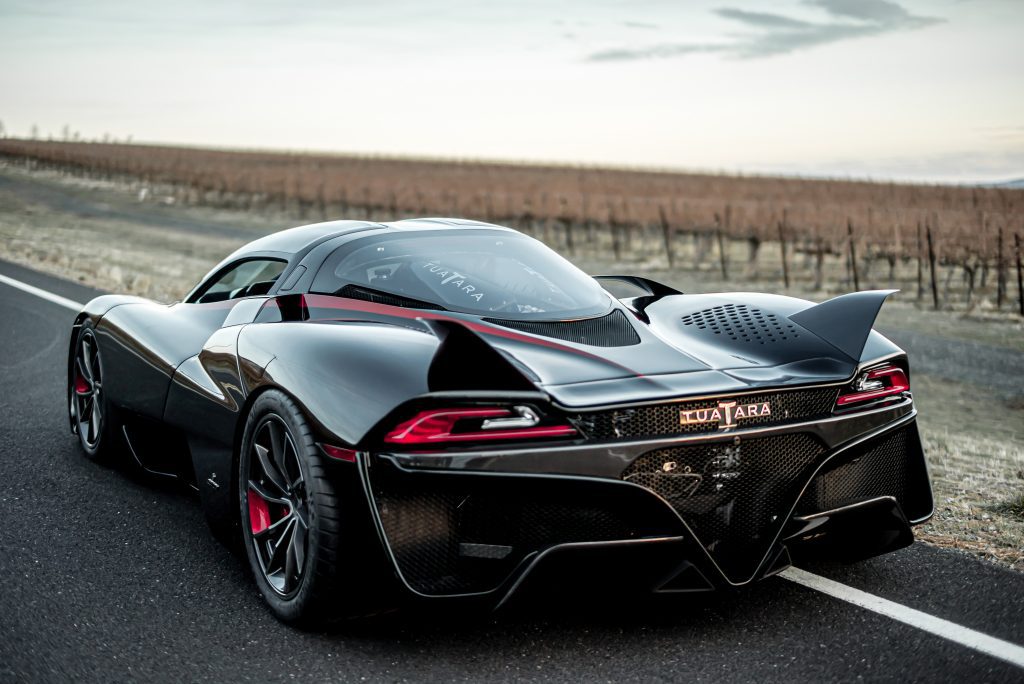
Despite the very low height of the Tuatara at just 42 inches to the top of the roof, the seats and interior are capable of handling a driver measuring up to 6’5” with a helmet on, or 6’7” without a helmet. There isn’t much space laterally, but if a passenger is comfortable rubbing shoulders with the driver, two average adults can fit in relative comfort.
Pricing
At the time of the writing of this Ultimate Guide, all 100 build slots for the SSC Tuatara have been bought, so the only way to obtain one would be at auction or private sale. For those that were invited to place an order, or who were able to order one when slots became available, the base price of the hypercar was $1.6 million in 2019.
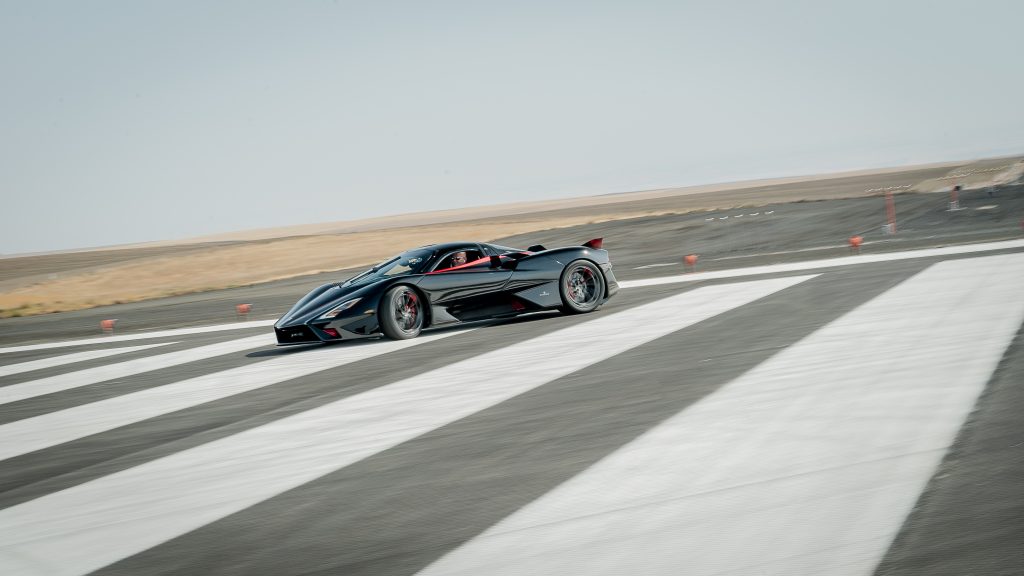
Of note, that pricing does not include any personalization, custom colors, or client requested extras and options, so the actual price of each unit may vary.
Variants
Tuatara Striker
In 2022, a new variant of the SSC Tuatara was released, offered to those that already bought a “base” car first. This variant is known as the Tuatara Striker, and is a dedicated, track-focused version, with a permanently fixed full rear GT with with a shark fin stabilizer element, a reprofiled front splitter with dive planes, and comes with actual wing mirrors to meet track-day regulations across the world.
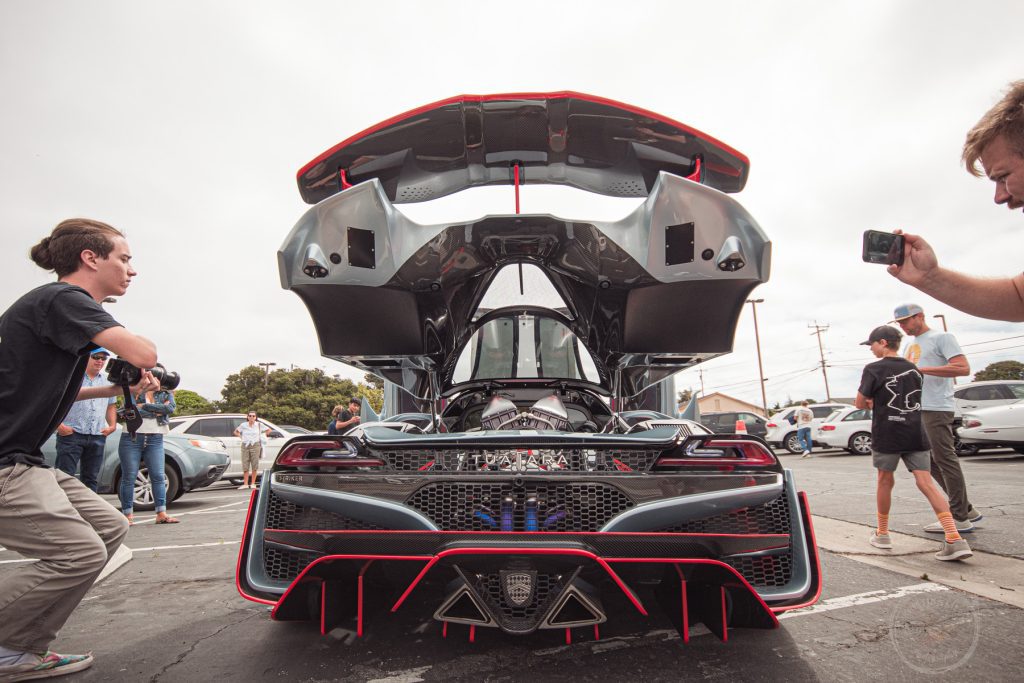
The active rear wing is still included, but will not raise or lower depending on speed due to the primary fixed wing above it. It will still flip up to act as an air brake, however.
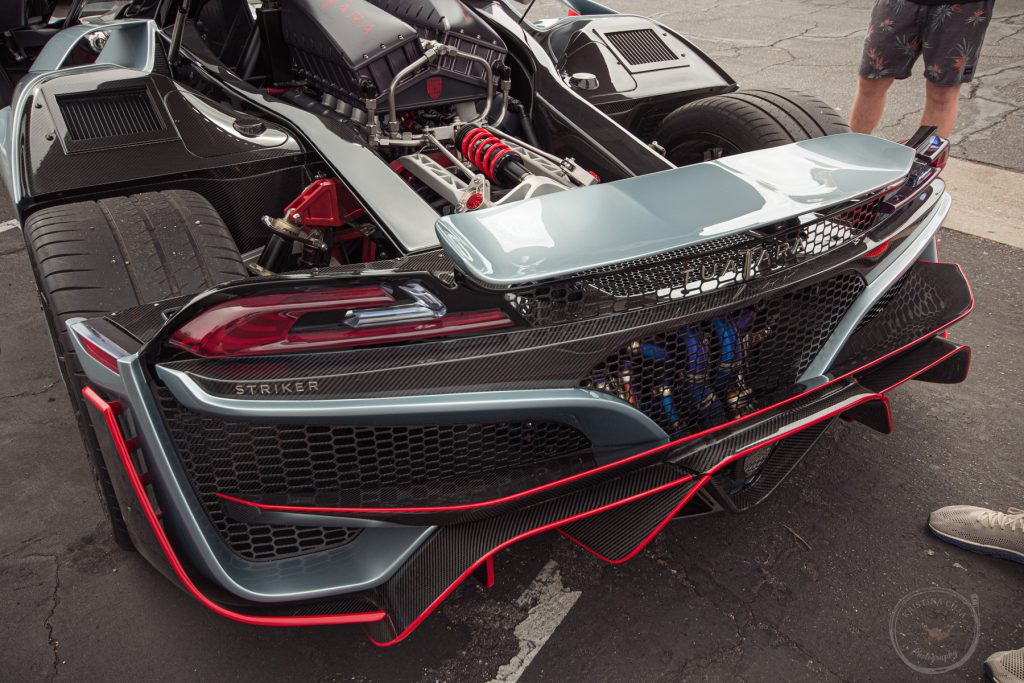
The Striker is an extremely limited variant. It was listed as having only 10 units offered, but halfway through 2022, SSC North America rolled it into the primary production numbers, allowing those who have not had their cars built yet the option to upgrade to the Striker.
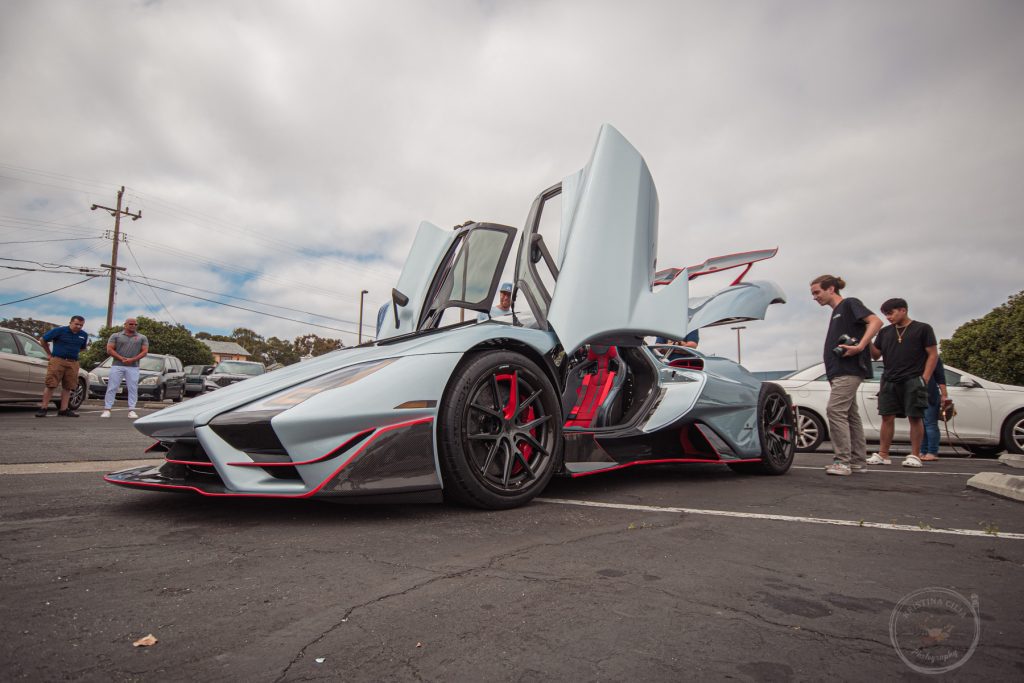
As well, if an owner already has their car and wants to upgrade it to a Striker, SSC can take the car back and put all the new body panels on, as the base monocoque and chassis are identical.
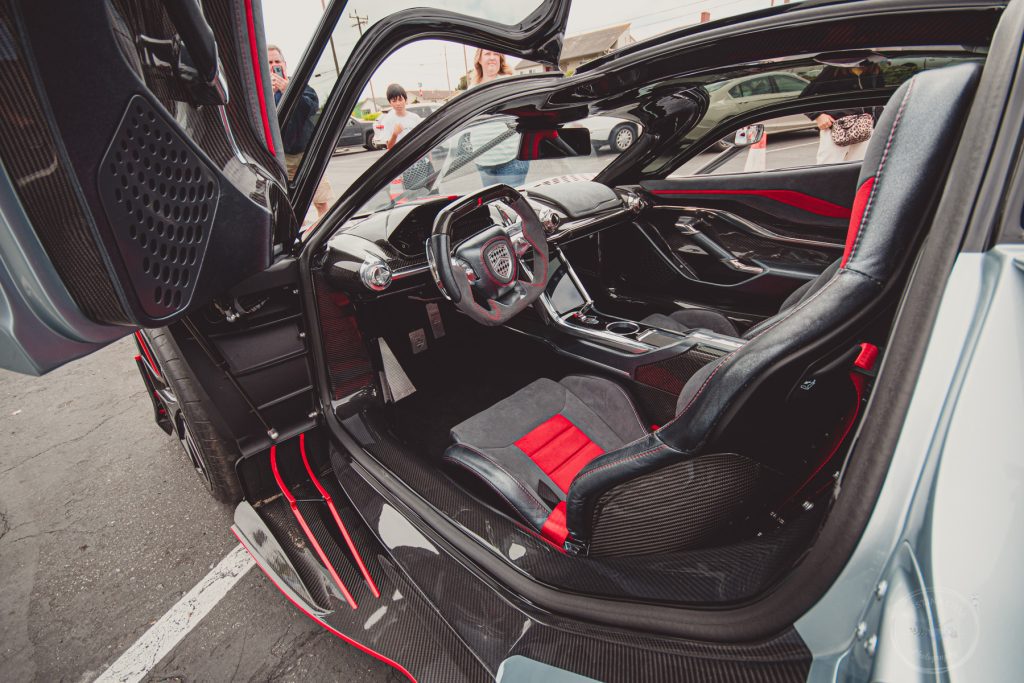
As of the writing of this Ultimate Guide, the word around the internet is that there are 12 Tuatara Strikers in existence.
Tuatara Aggressor
In later Summer 2023, SSC North America announced that there will be an extremely limited run of 10 Tuatara’s with the Aggressor package applied.
This variant will allow for a customer to select from non-road legal options, such as full 5 point racing harnesses and custom fitted racing seats, removing any and all sound deadening, and remapping the engine to use methanol.
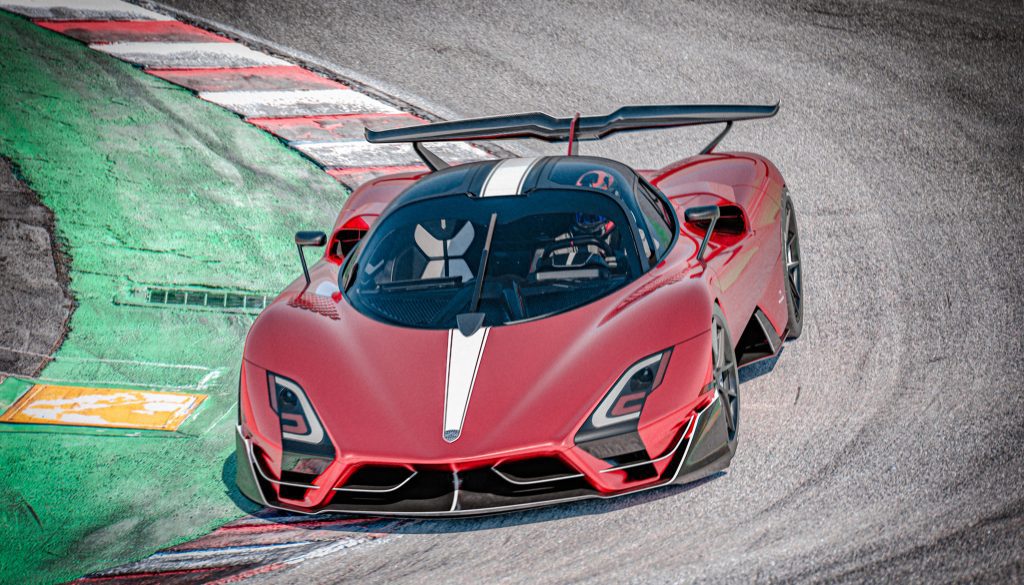
With the engine upgrade, using racing methanol fuel, the Tuatara Aggressor will be able to produce 2,200 or more HP, and 1,604 or more lbs-ft of torque.
Performance & Specifications Summary
Model & Price
| Make | SSC North America |
| Model | Tuatara |
| Type | Hypercar |
| Category | Limited Production, 100 Units |
| Built At | SSC North America Production Facility, Richland, Washington, USA |
| Production Start | 2020 |
| Base Price (US) | $1.6 million as of 2019 |
Chassis & Body
| Length | 182.4 in /4,633 mm |
| Width | 81.3 in / 2,065 mm |
| Height | 42 in / 1,067 mm |
| Wheelbase | 105.2 in / 2,672 mm |
| Curb Weight | 2,750 lbs (1,247 kg) |
| Layout | Mid-engine, rear-wheel-drive |
| Body & Frame | Carbon fiber monocoque, aluminum front and rear bracing members |
| Suspension (F) | Double wishbone, active anti-roll |
| Suspension (R) | Multilink double wishbone with cantilever pushrod anti-roll & heave damping |
| Steering | Electric-hydraulic assist |
| Brakes | Carbon-ceramic discs, 6 piston calipers from, 4 piston calipers rear |
| Wheels | 20 inch lightweight motorsports grade aluminum |
| Tires (F) | 245/35 YR 20 Michelin Pilot Sport Cup 2 R |
| Tires (R) | 345/30 YR 20 Michelin Pilot Sport Cup 2 R |
Engine & Performance
| Displacement | 5.9 liters |
| Type | V8 |
| Aspiration | Twin-turbocharged |
| Redline | 8,800 RPM |
| Transmission | CIMA 7-speed semi-automatic dual-clutch |
| Specific Output (91 Octane) | 1,350 HP / 984 lbs-ft torque |
| Specific Output (E85) | 1,750 HP / 1,322 lbs-ft torque |
| Power Per Liter, Maximum E85 | 296.6 HP per liter |
| Power to Weight. Maximum E85 | 1402.94 per Ton |
| 0 to 60 MPH | 2.5 seconds |
| 0 to 120 MPH | 6.0 seconds |
| Top Speed (Theoretical, Claimed) | Approximately 335 MPH (539 KPH) |
| Top Speed (Achieved & Verified) | 295 MPH (475 KPH) |





